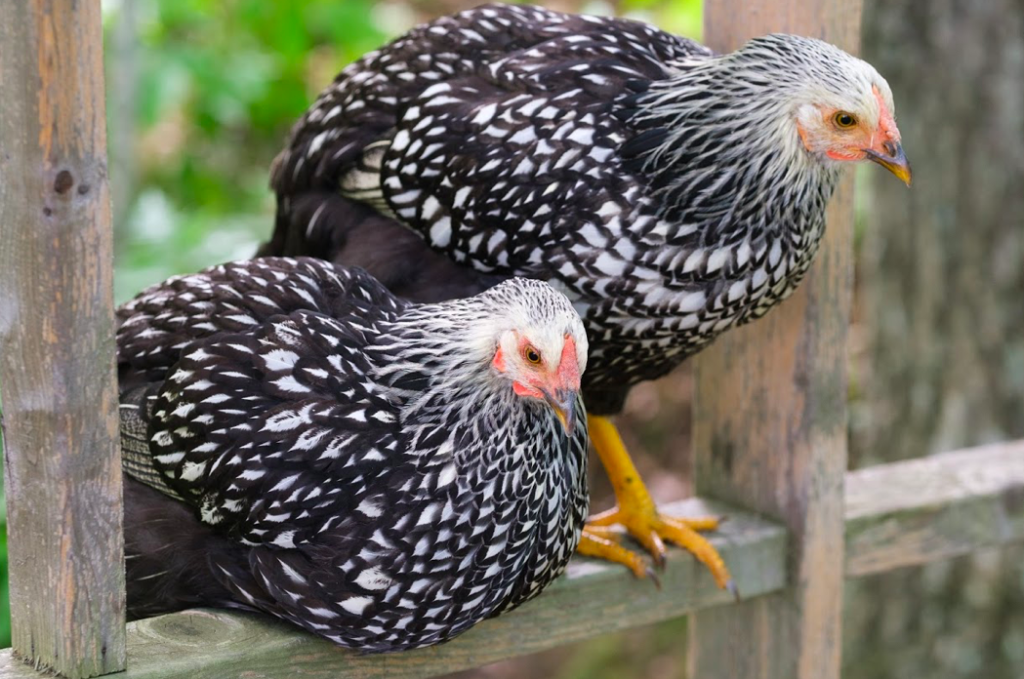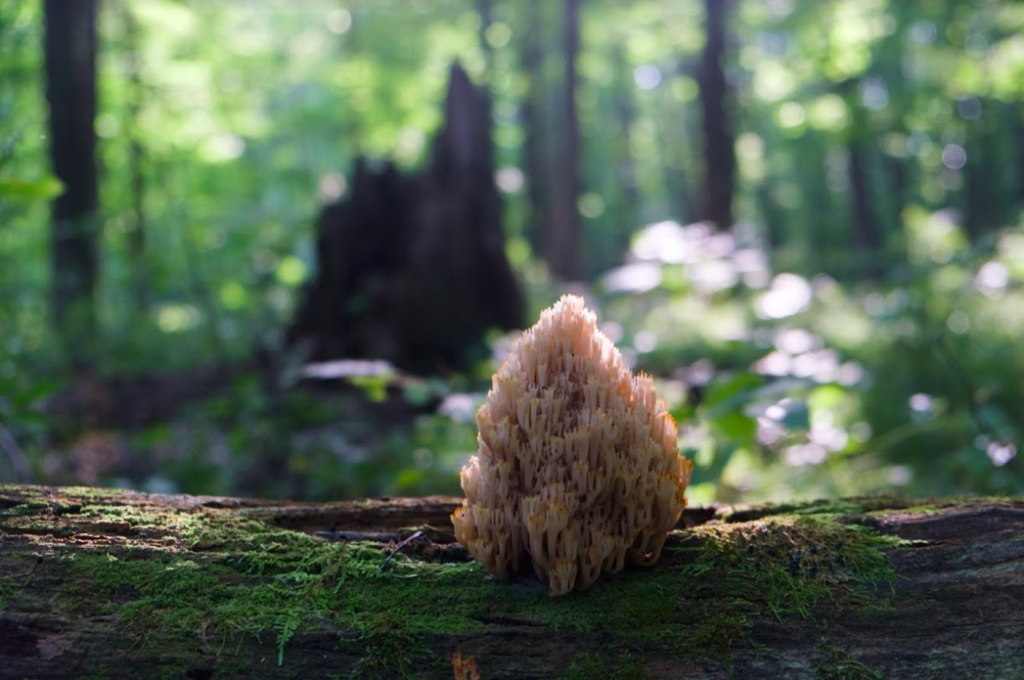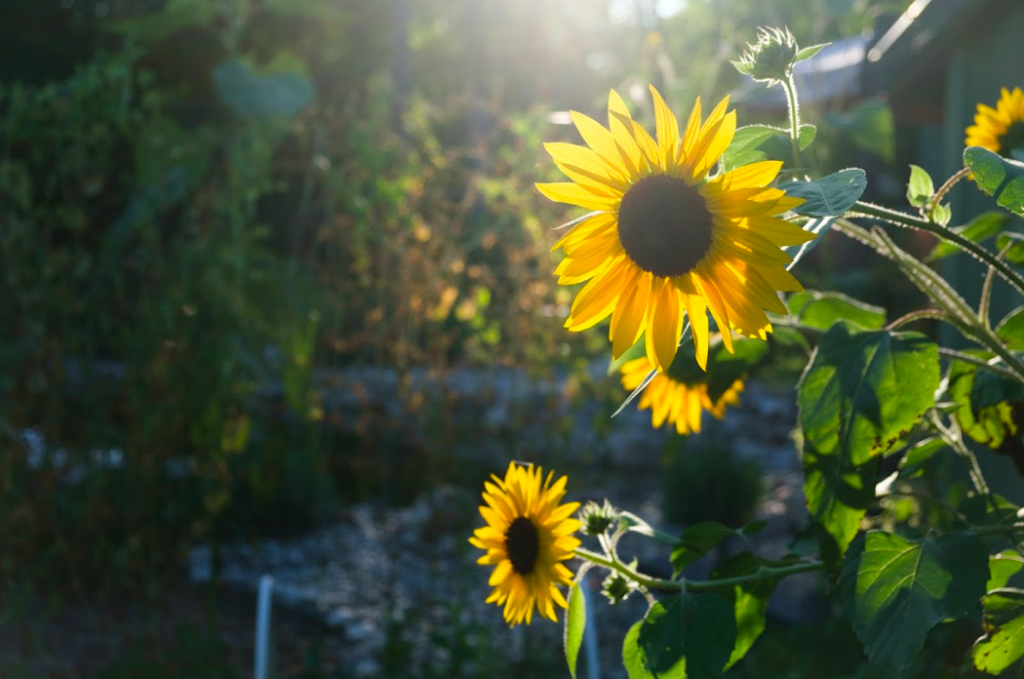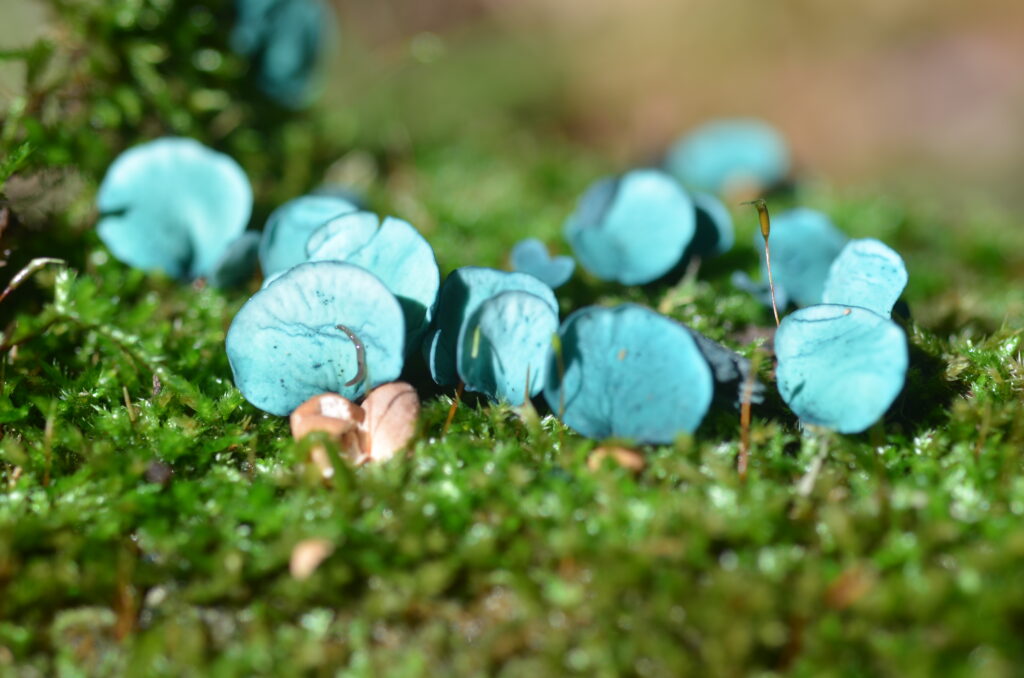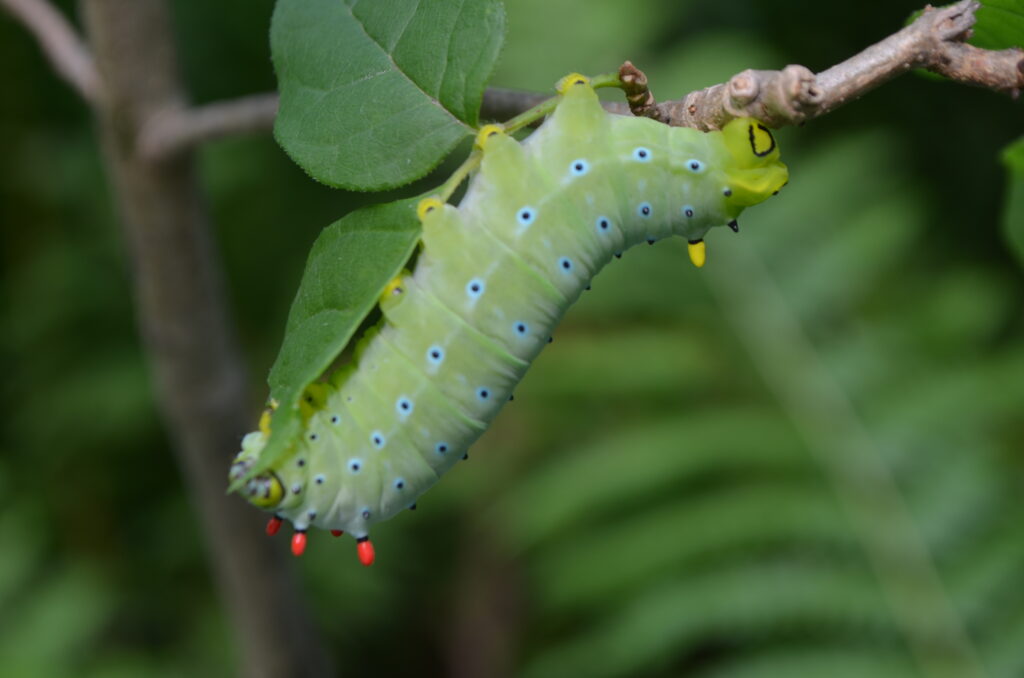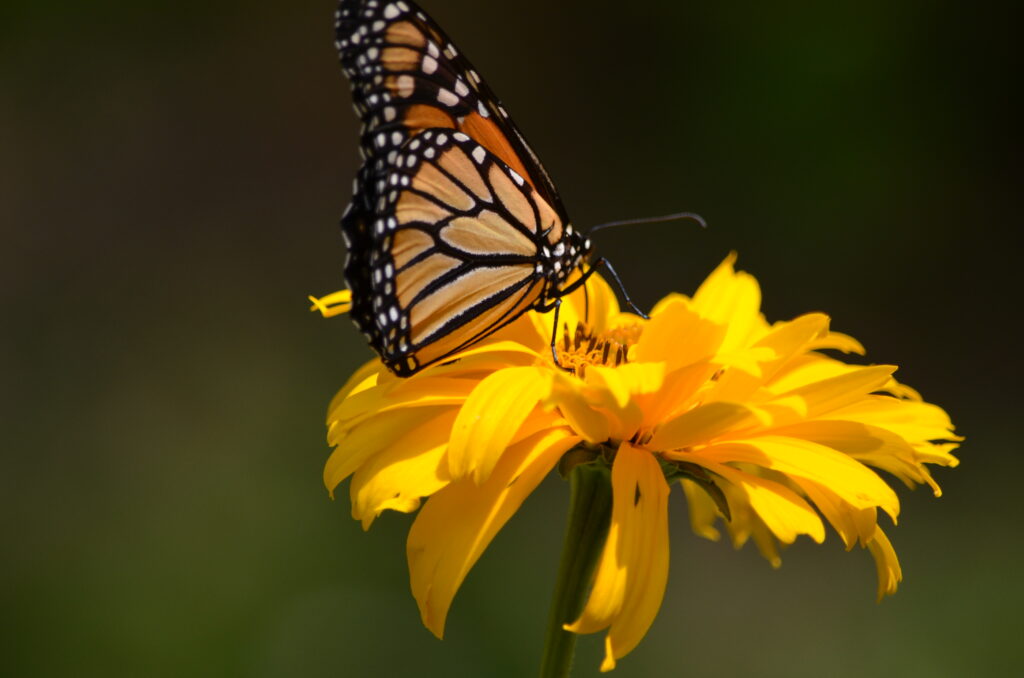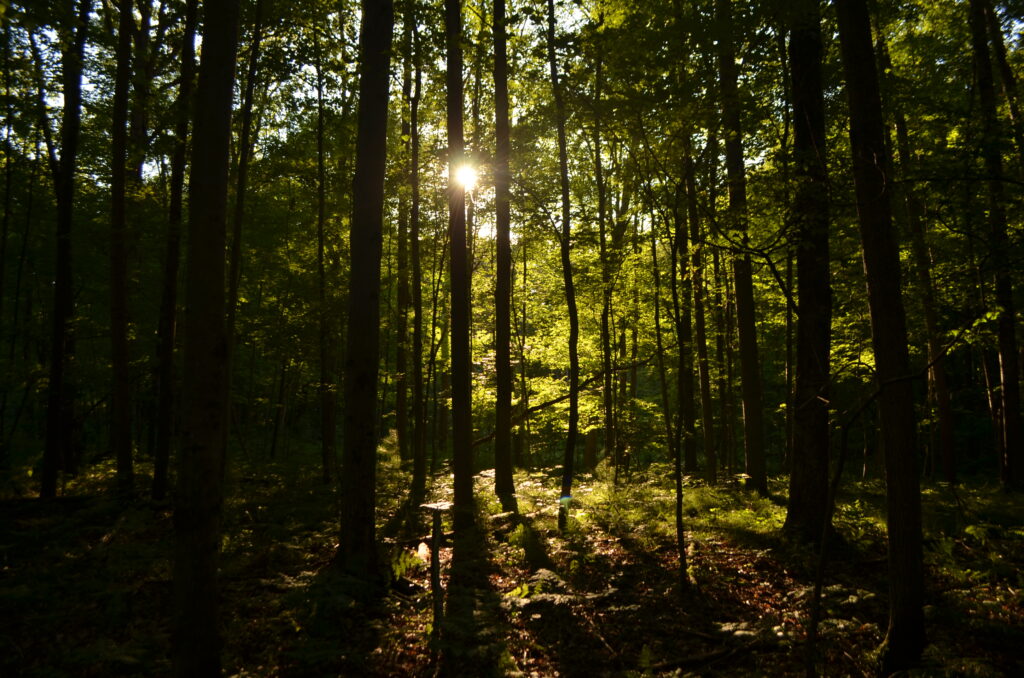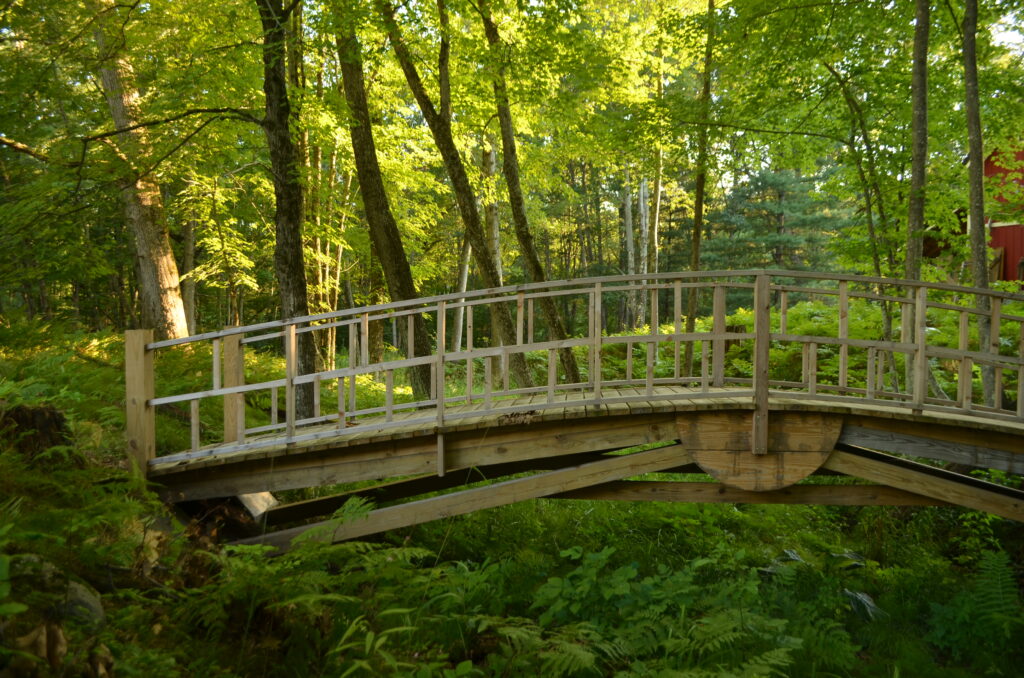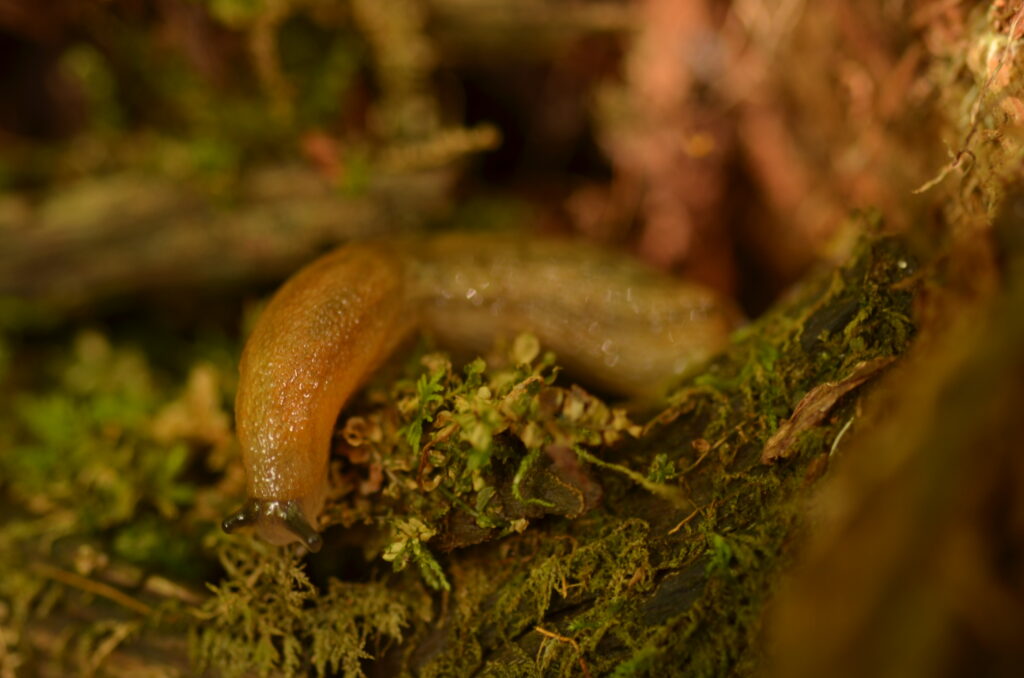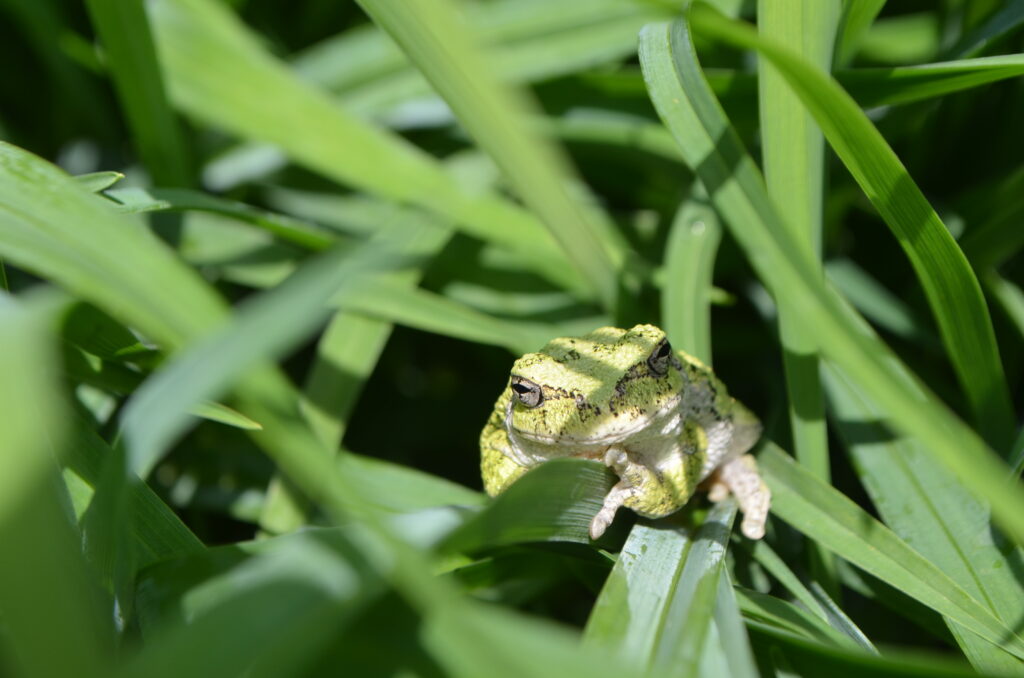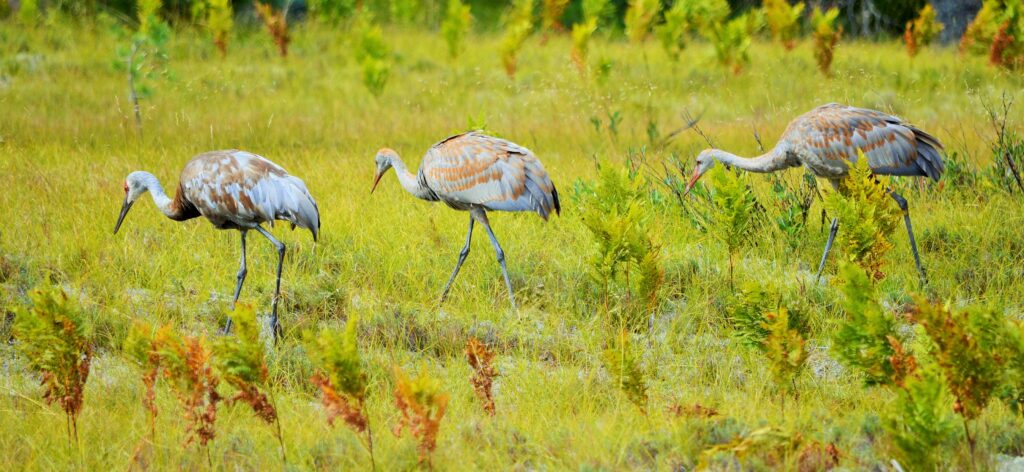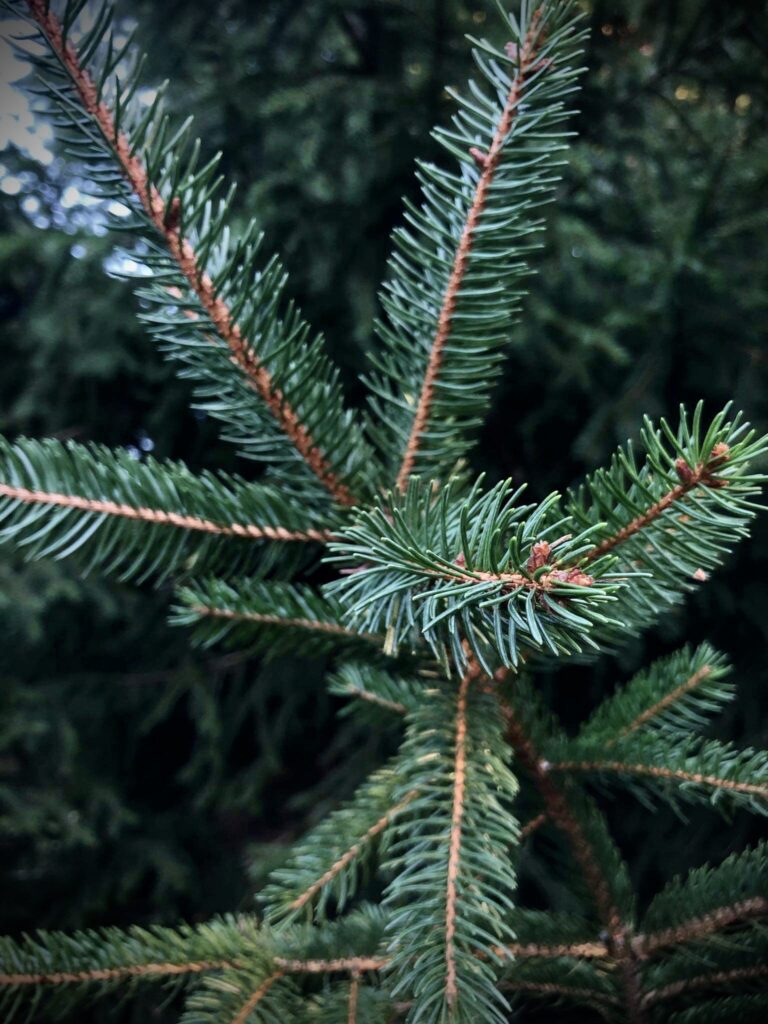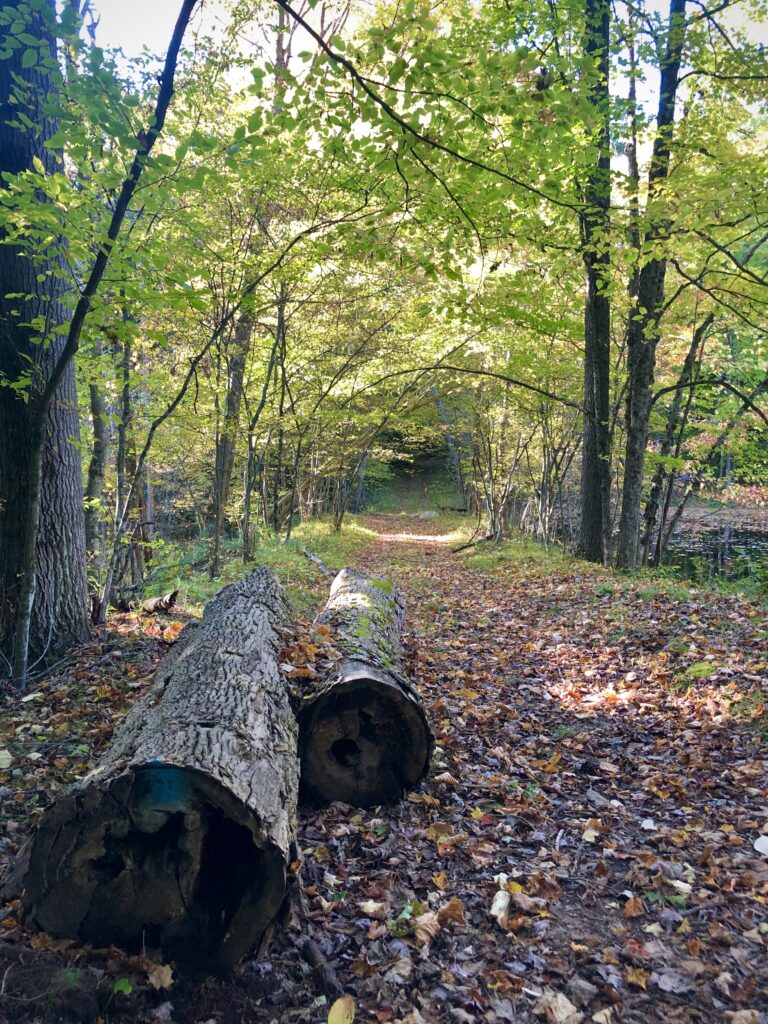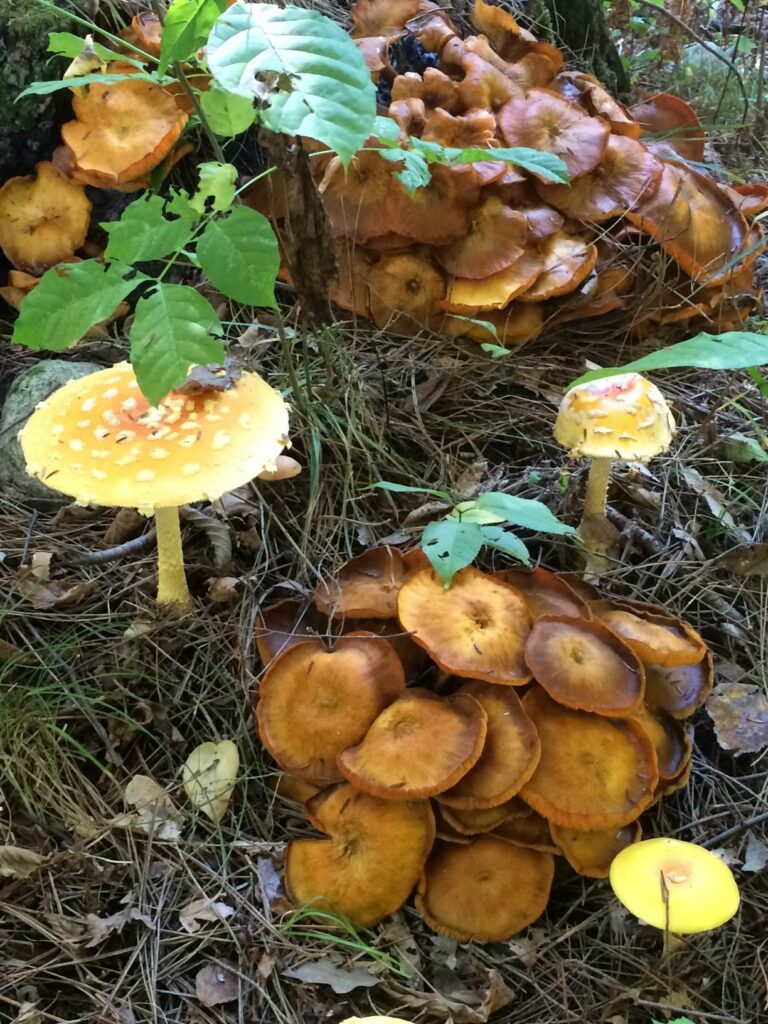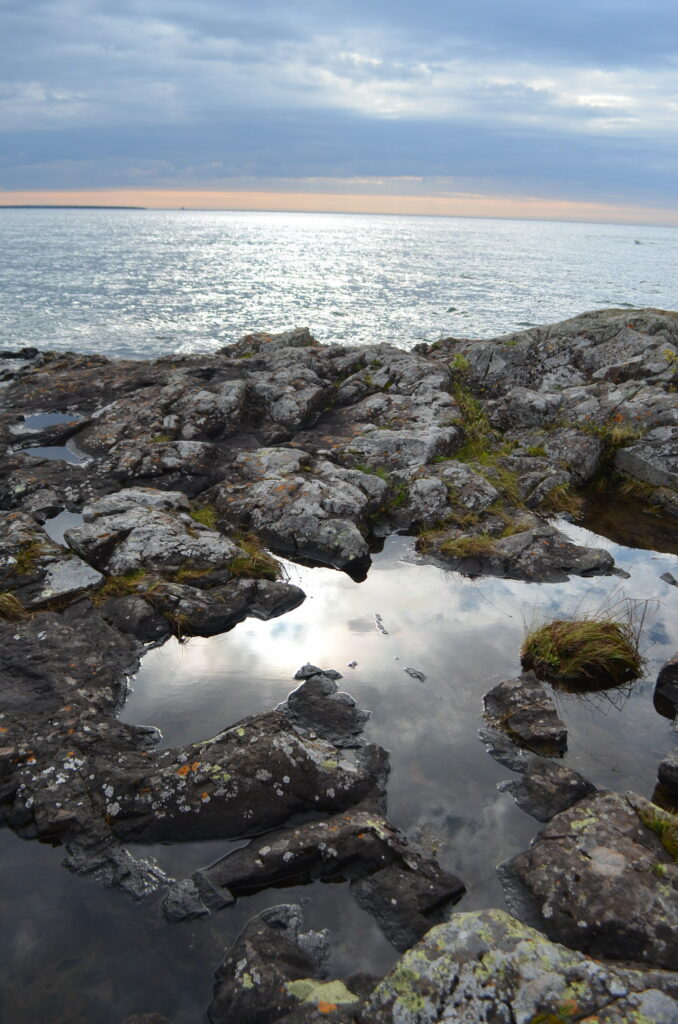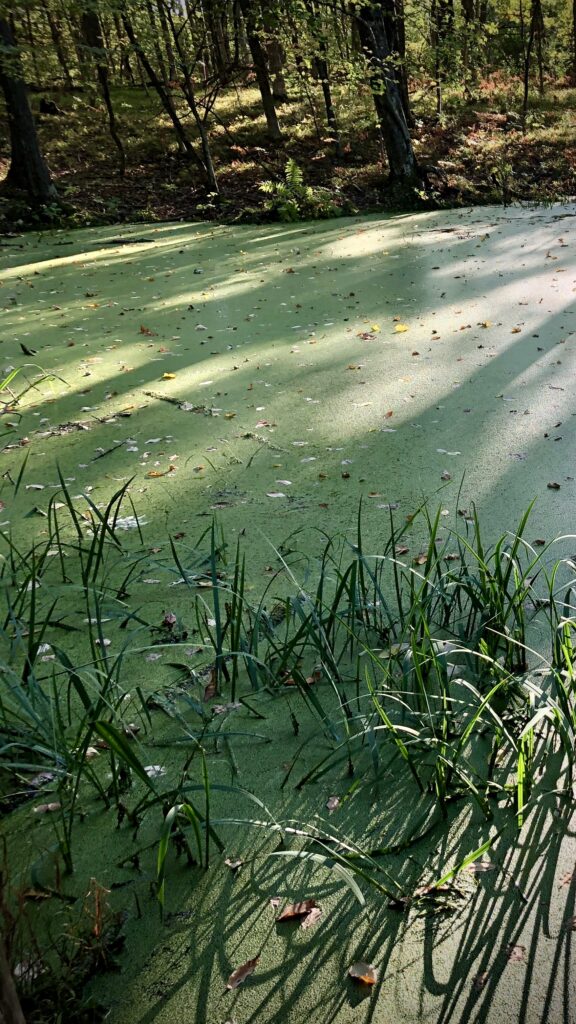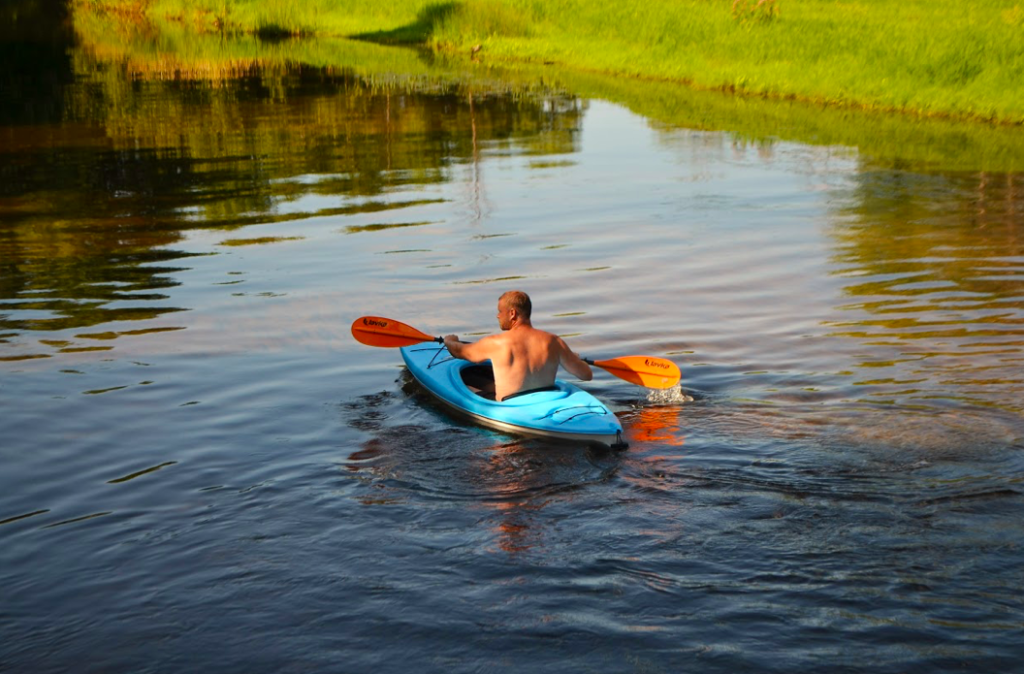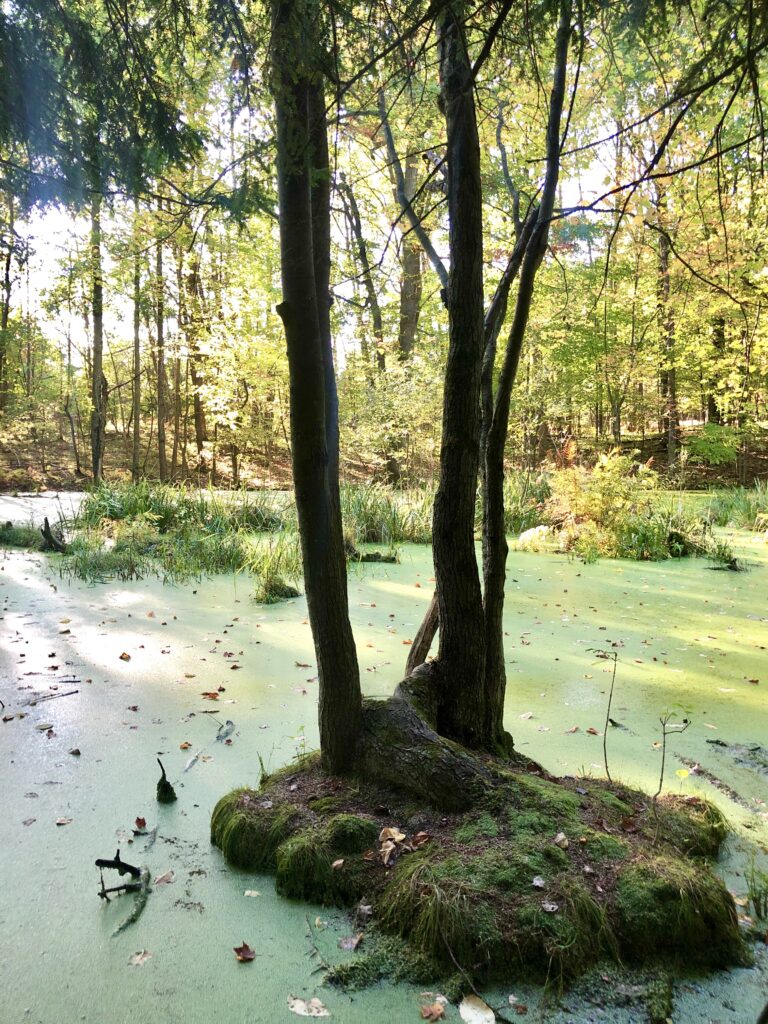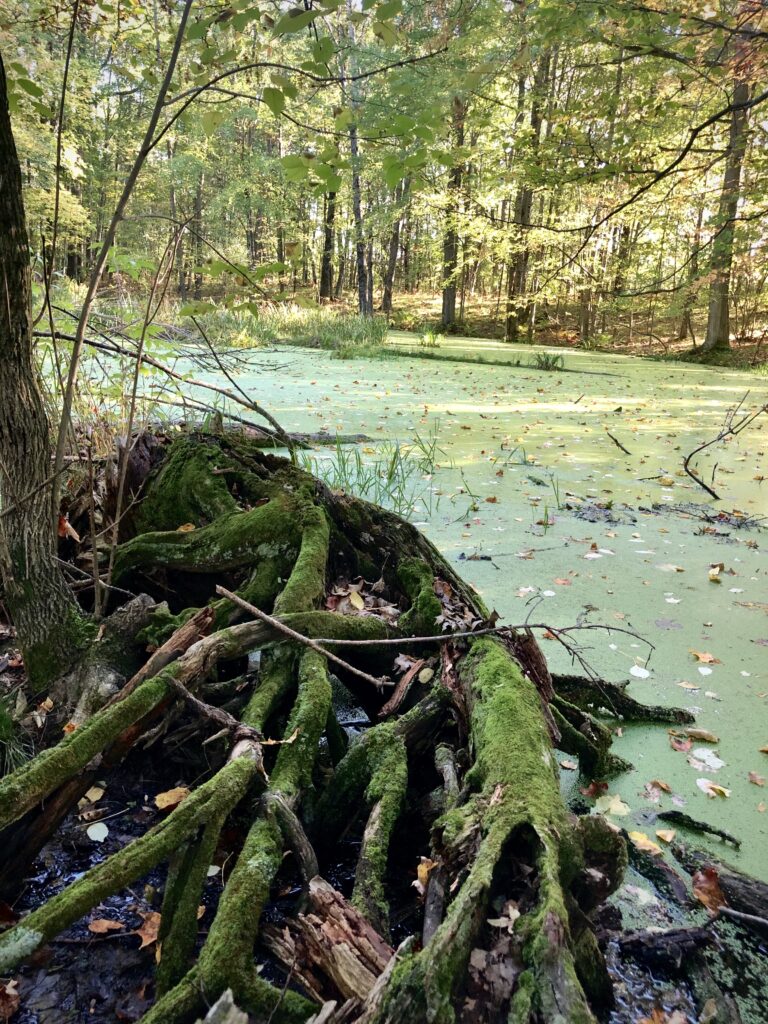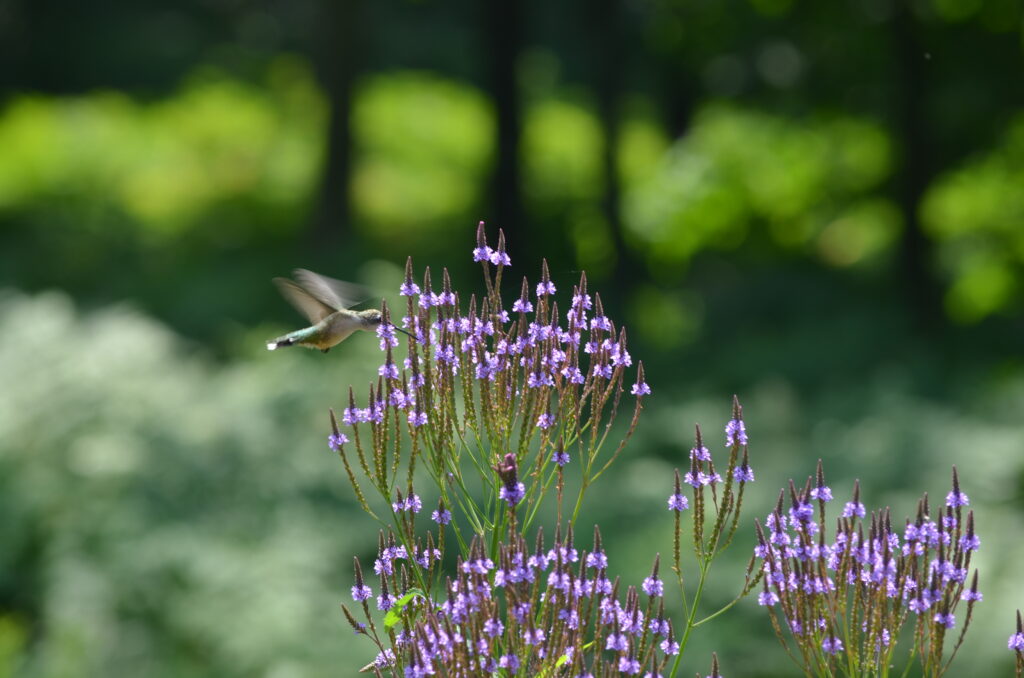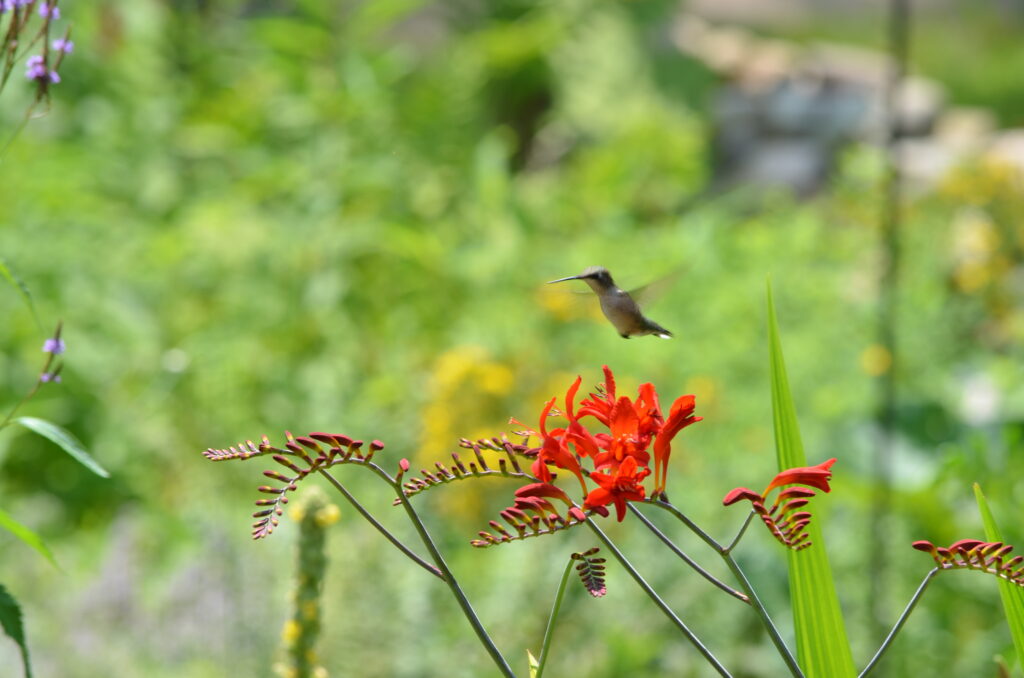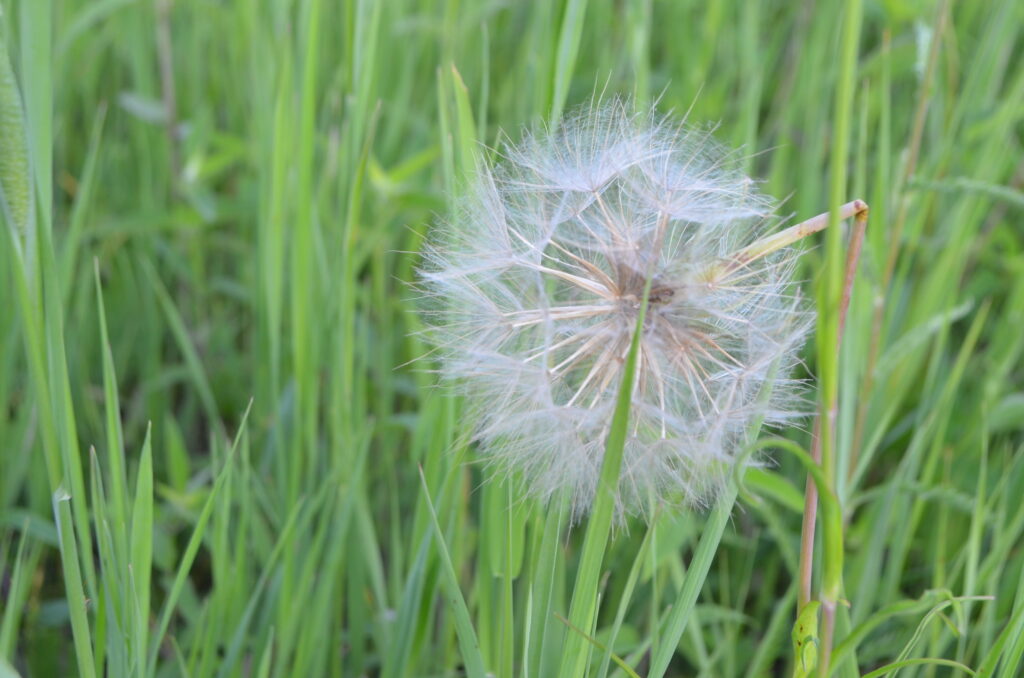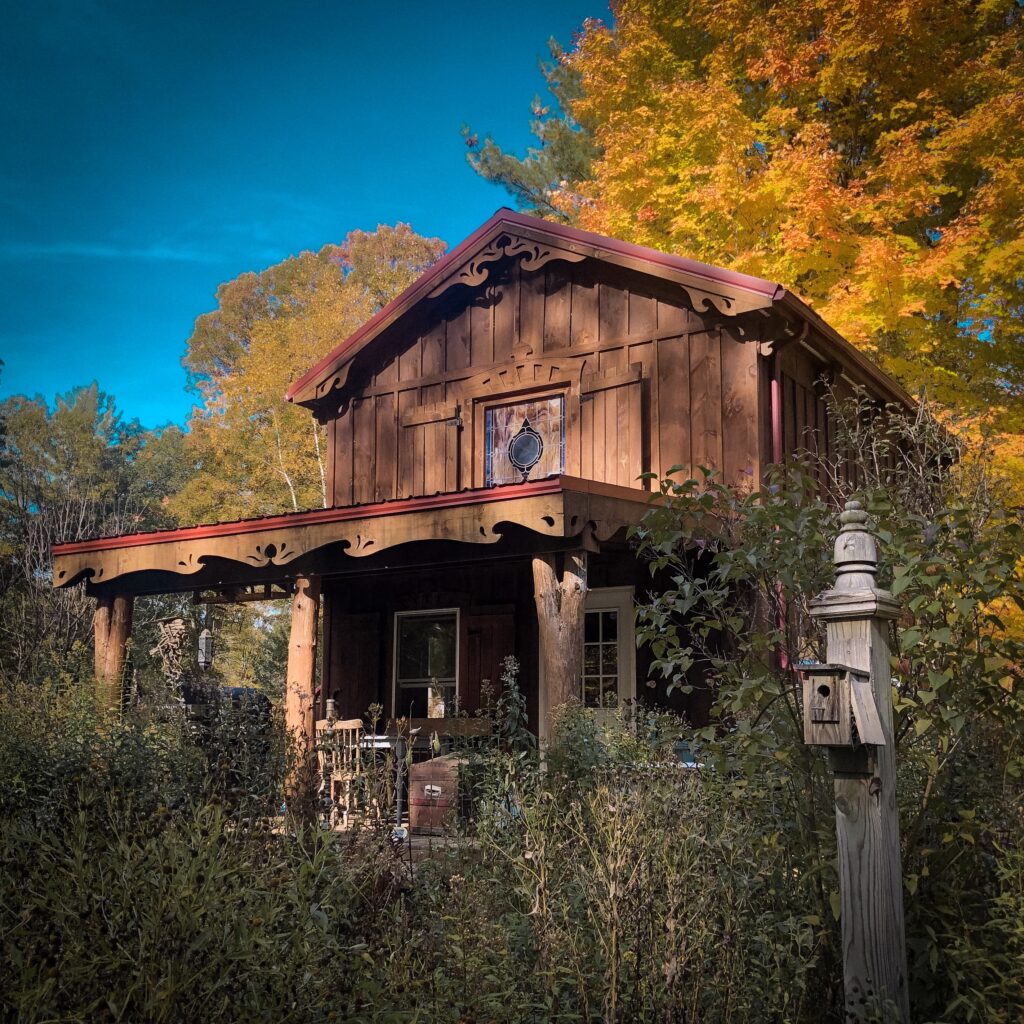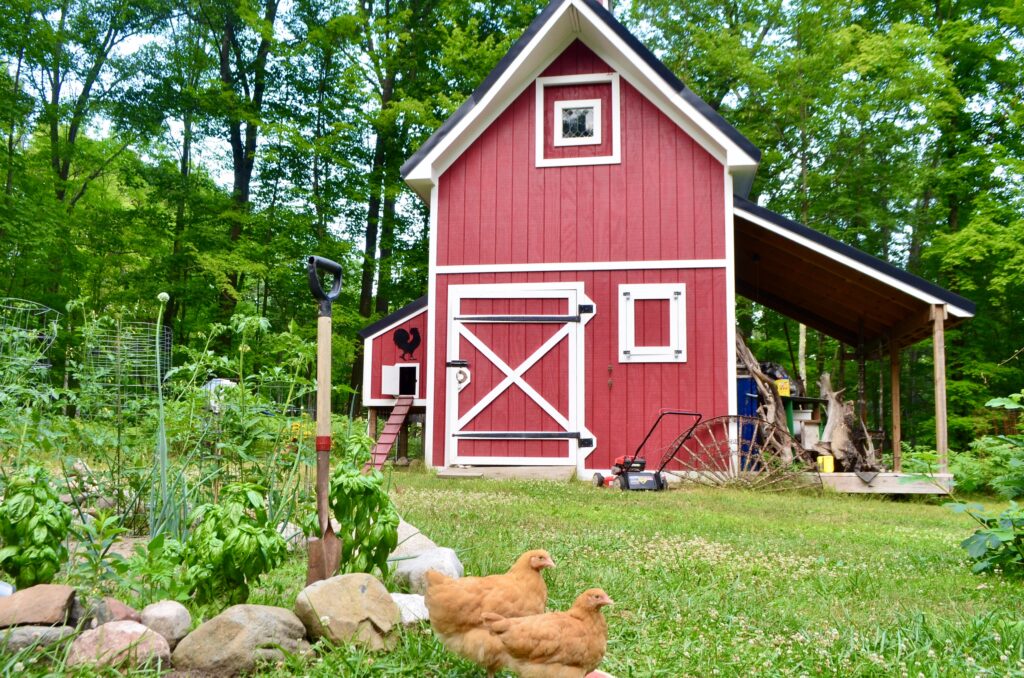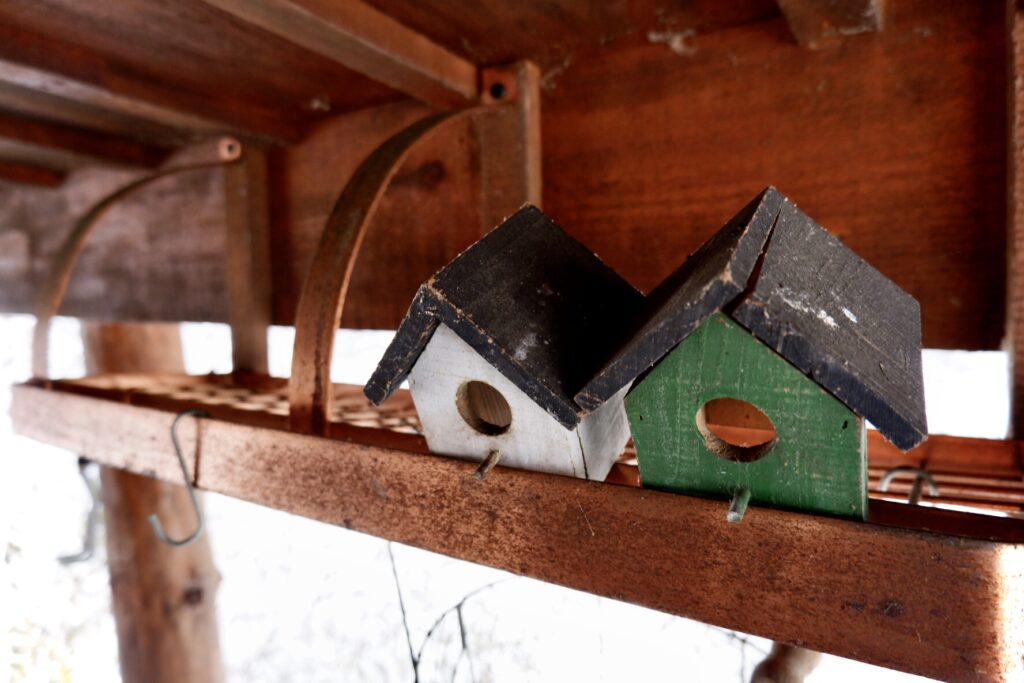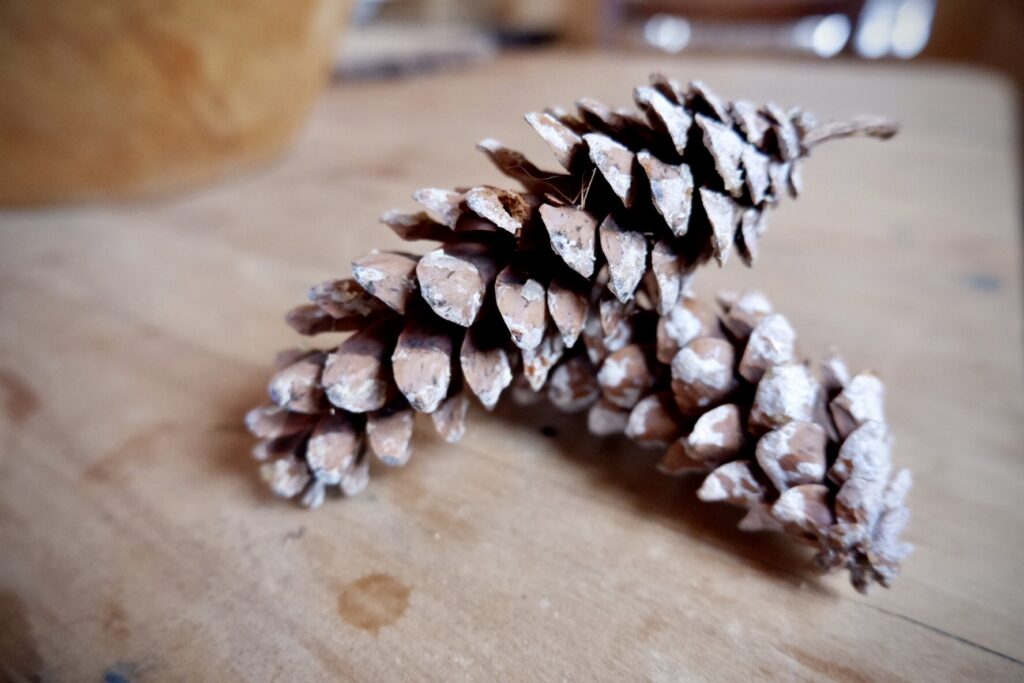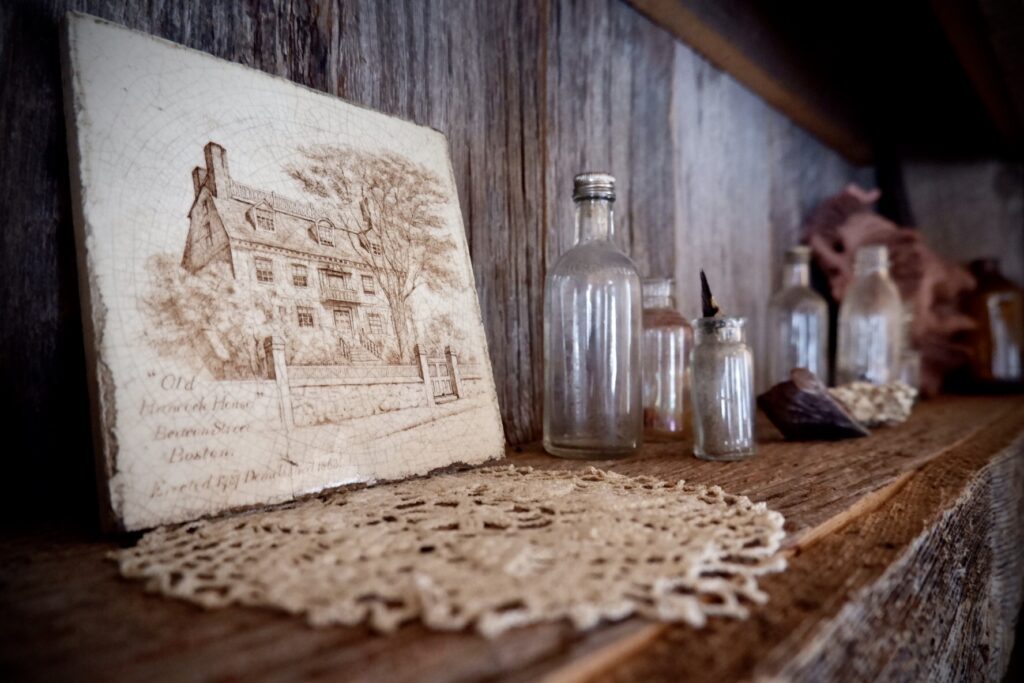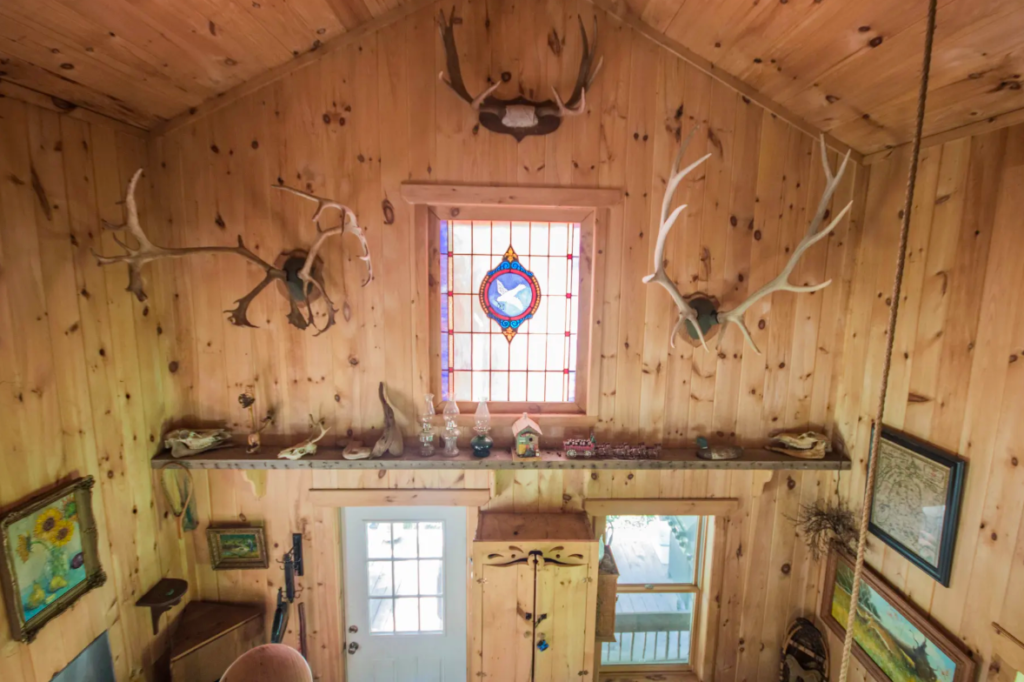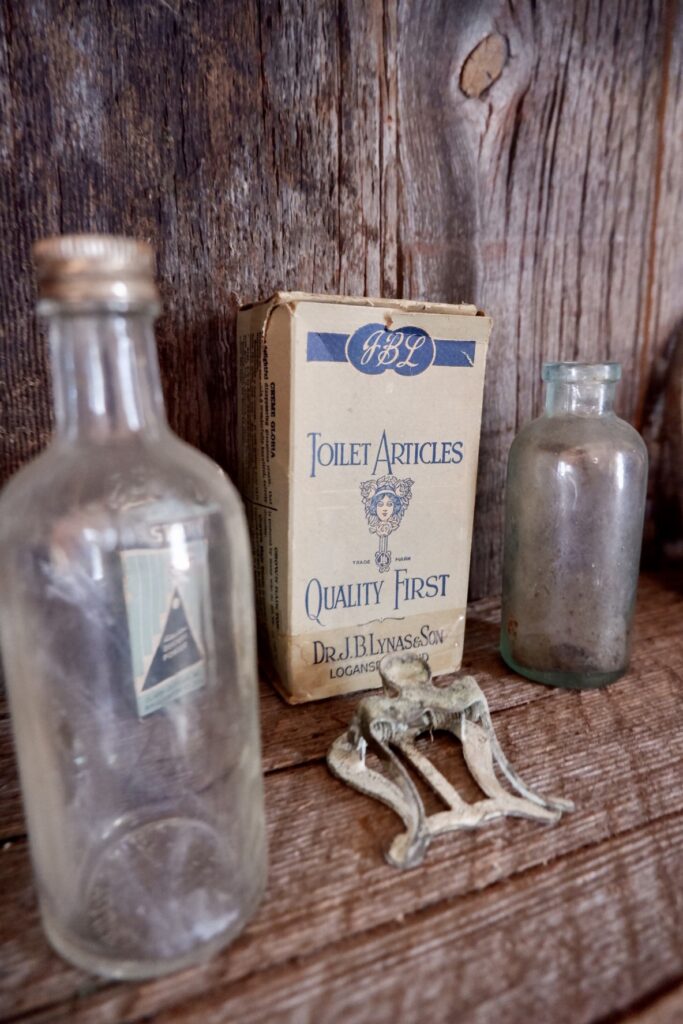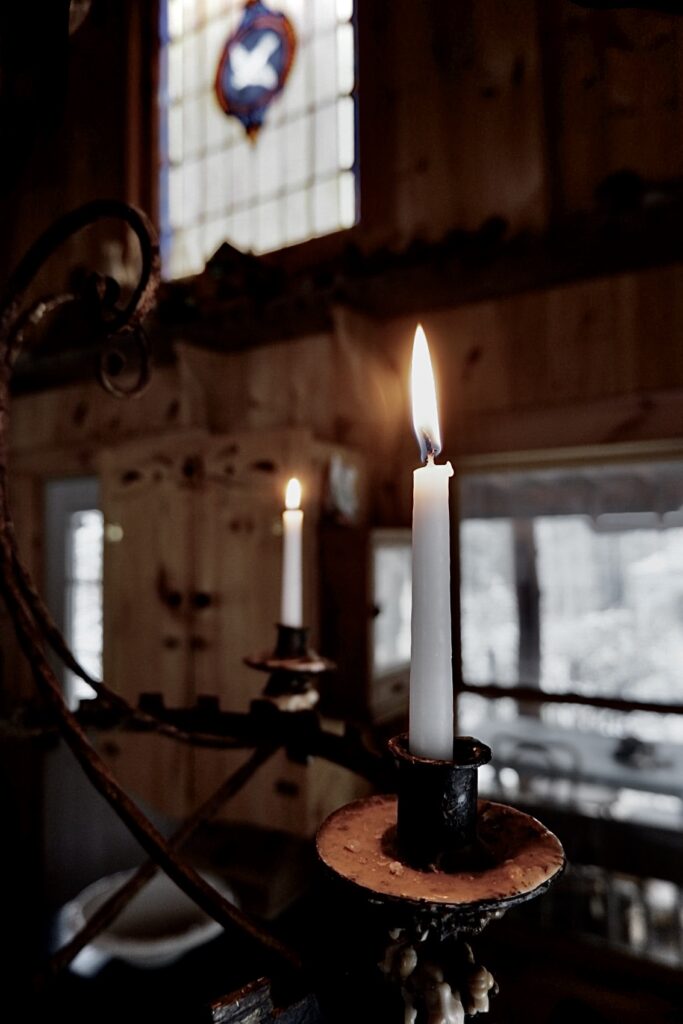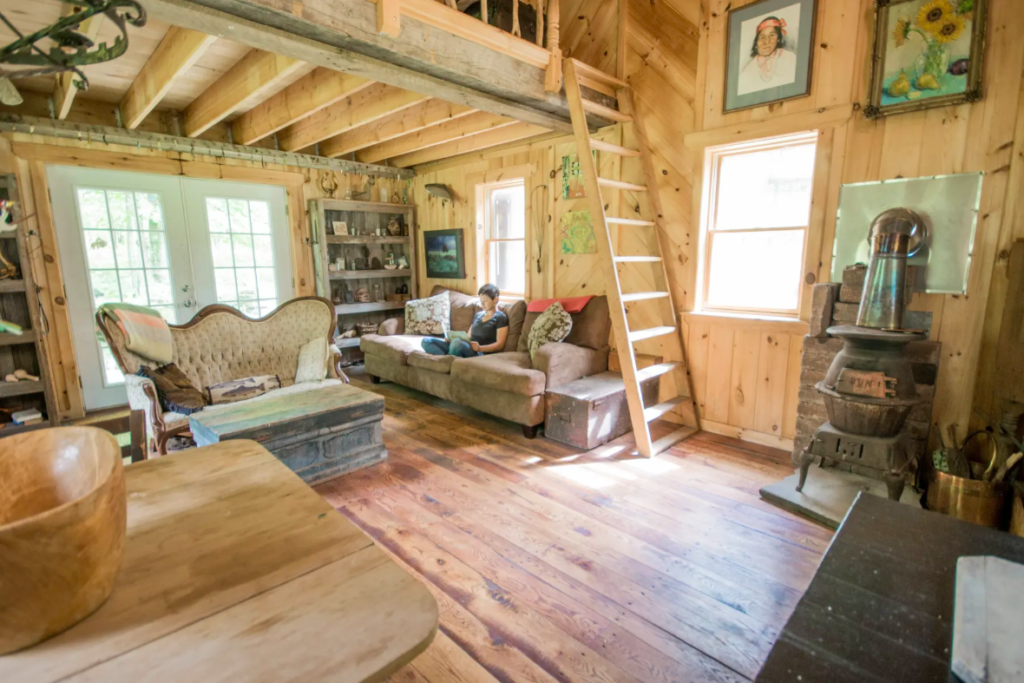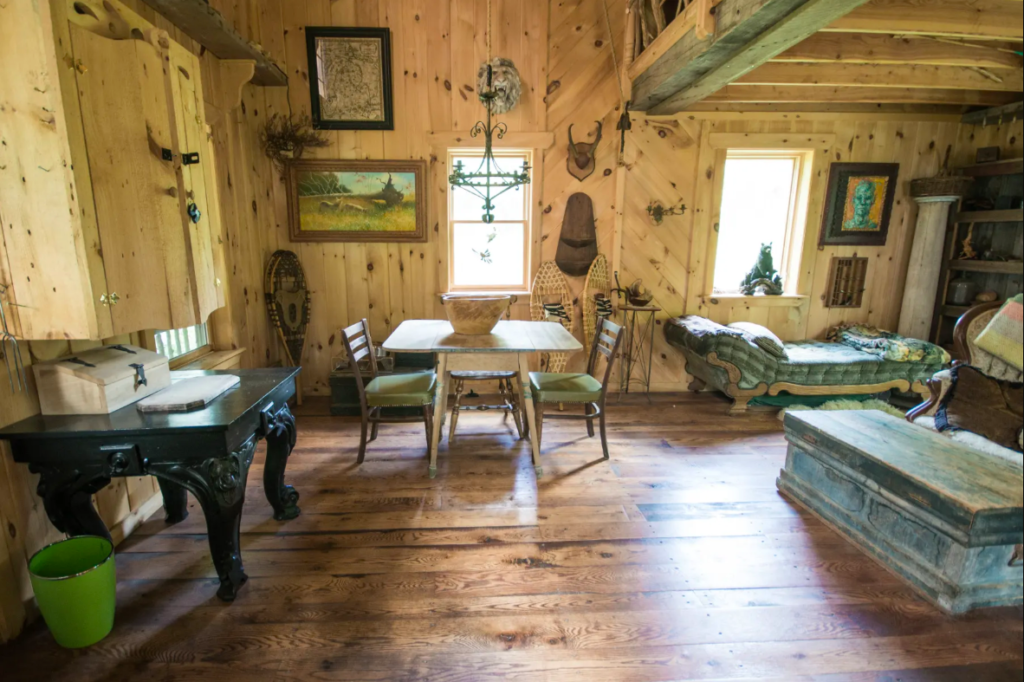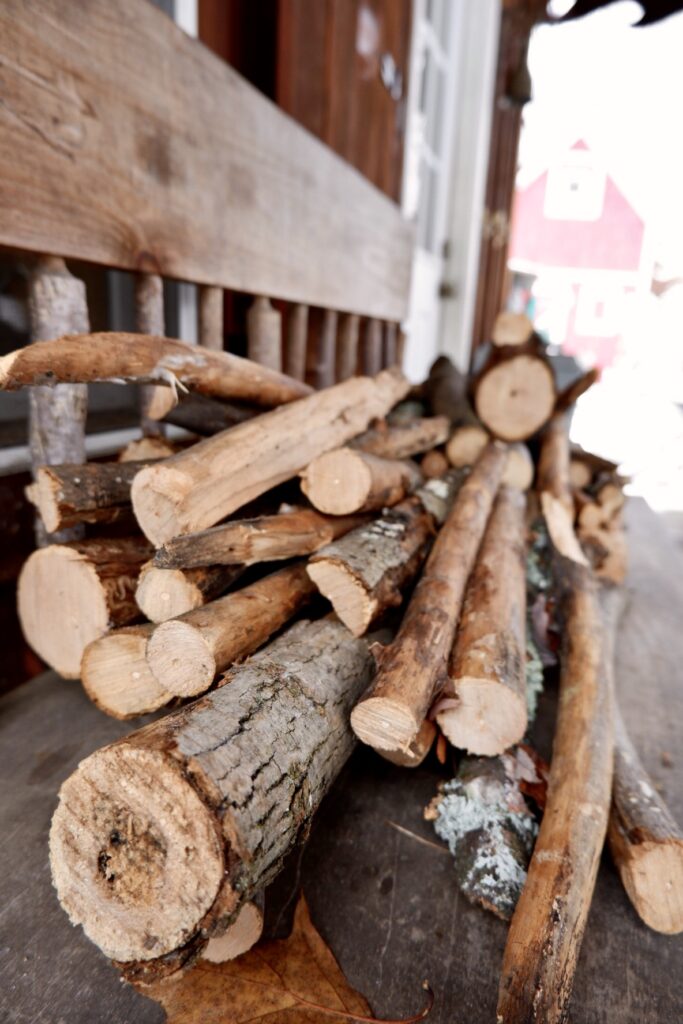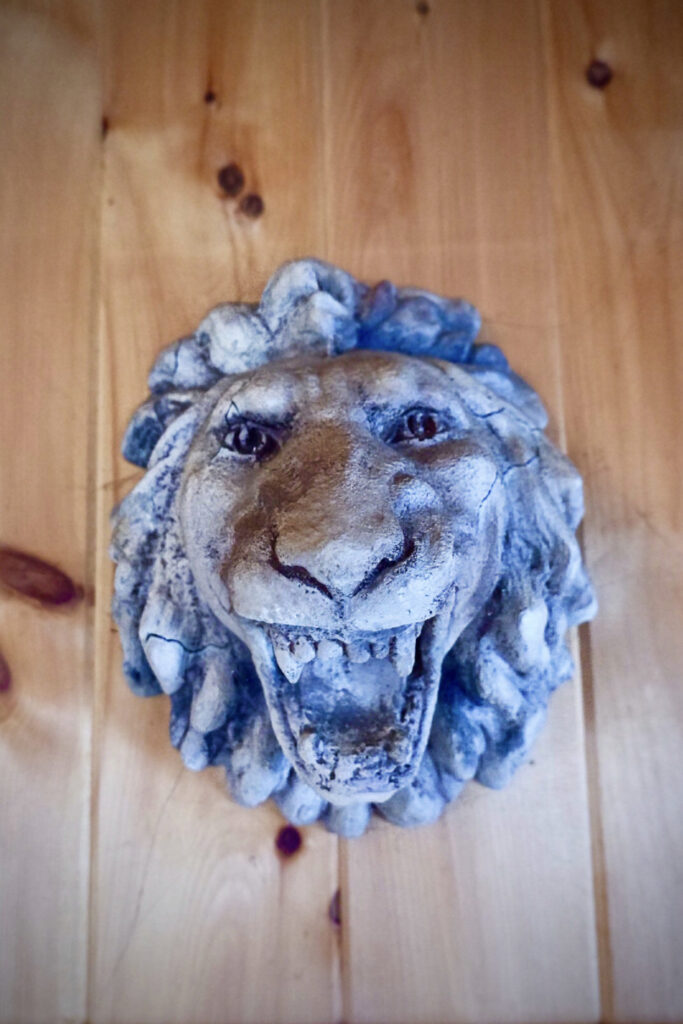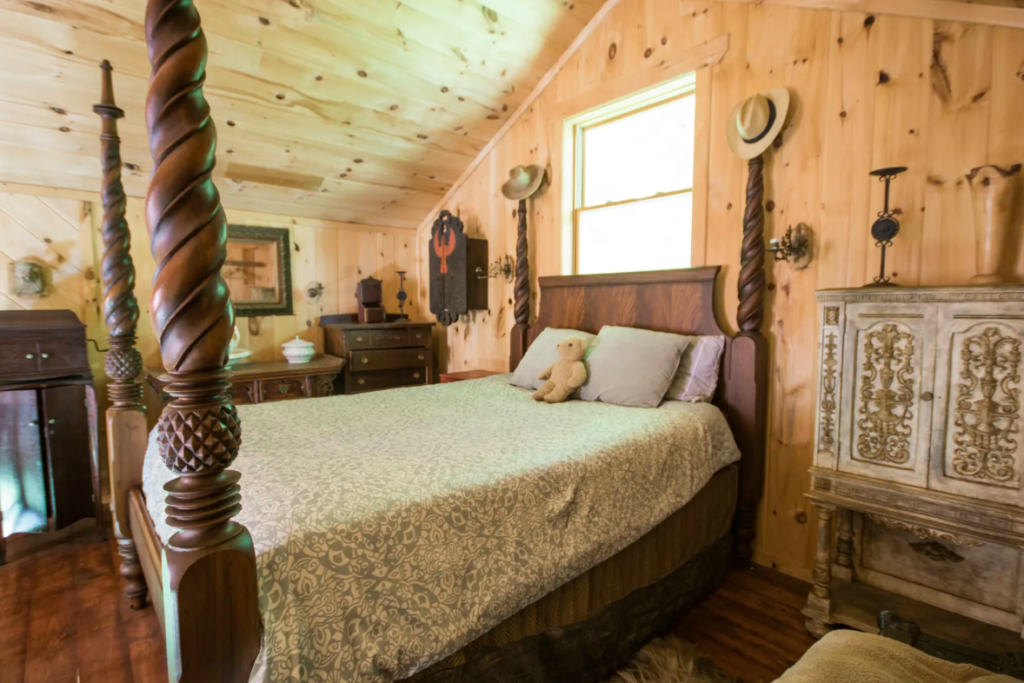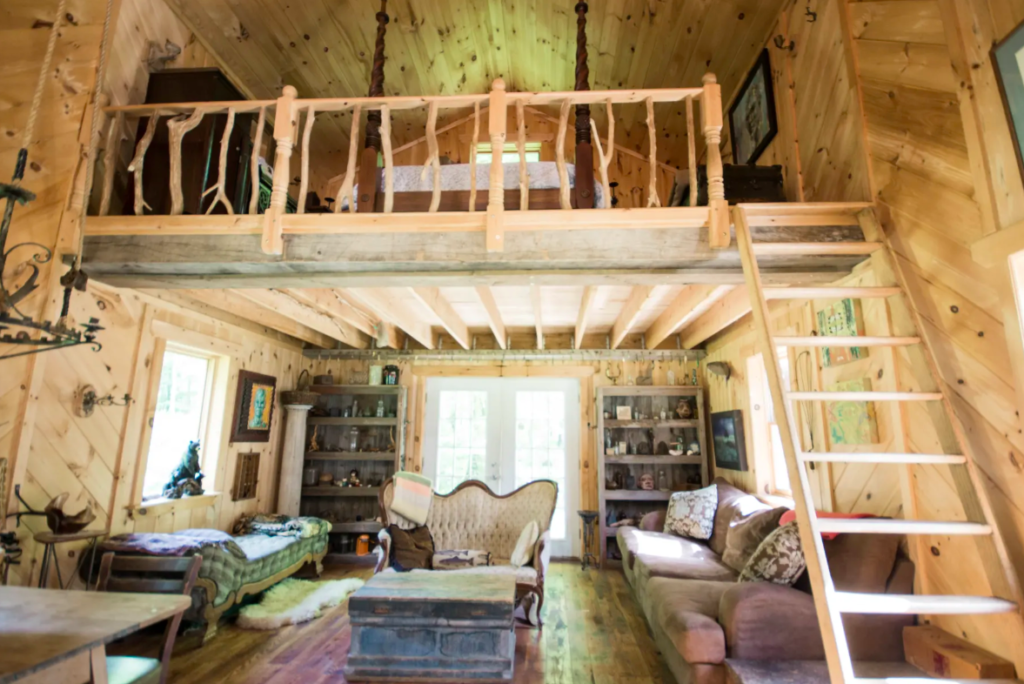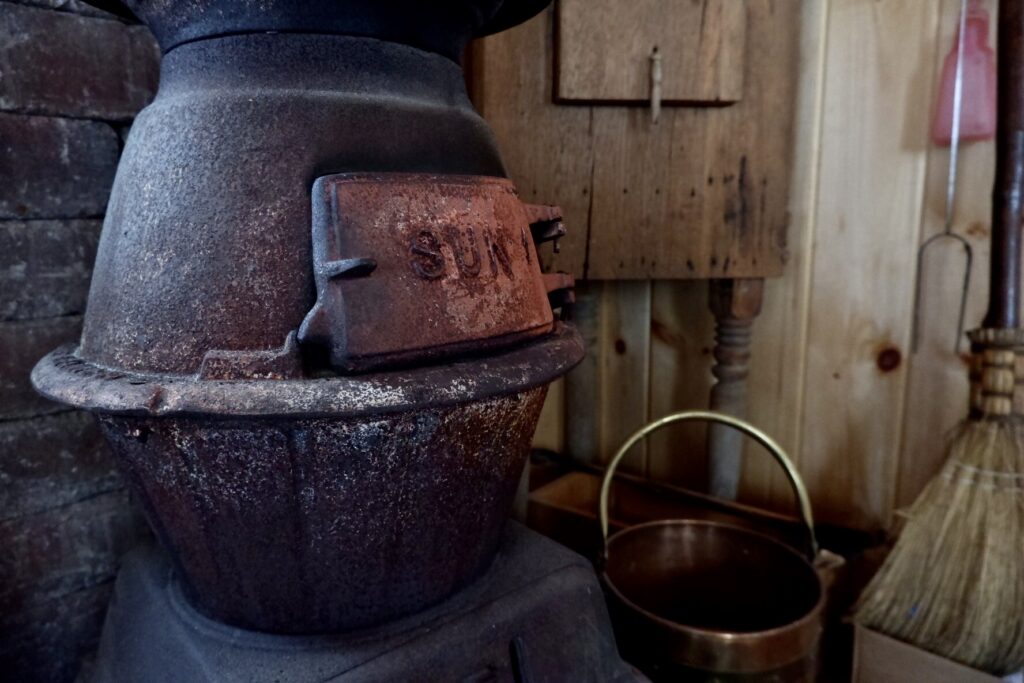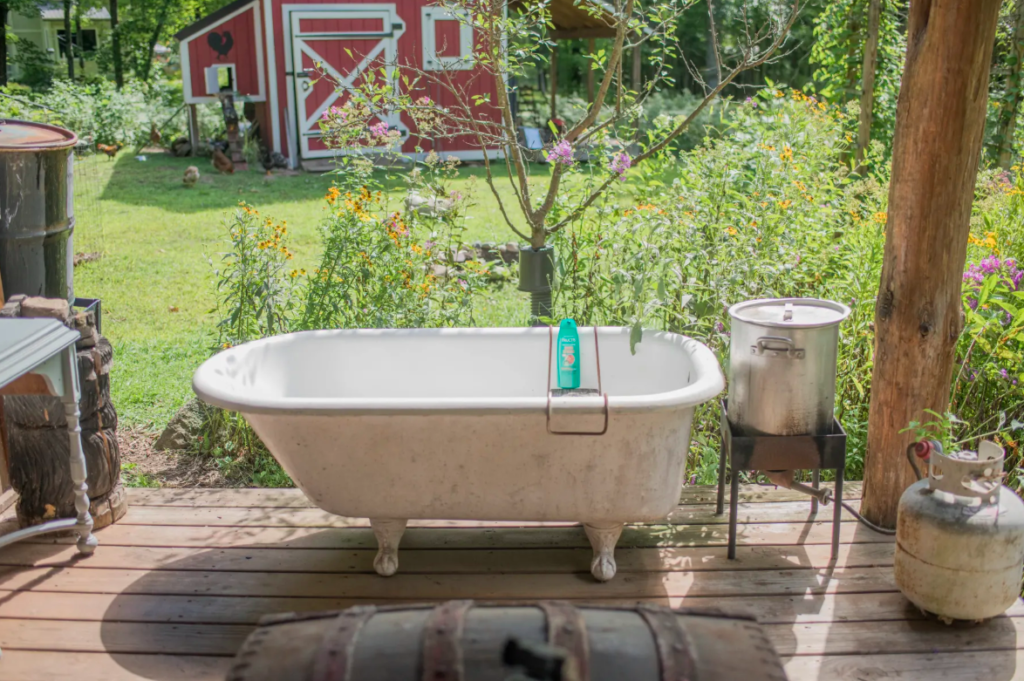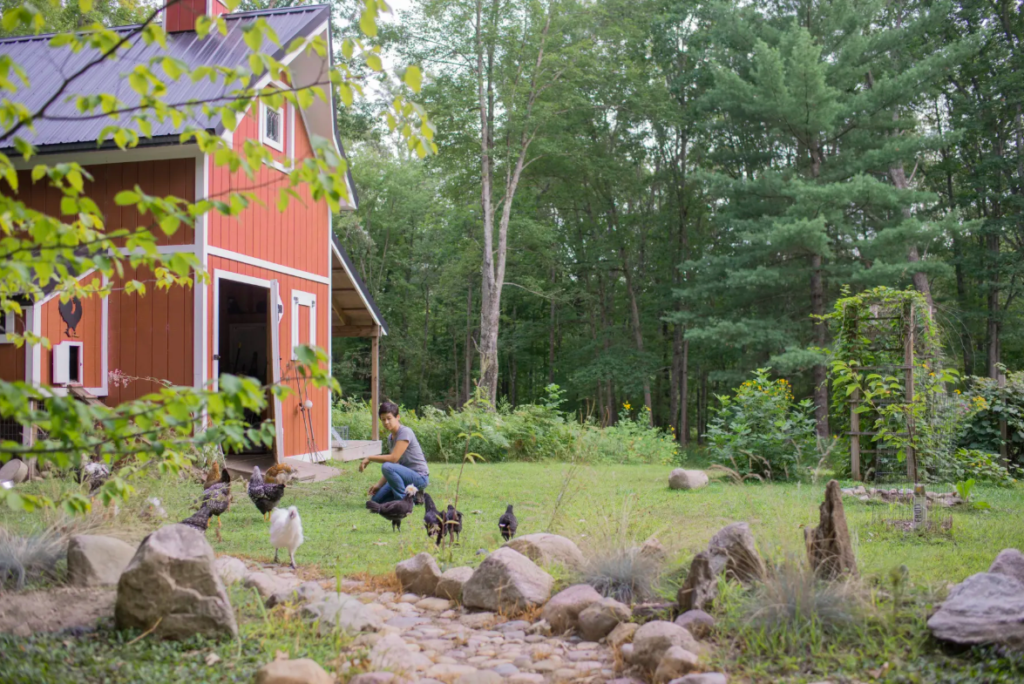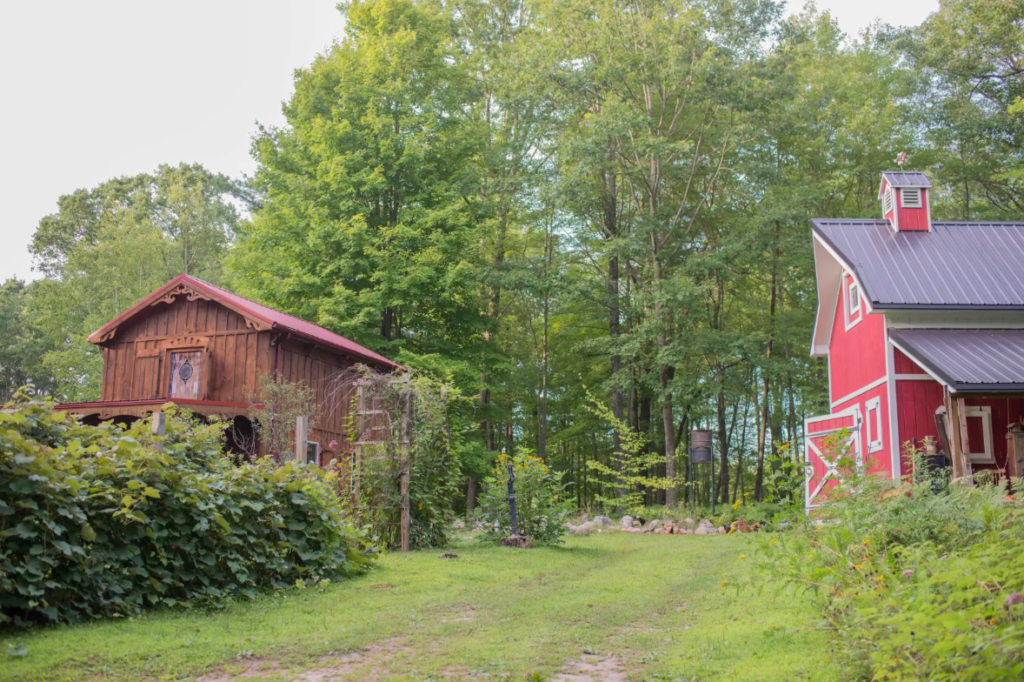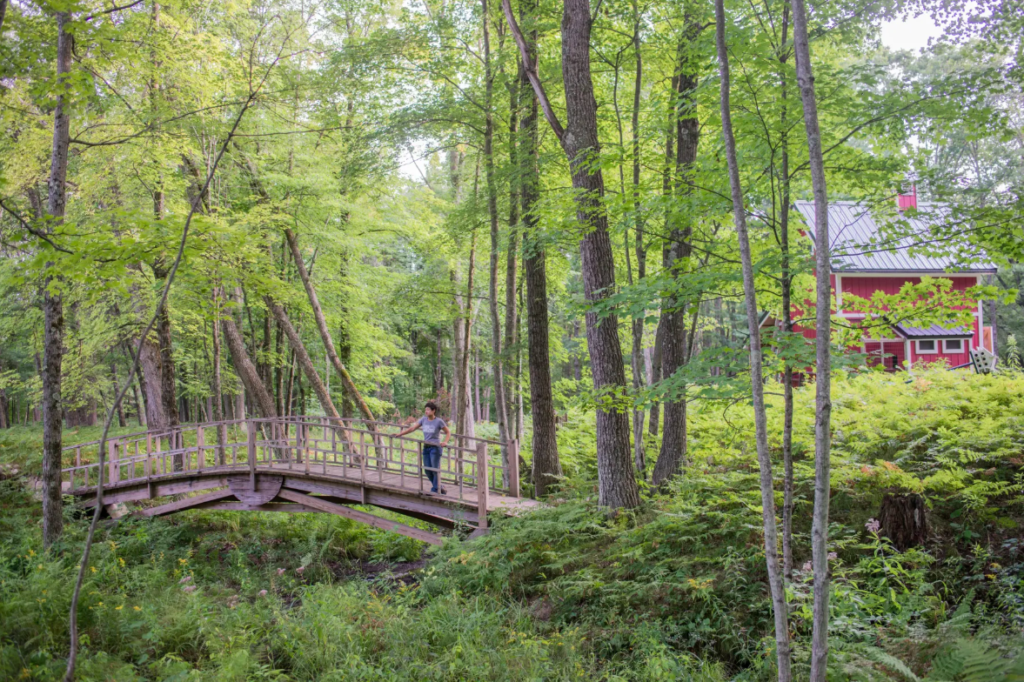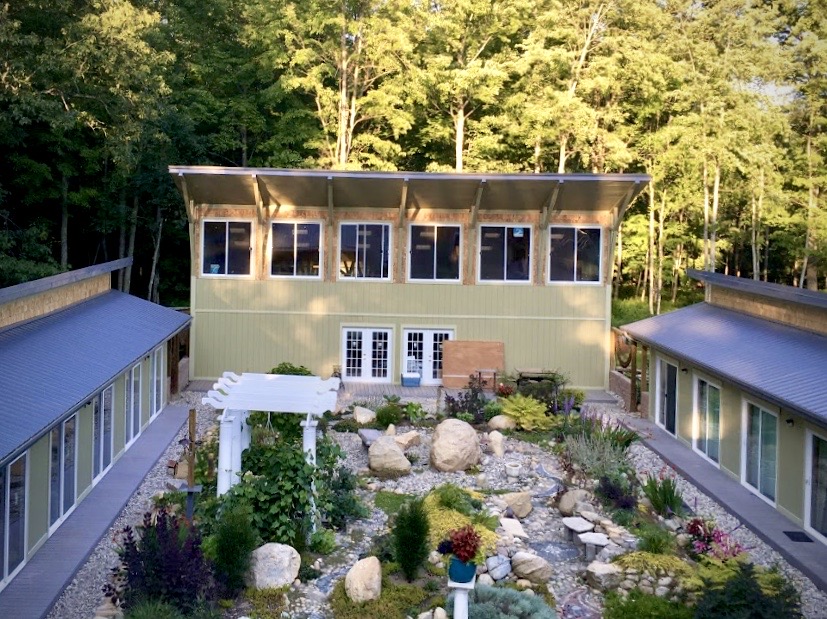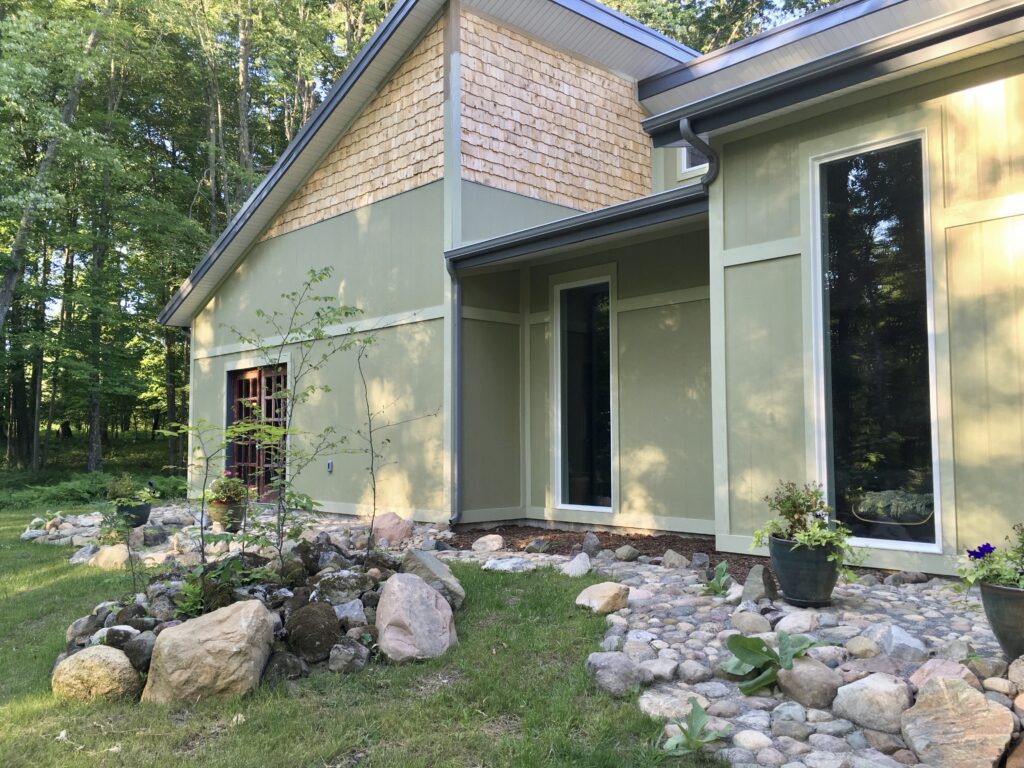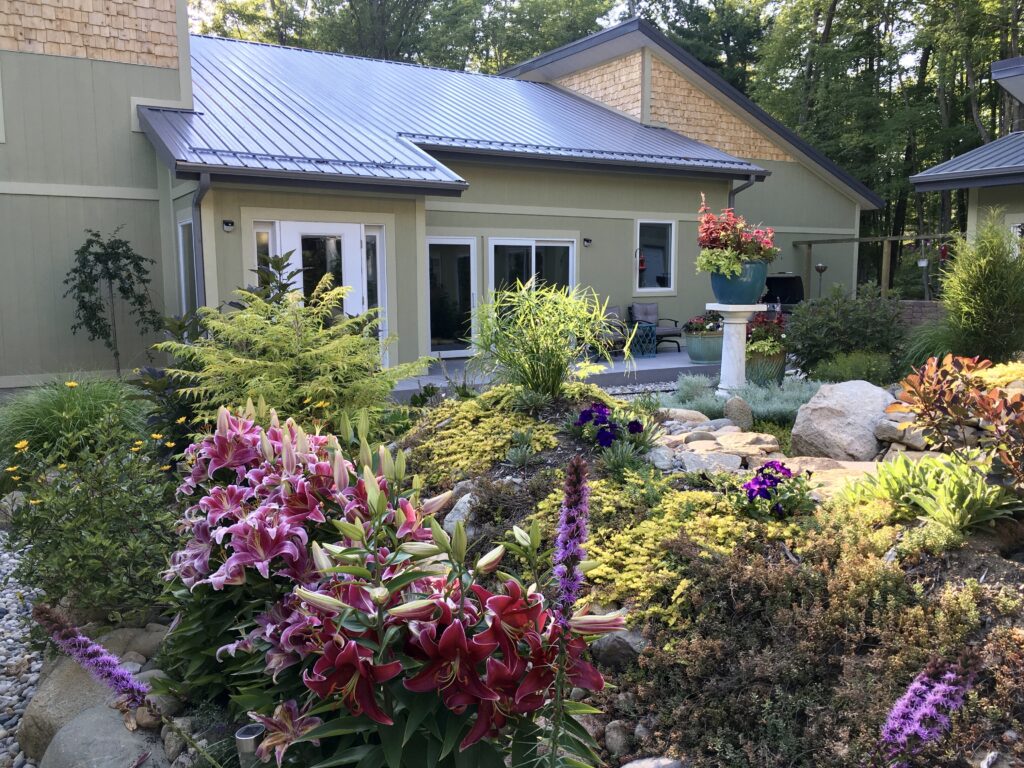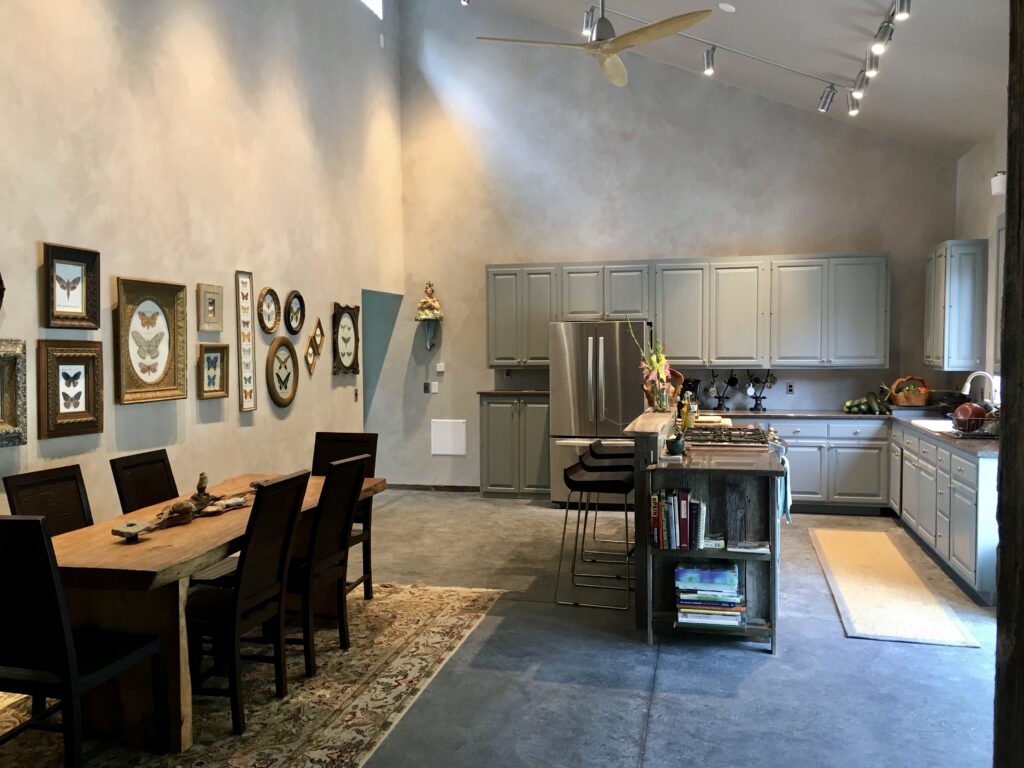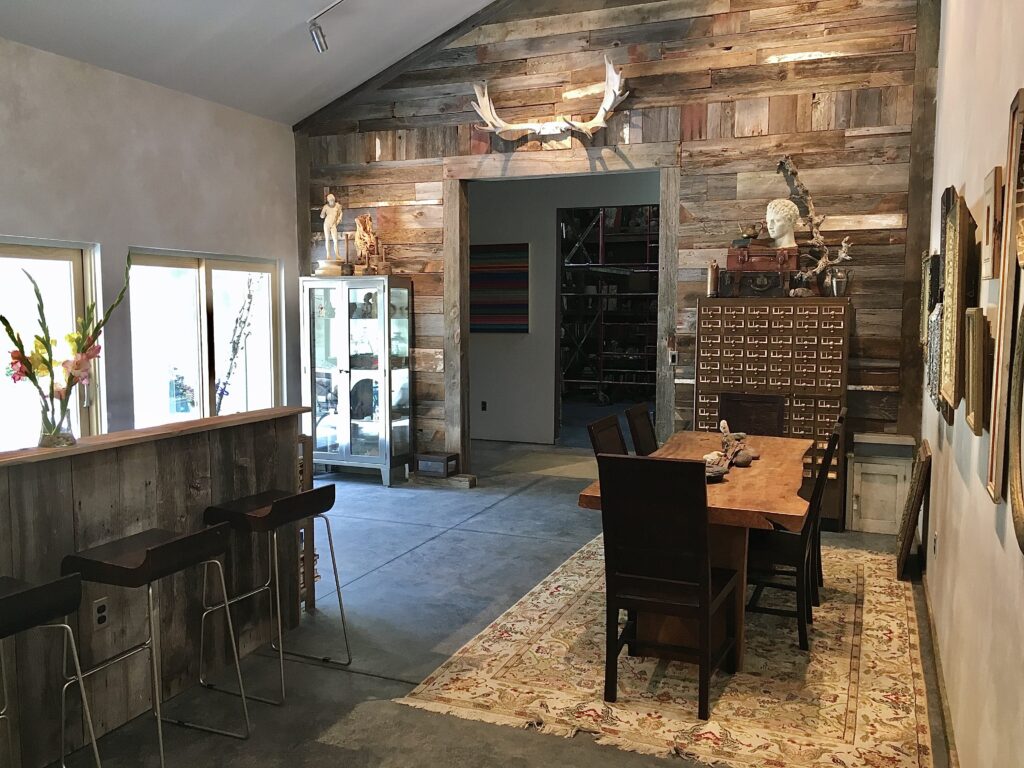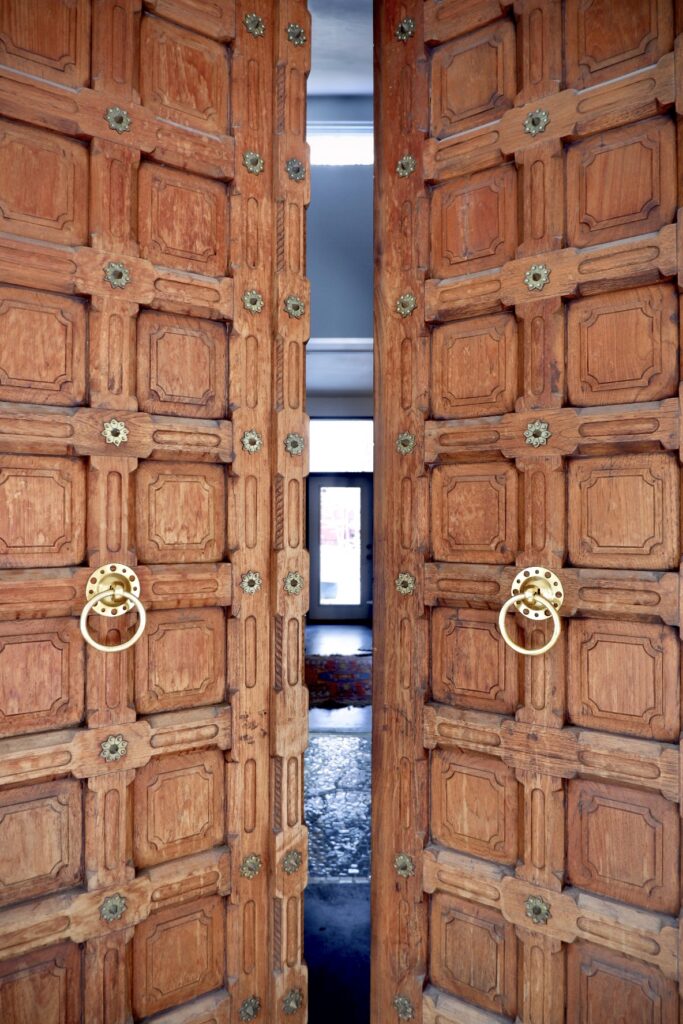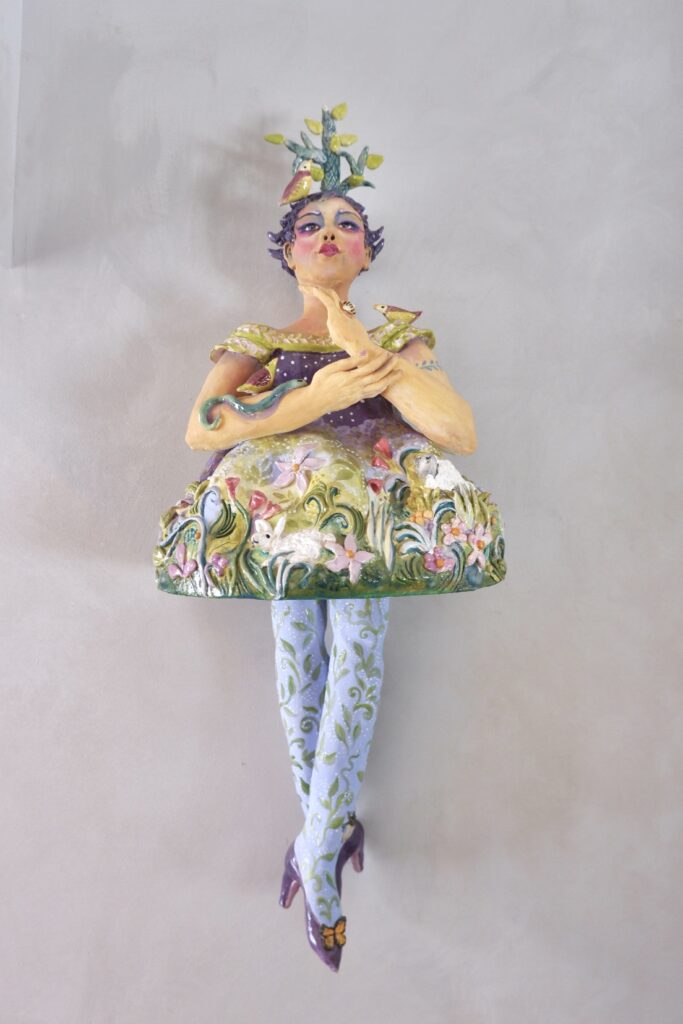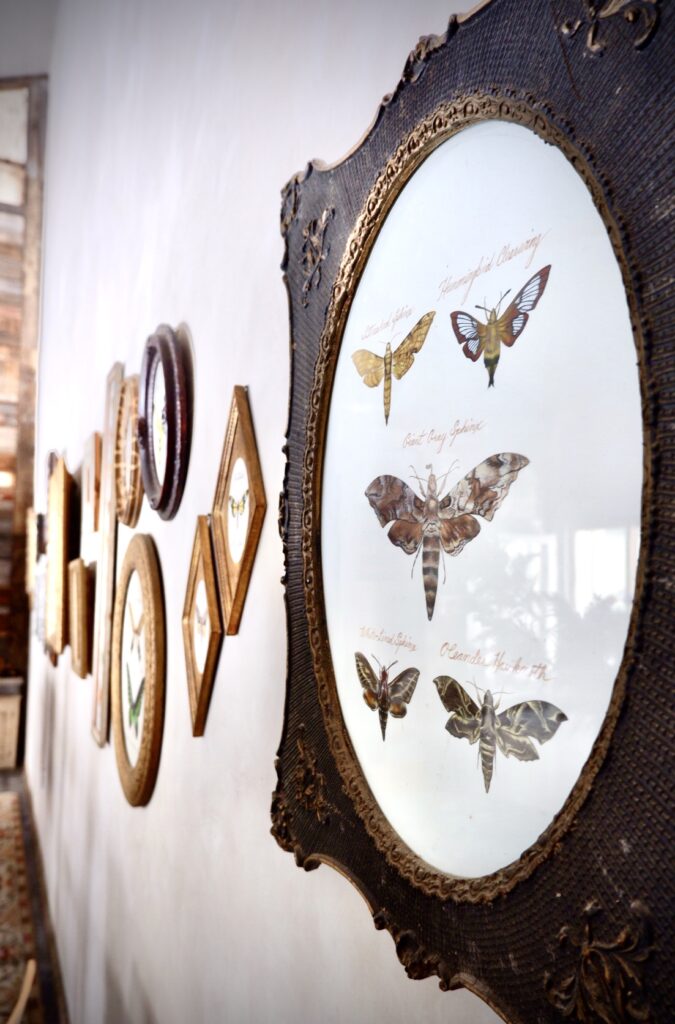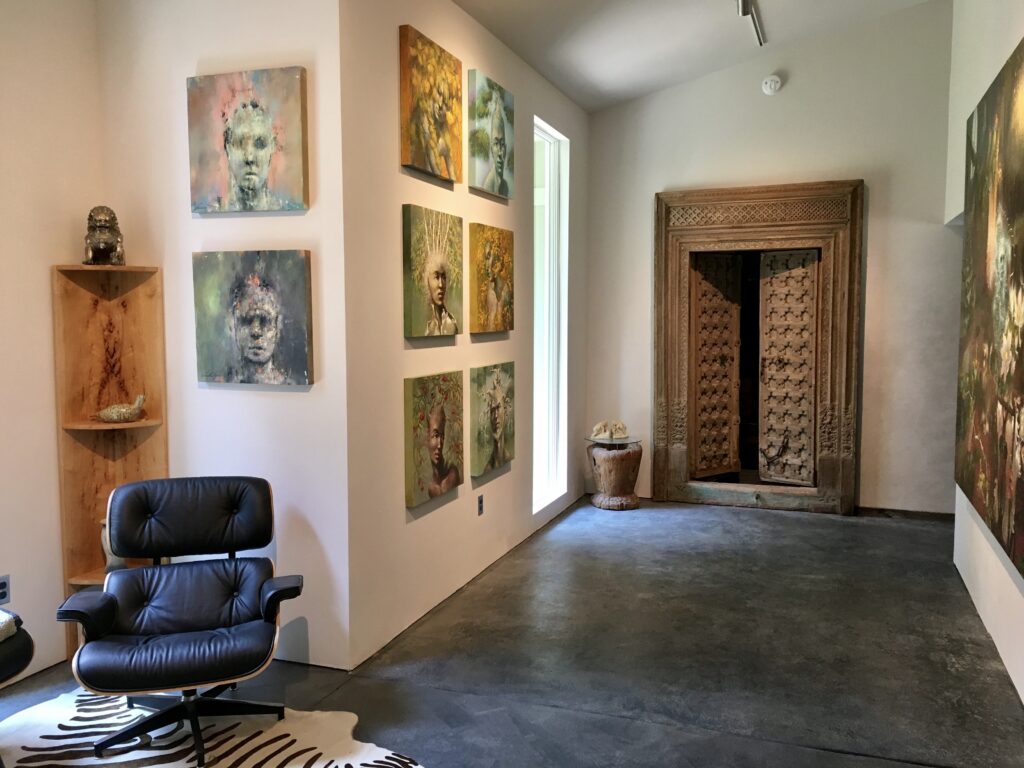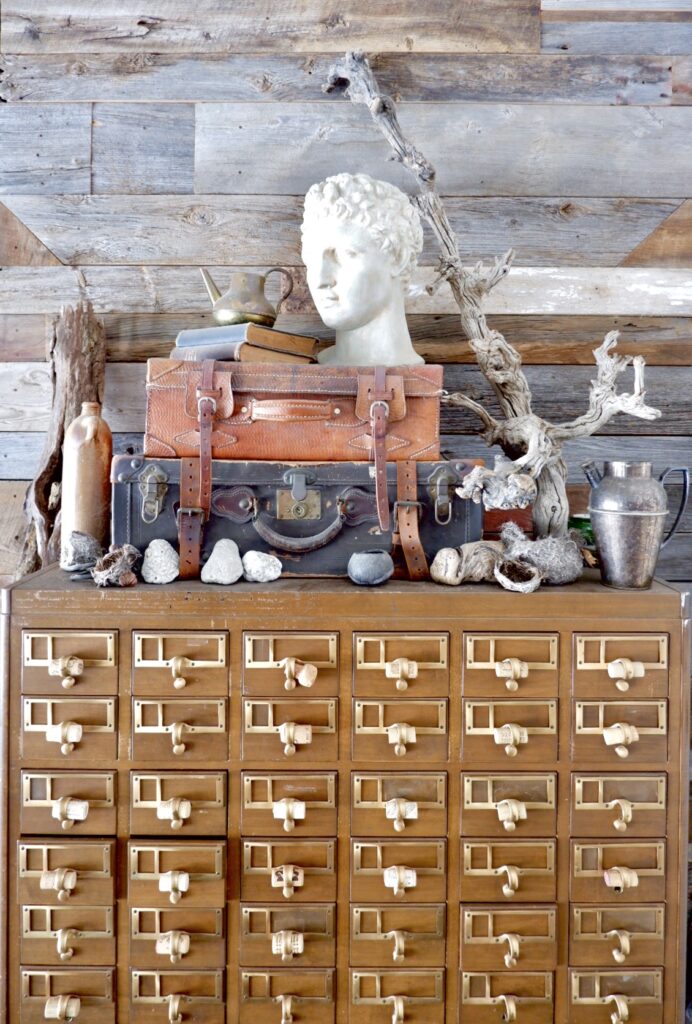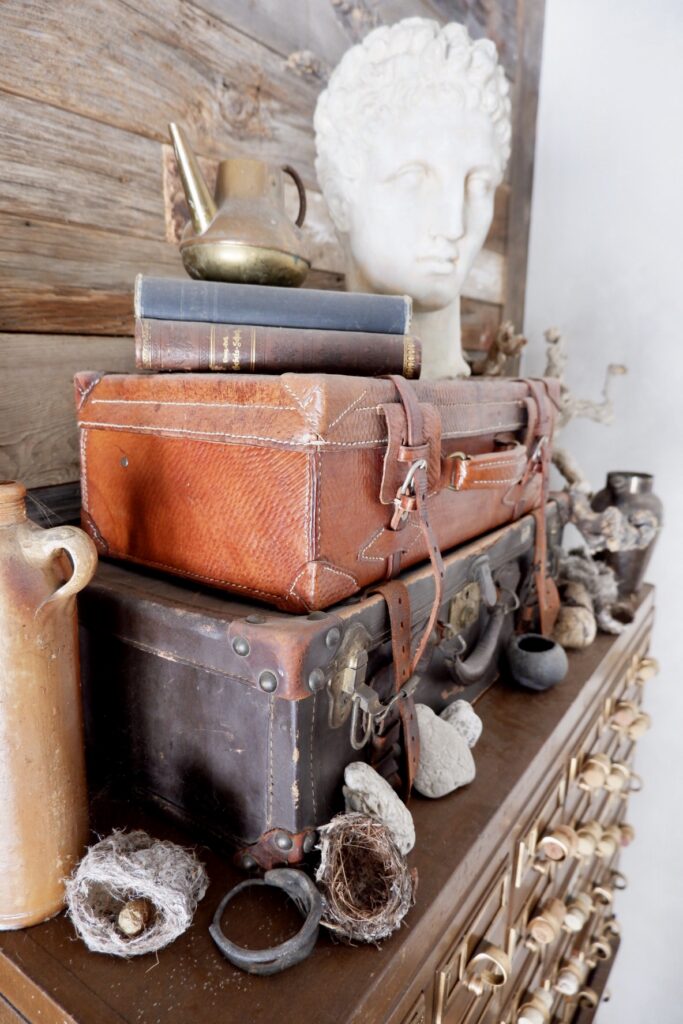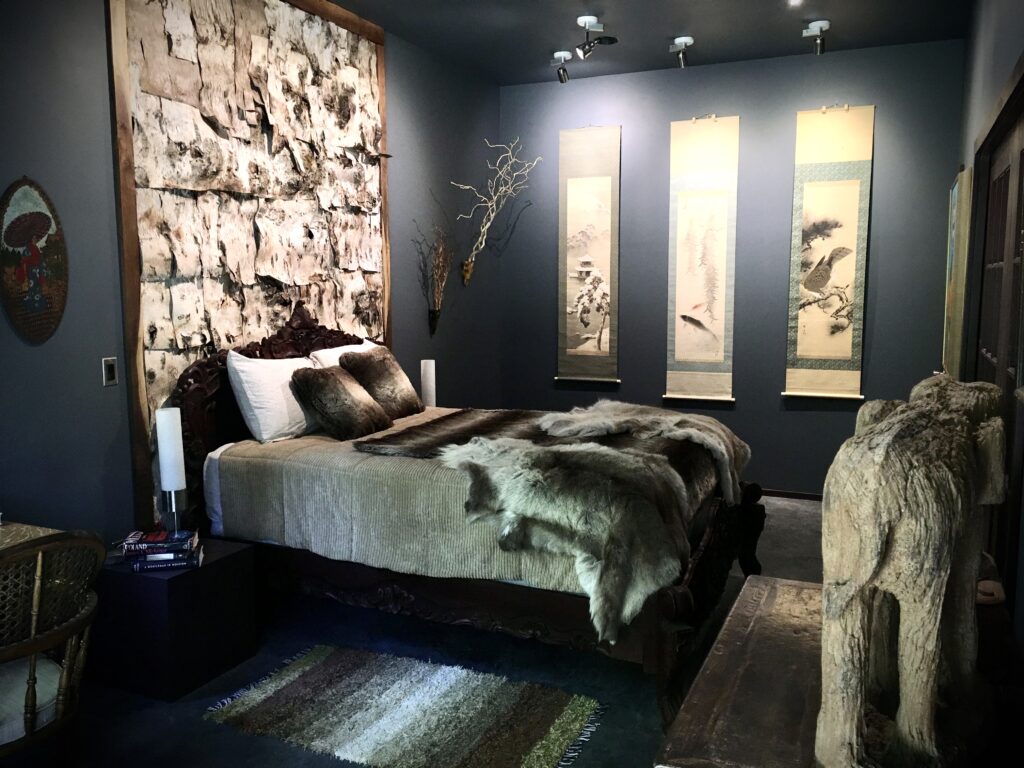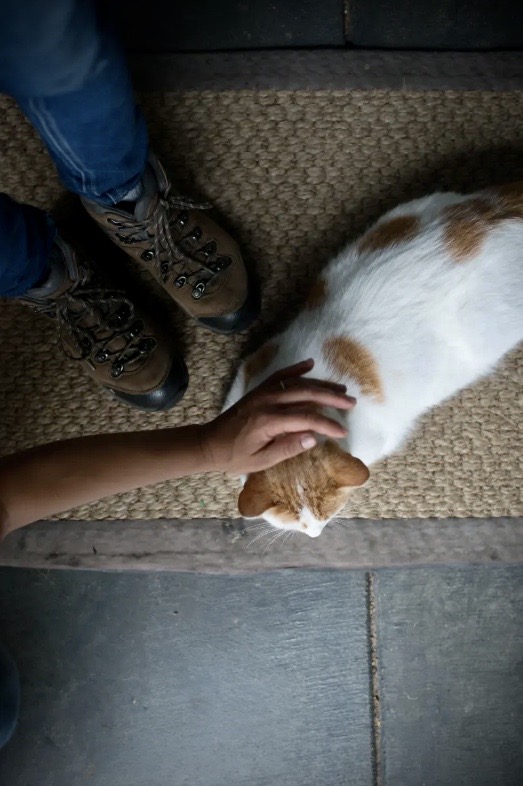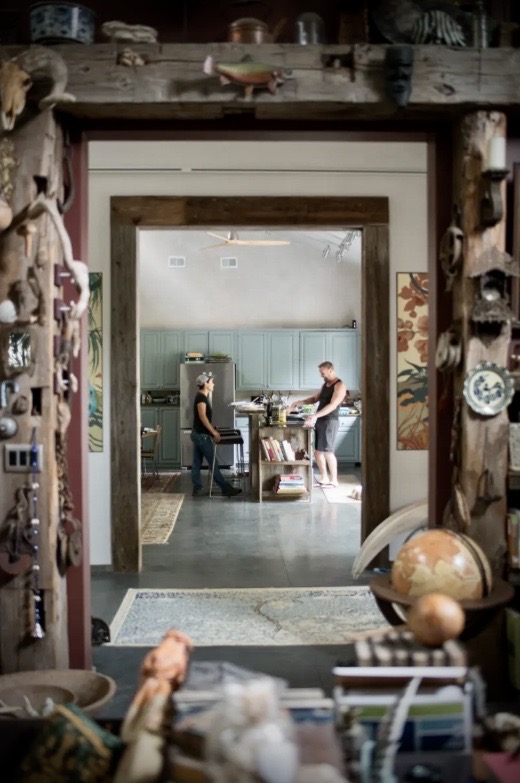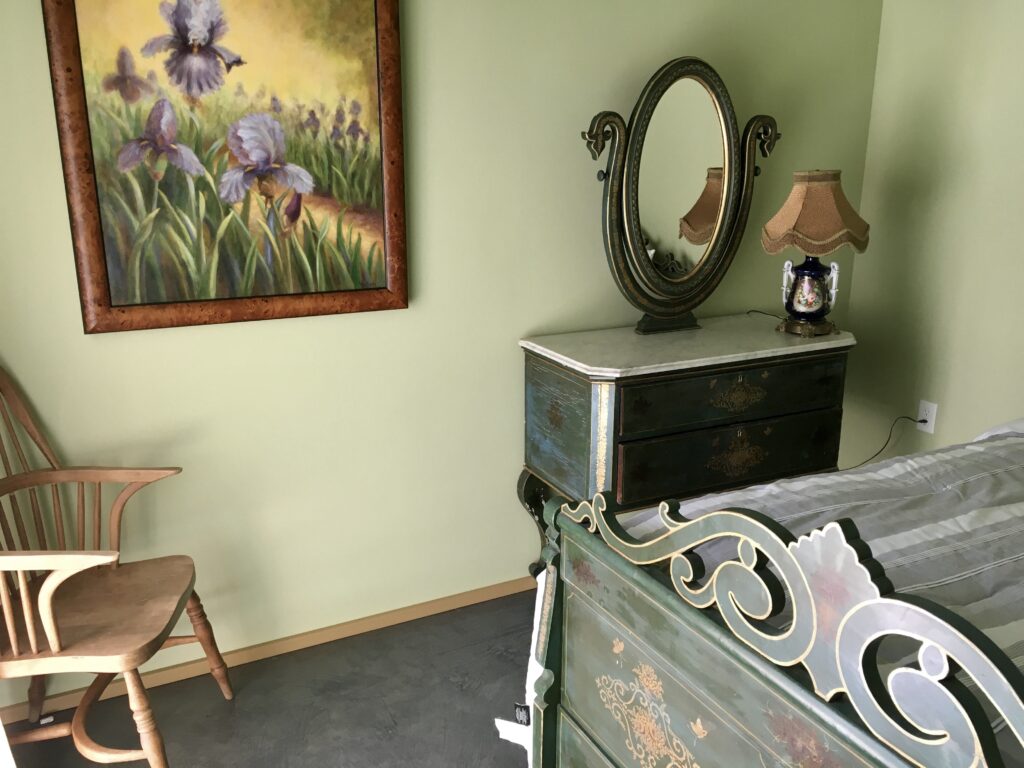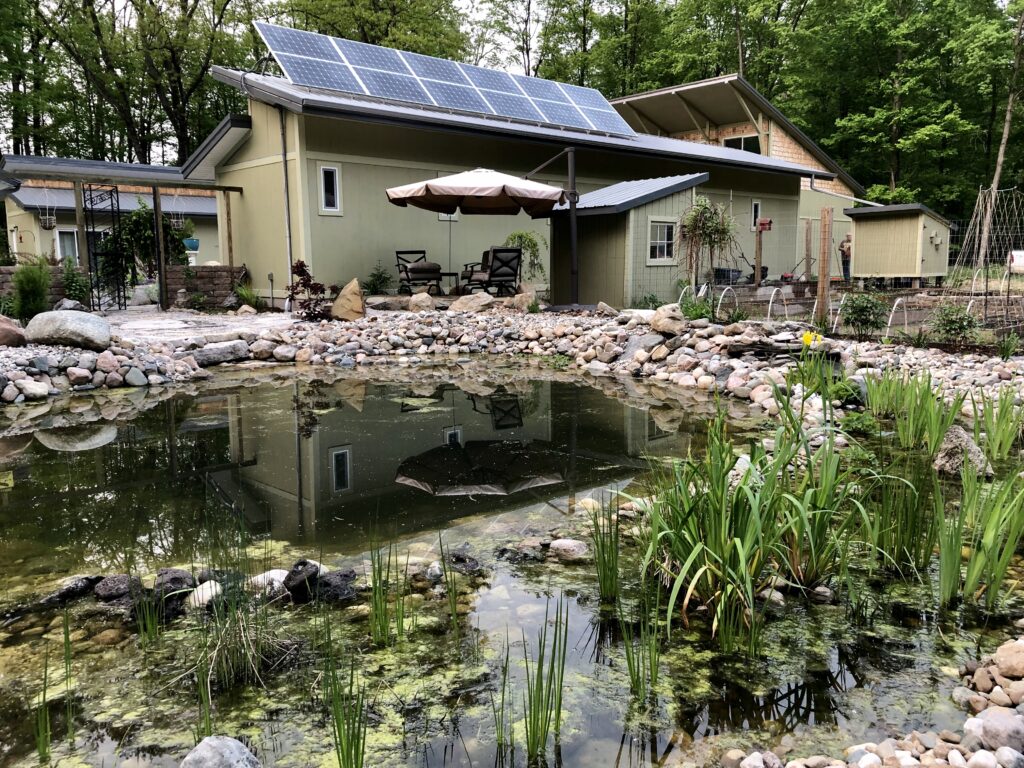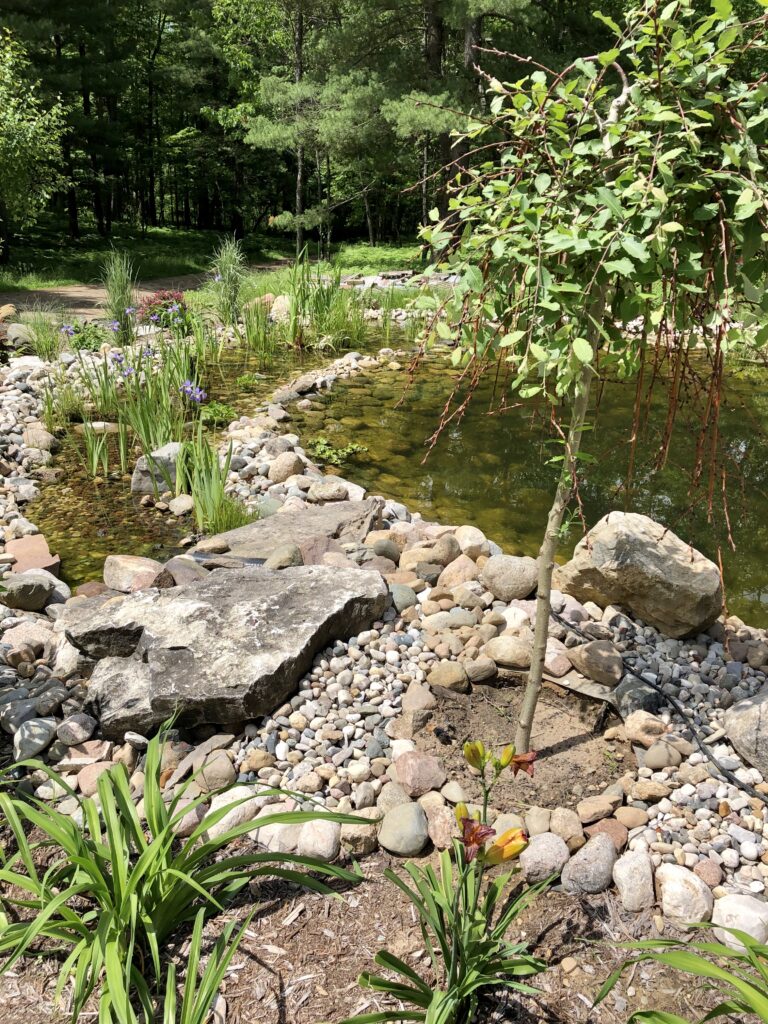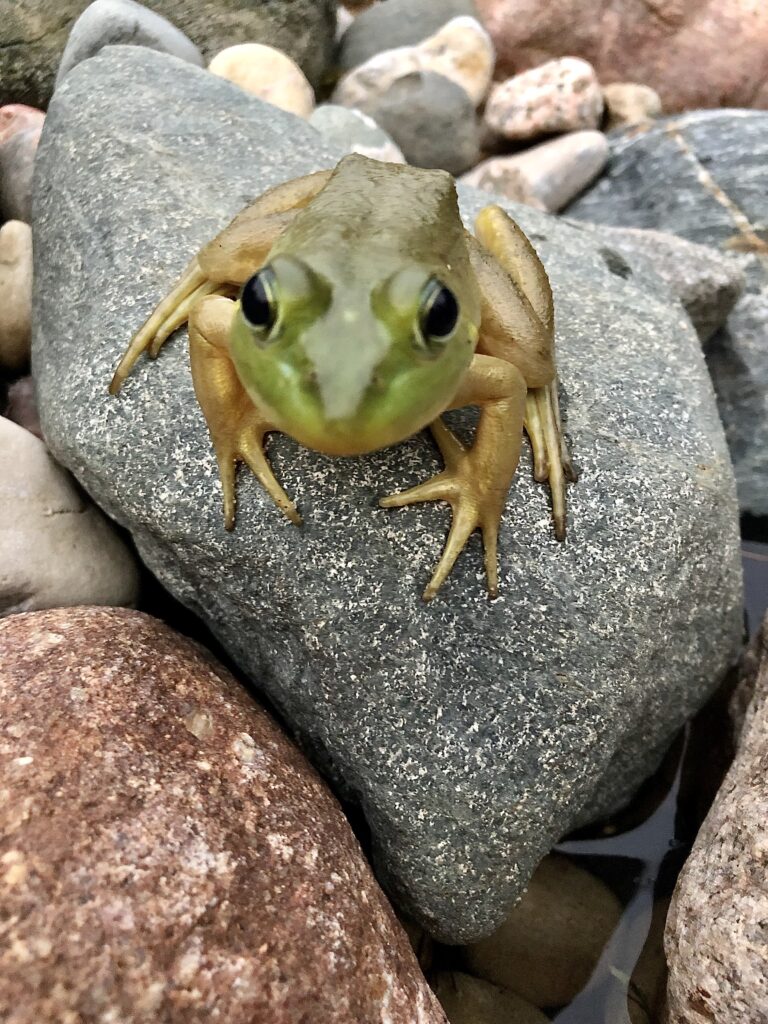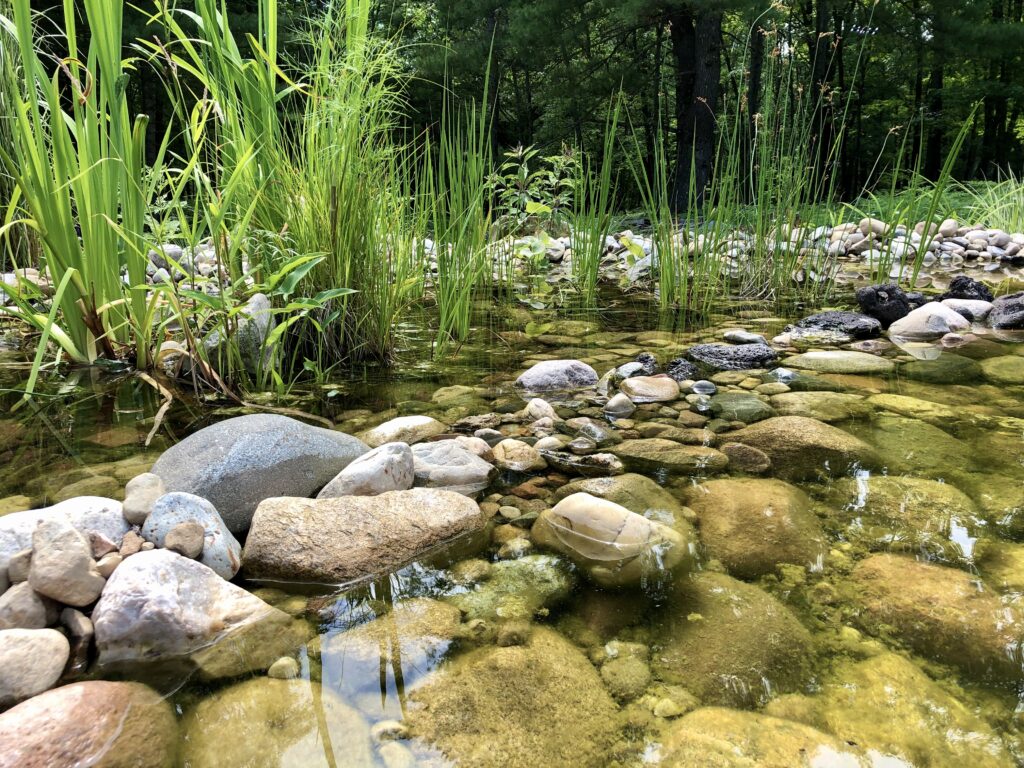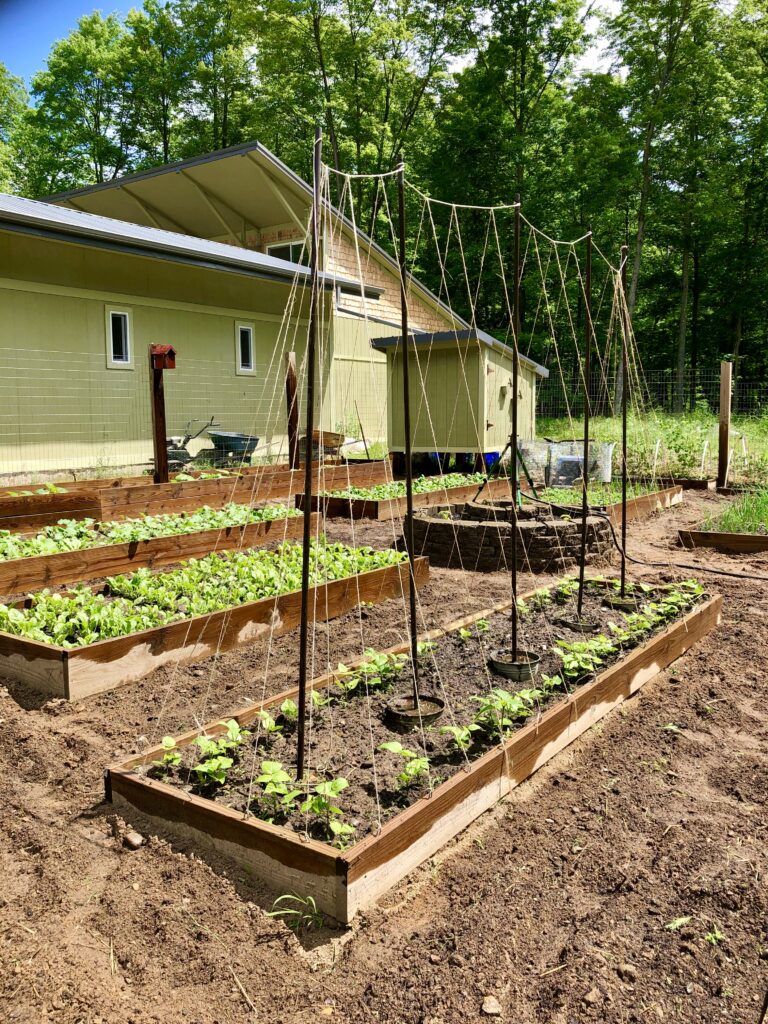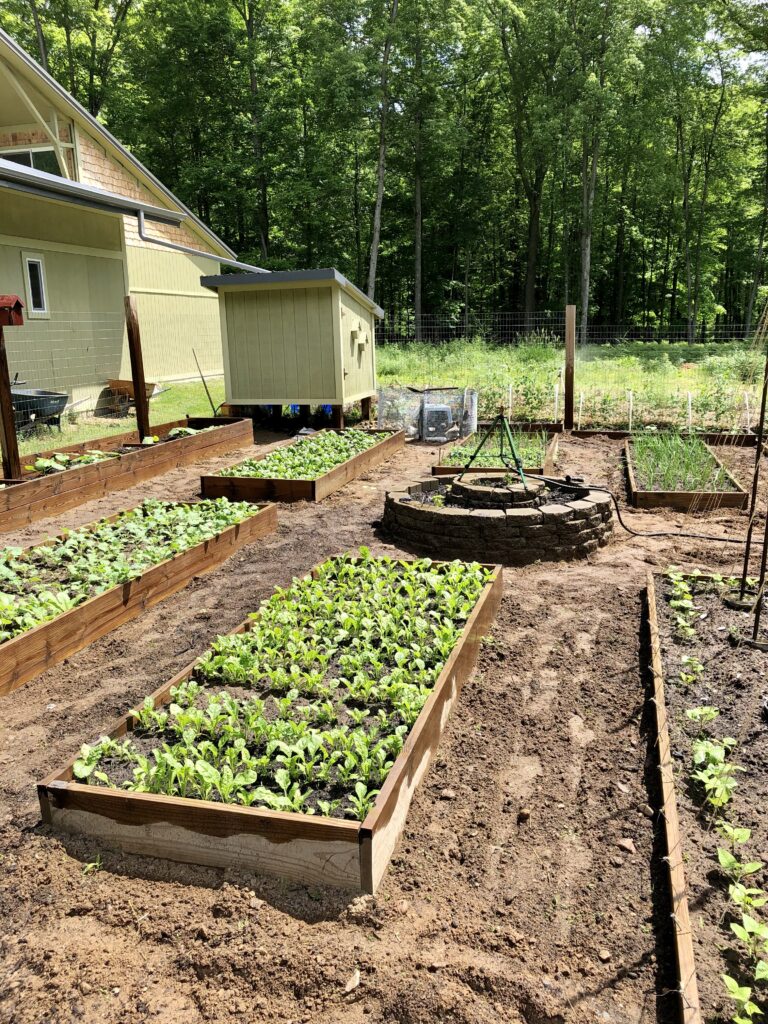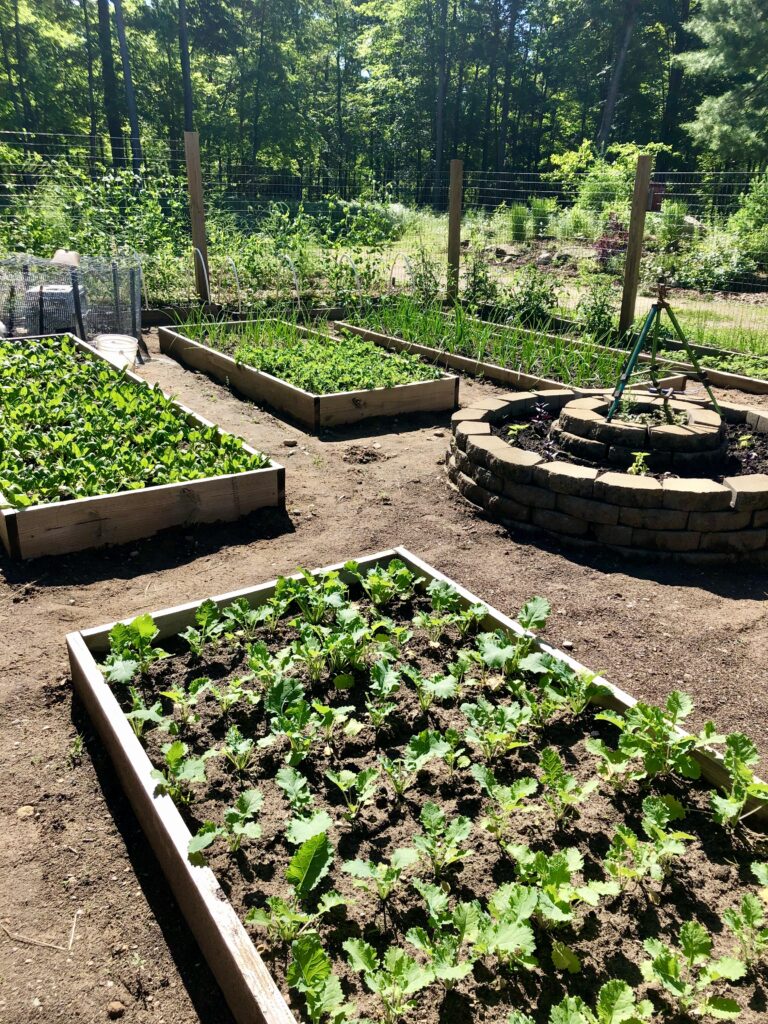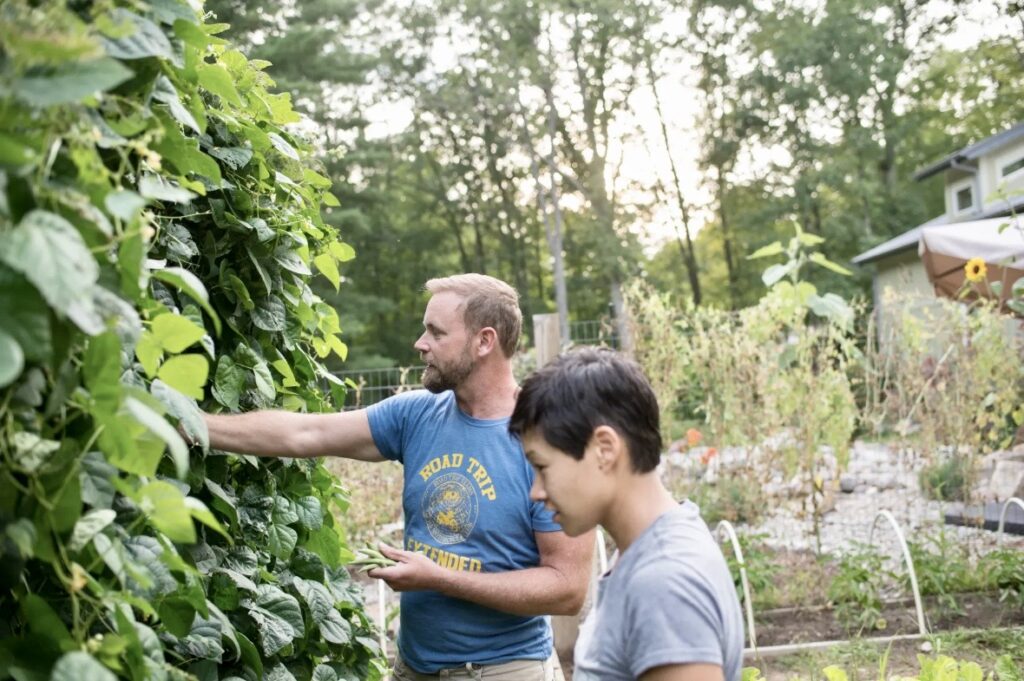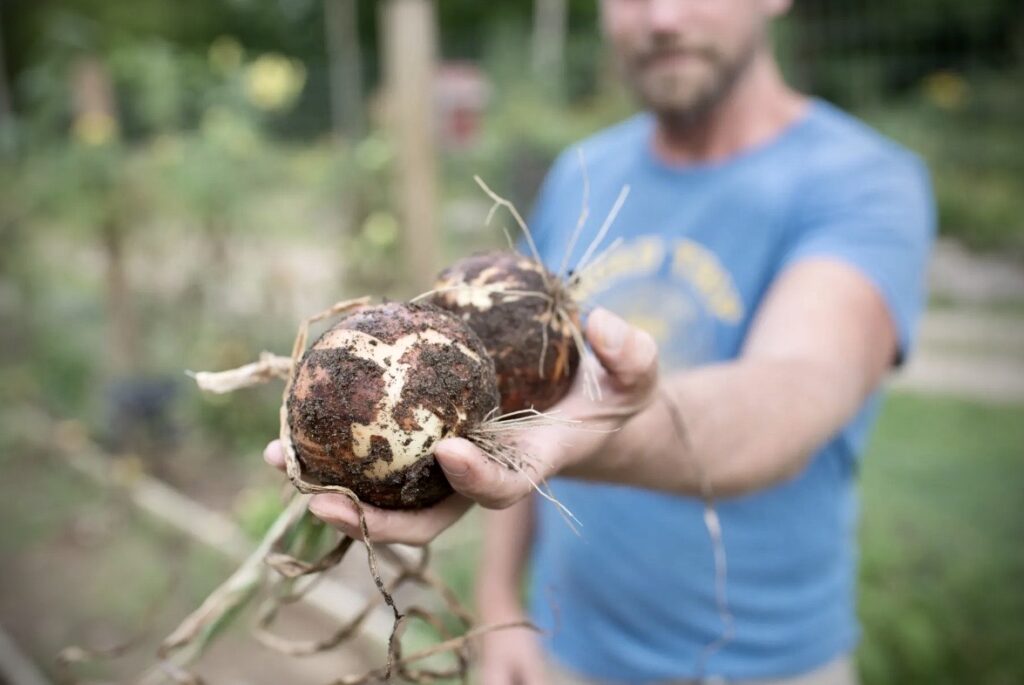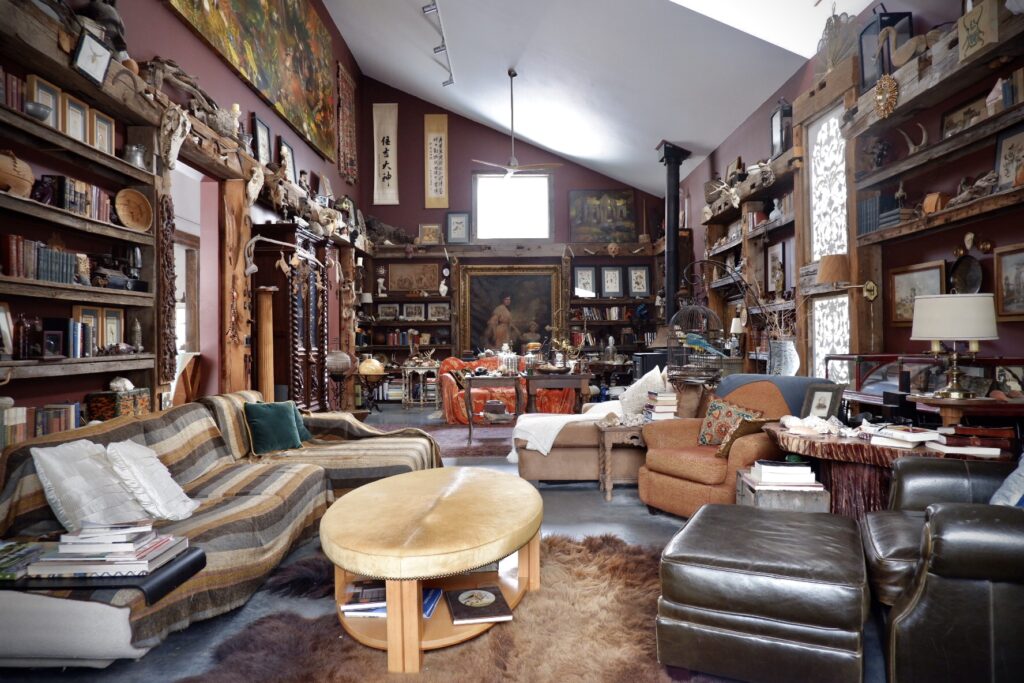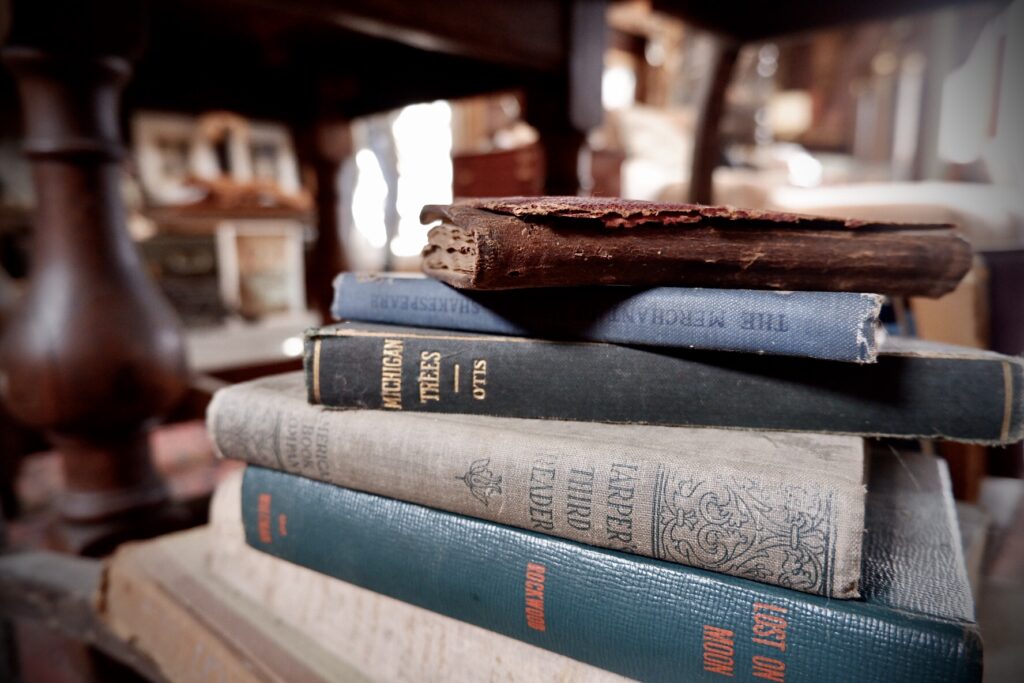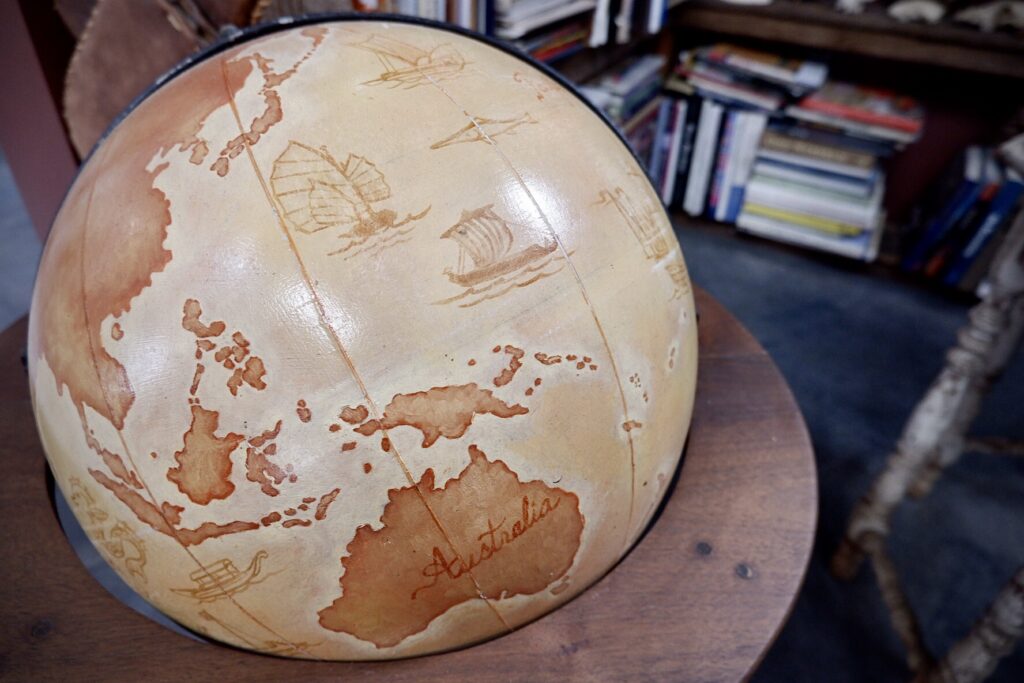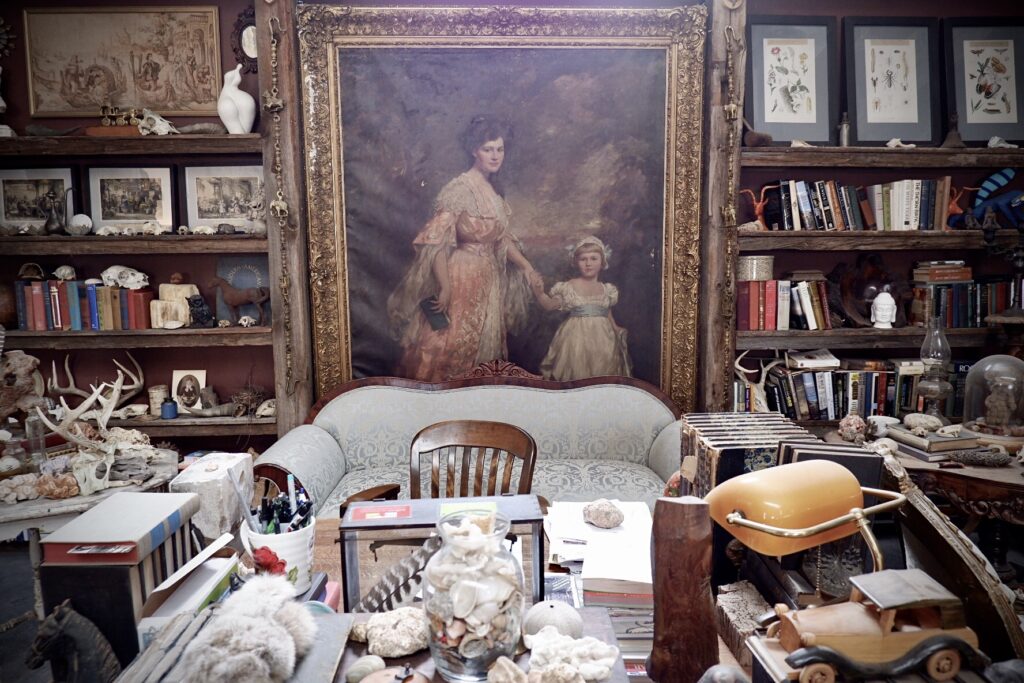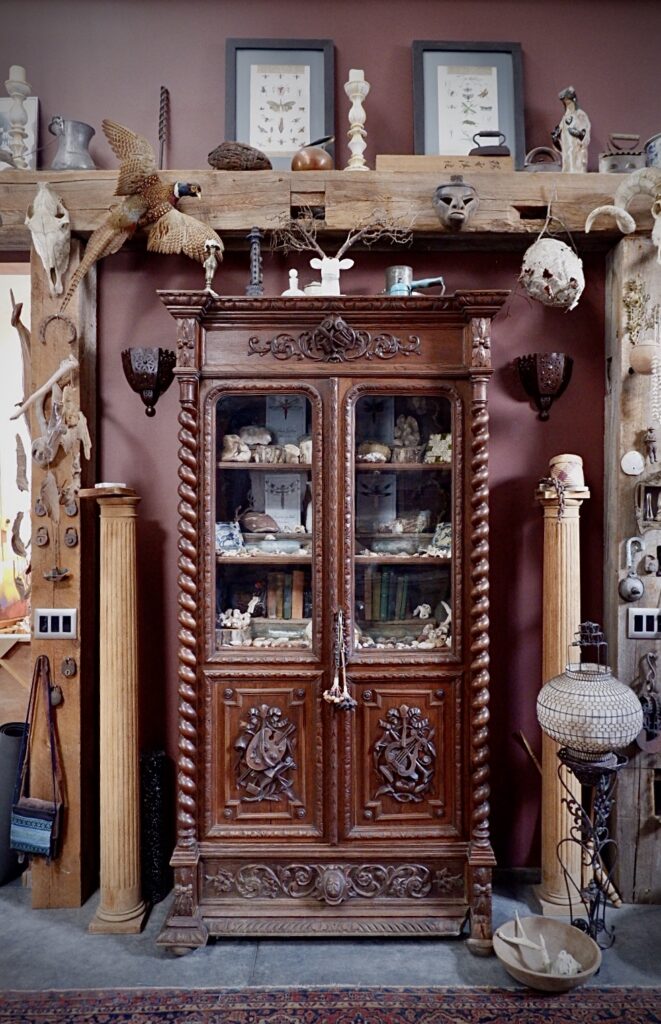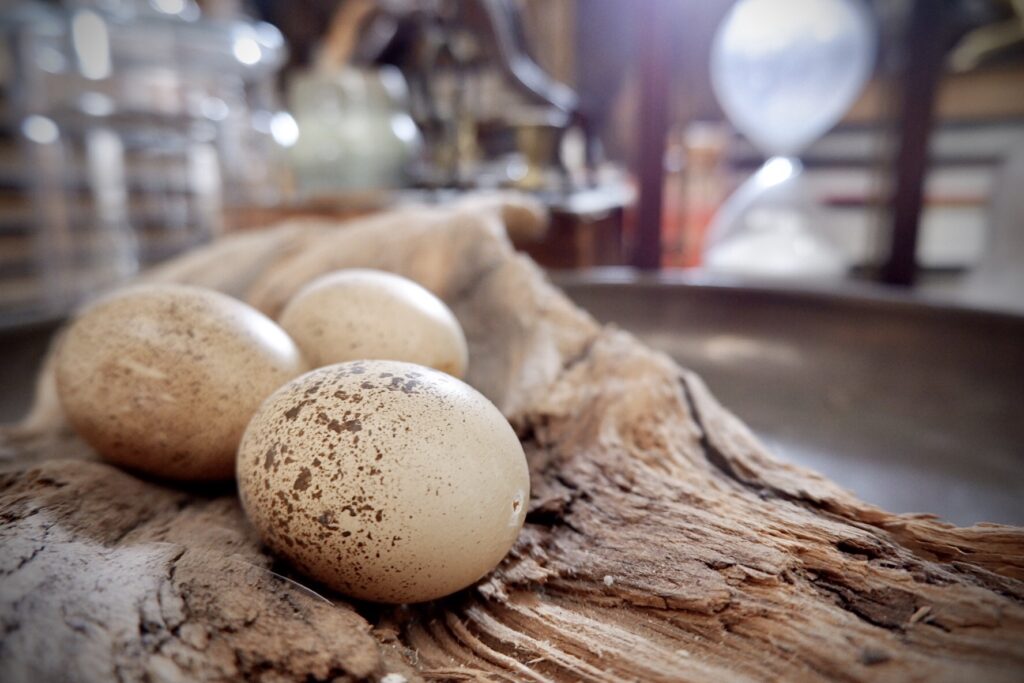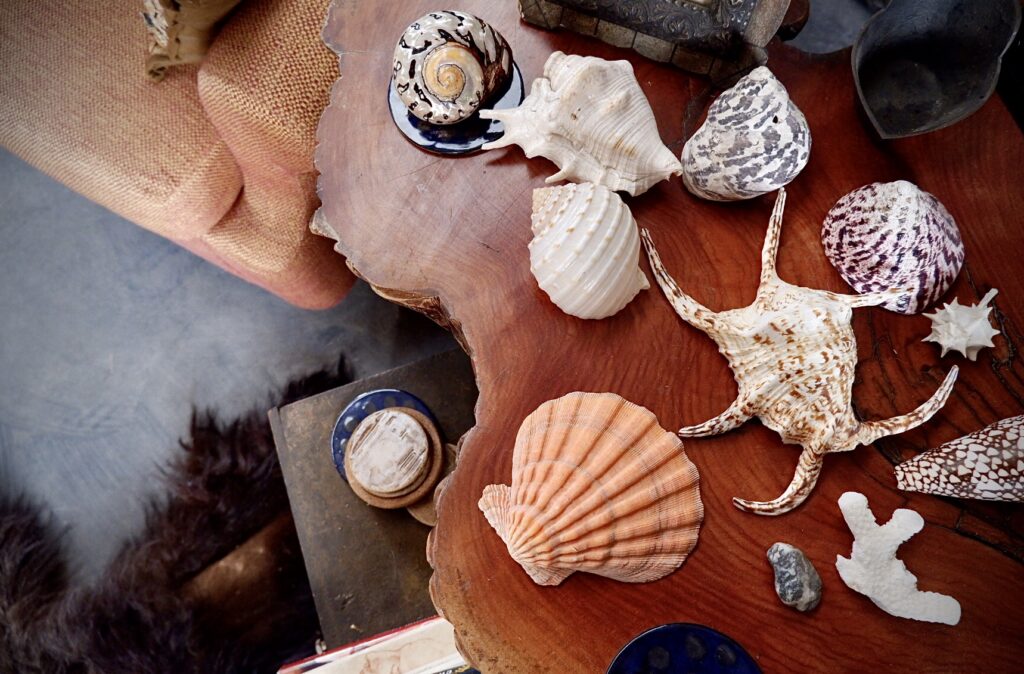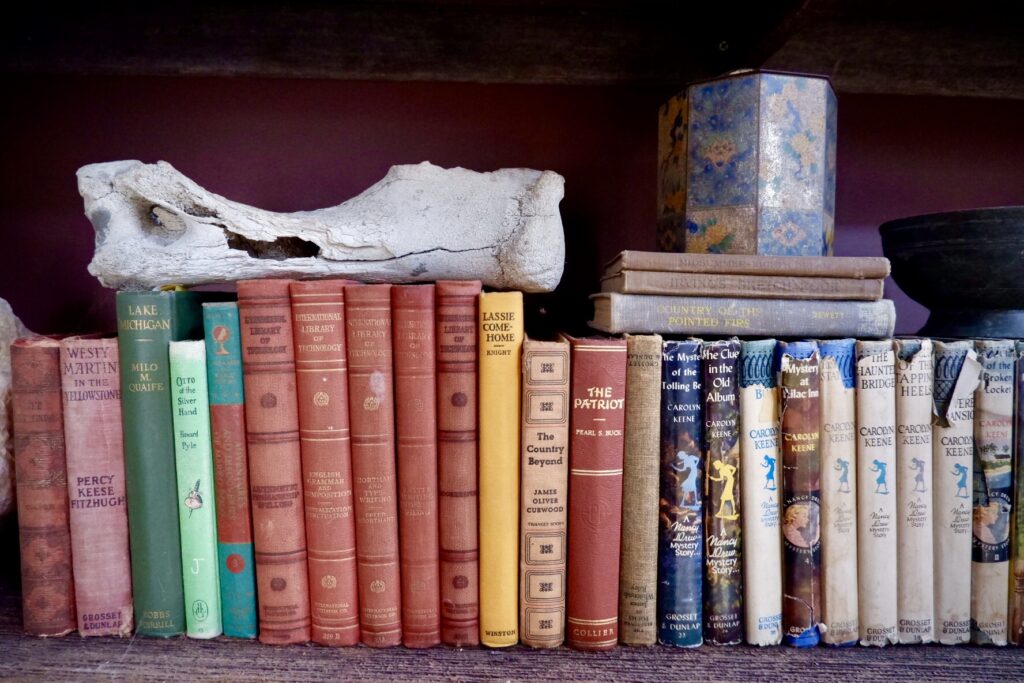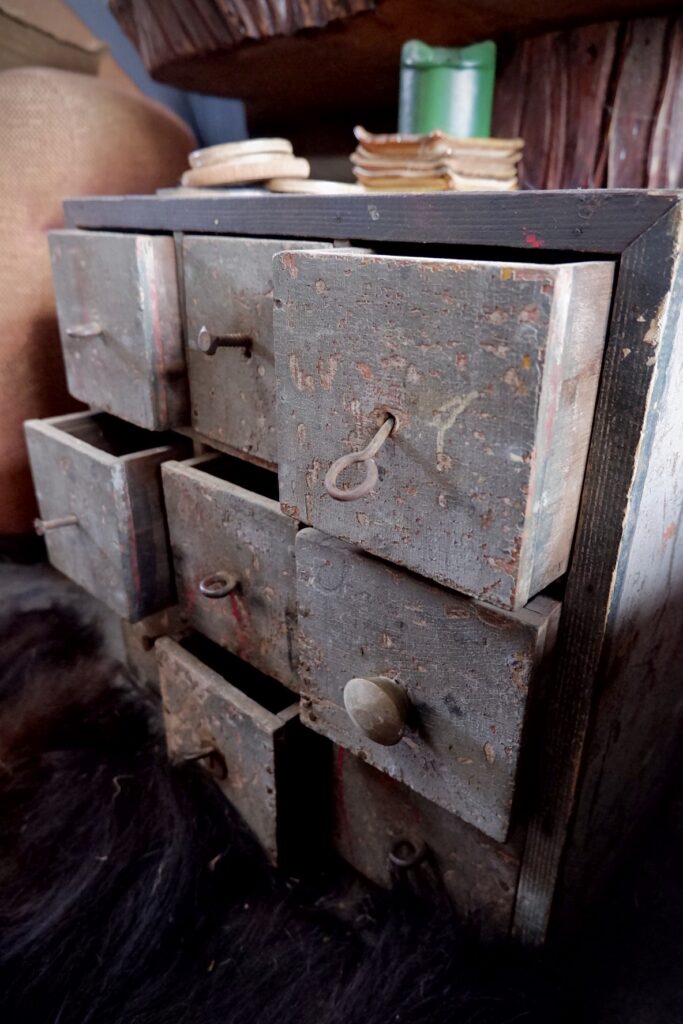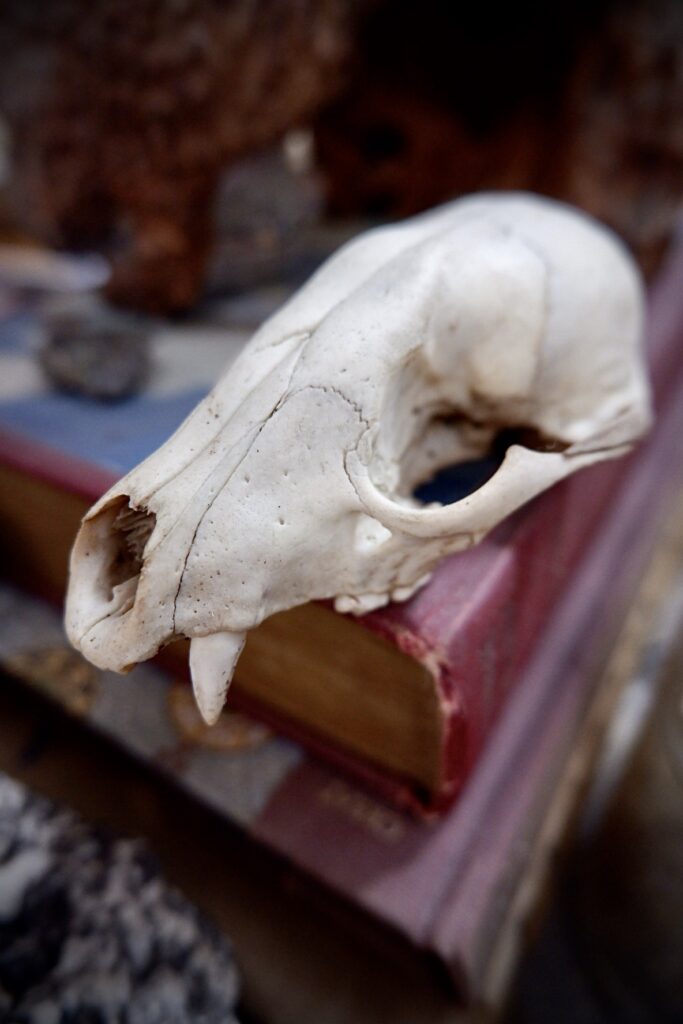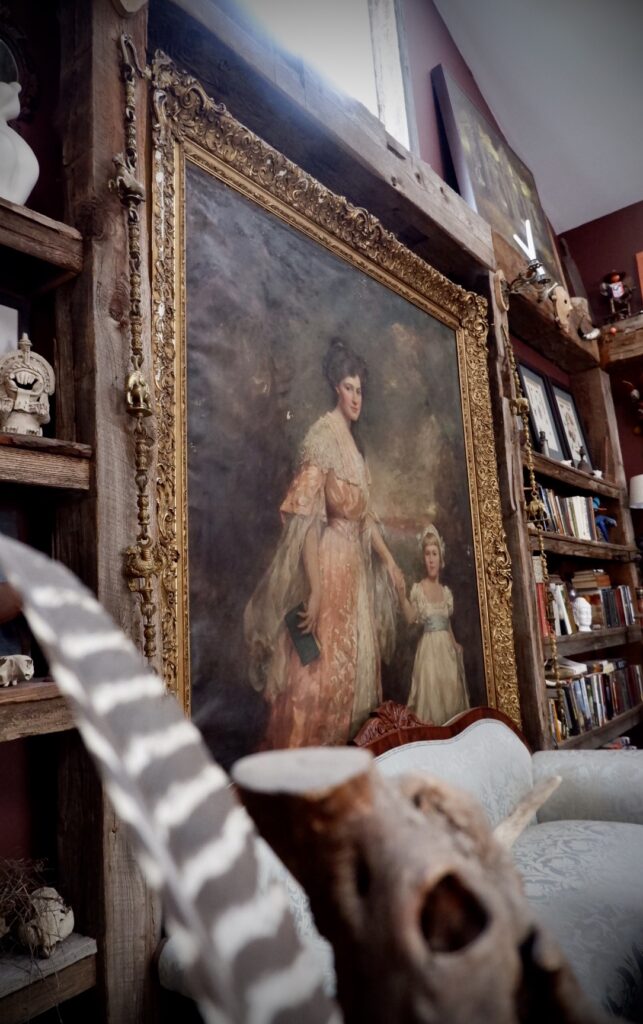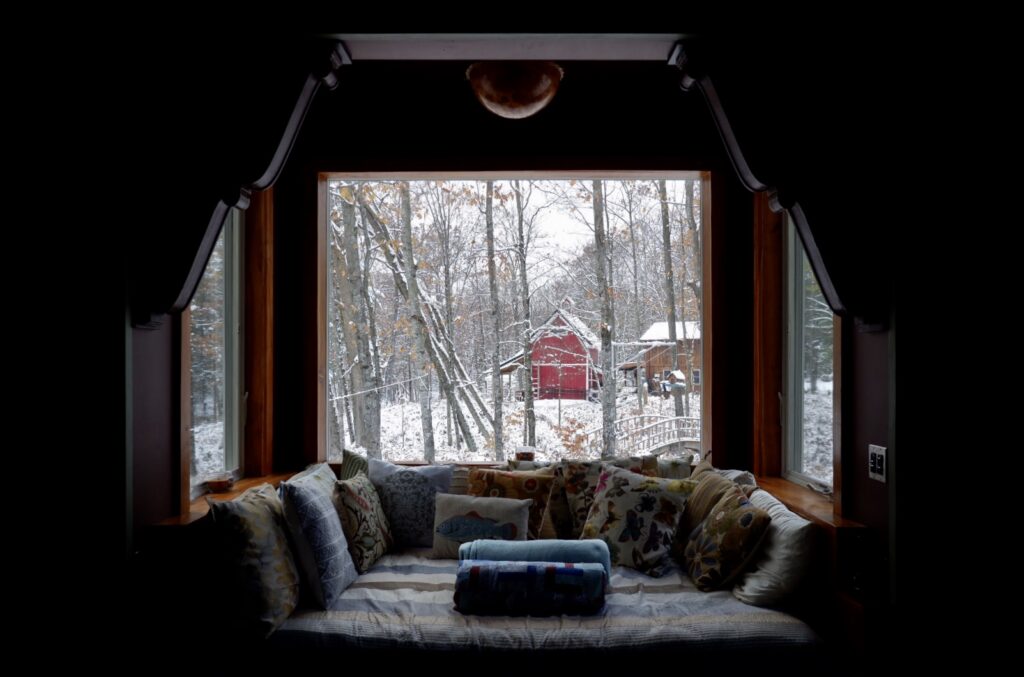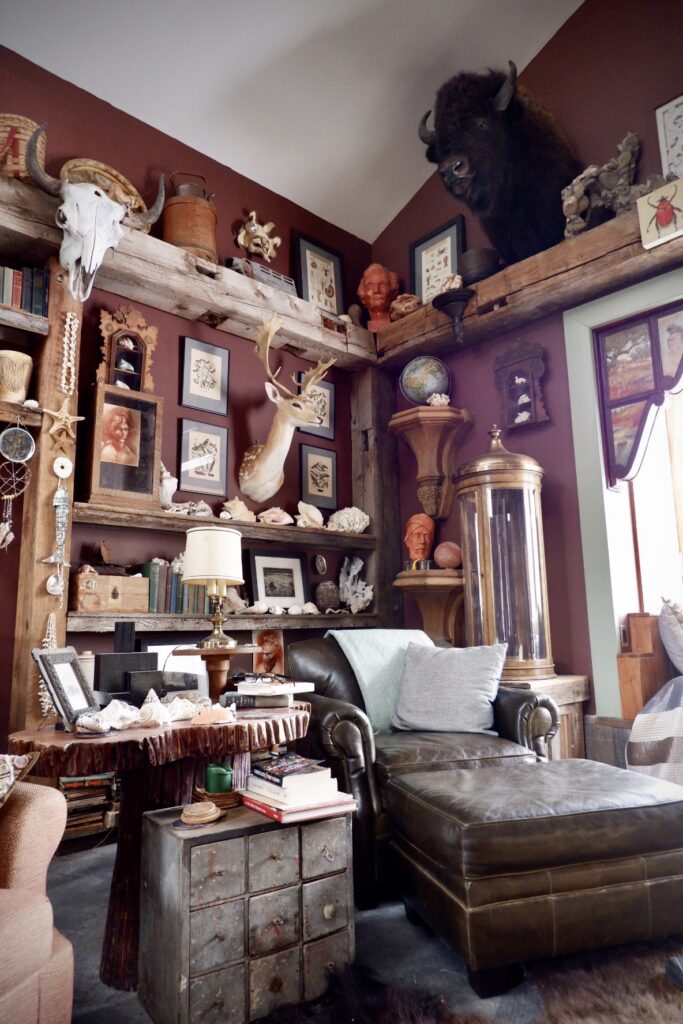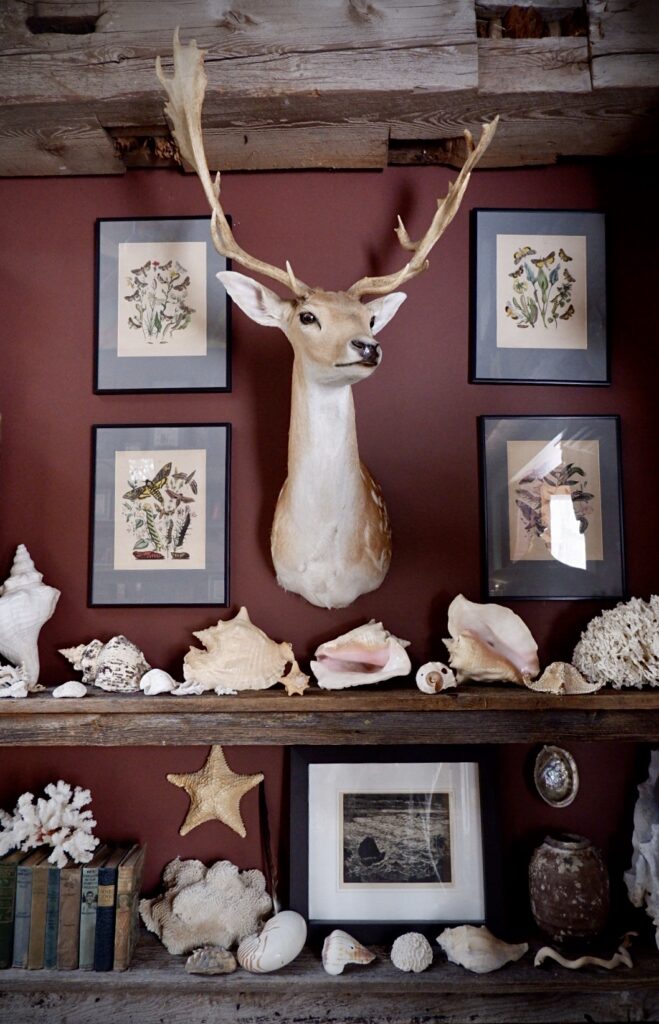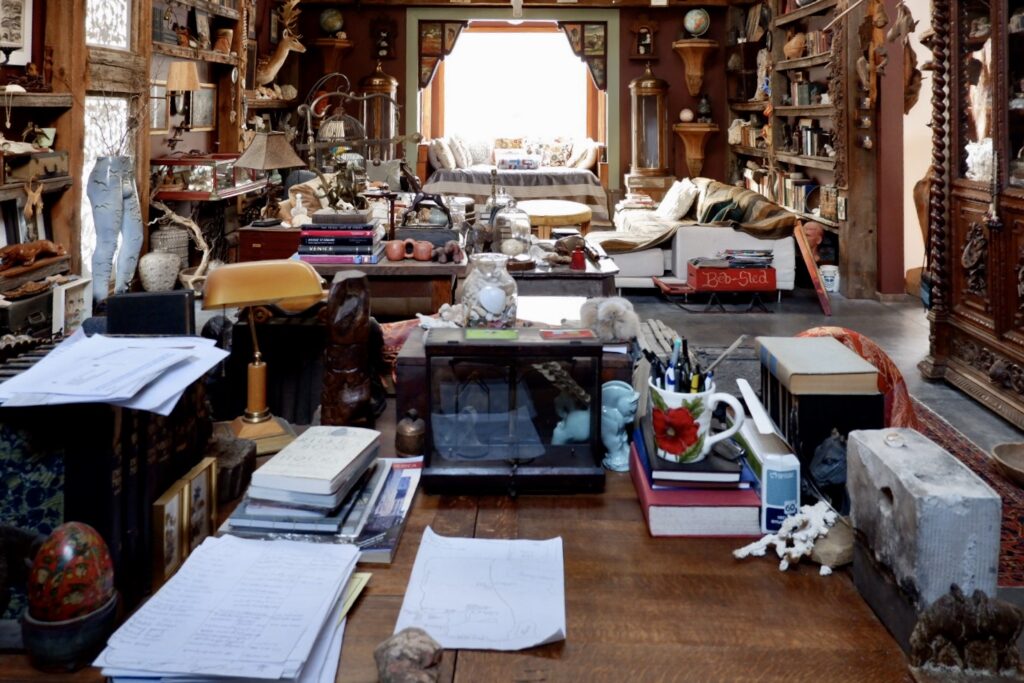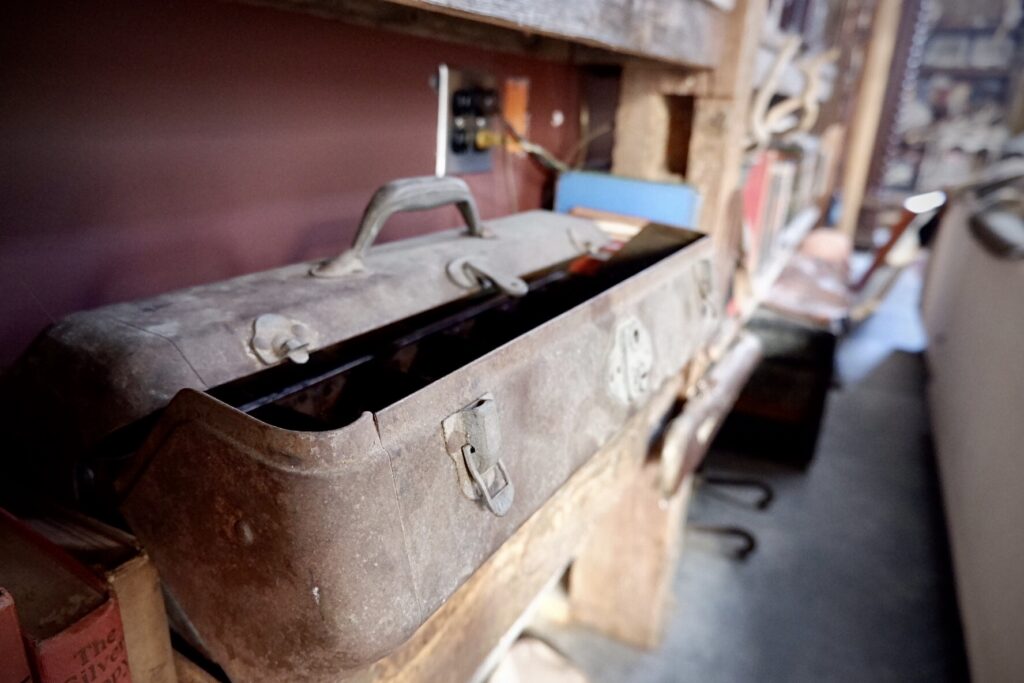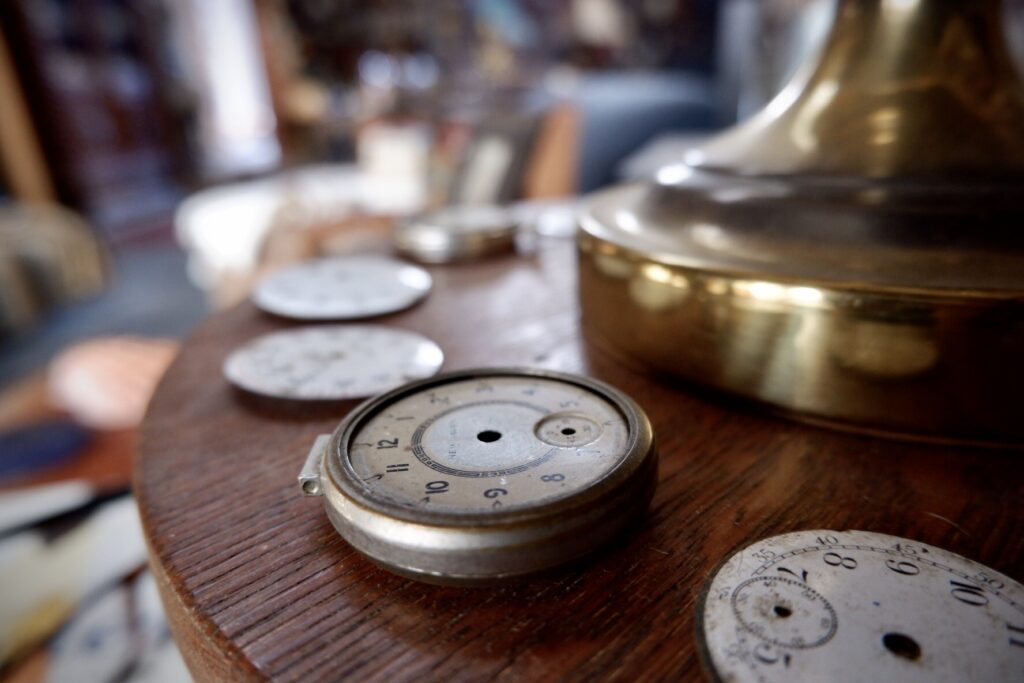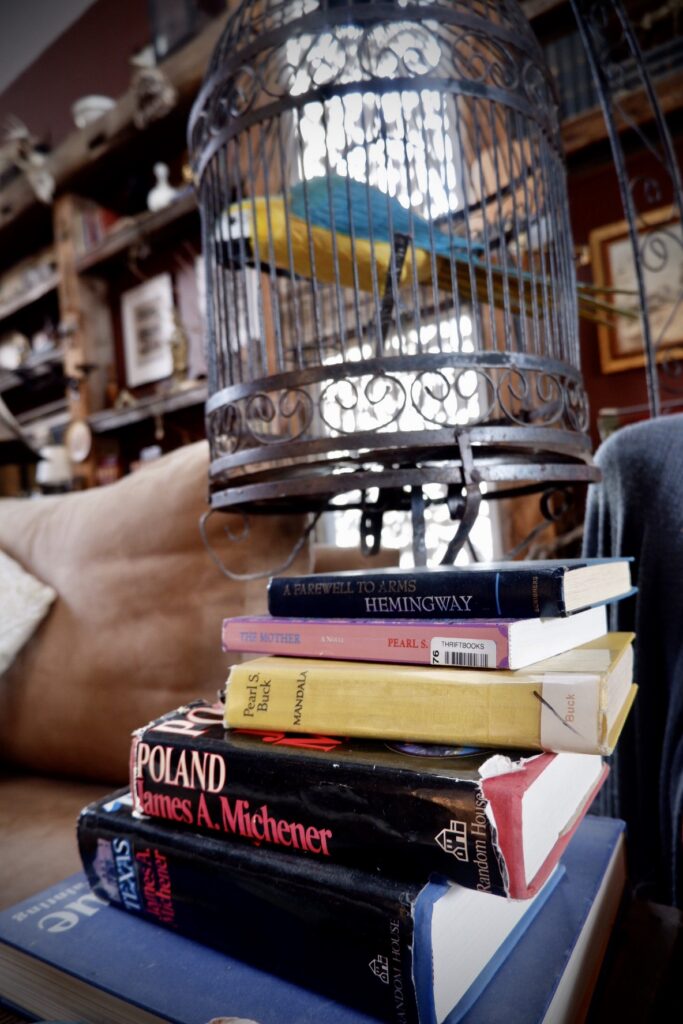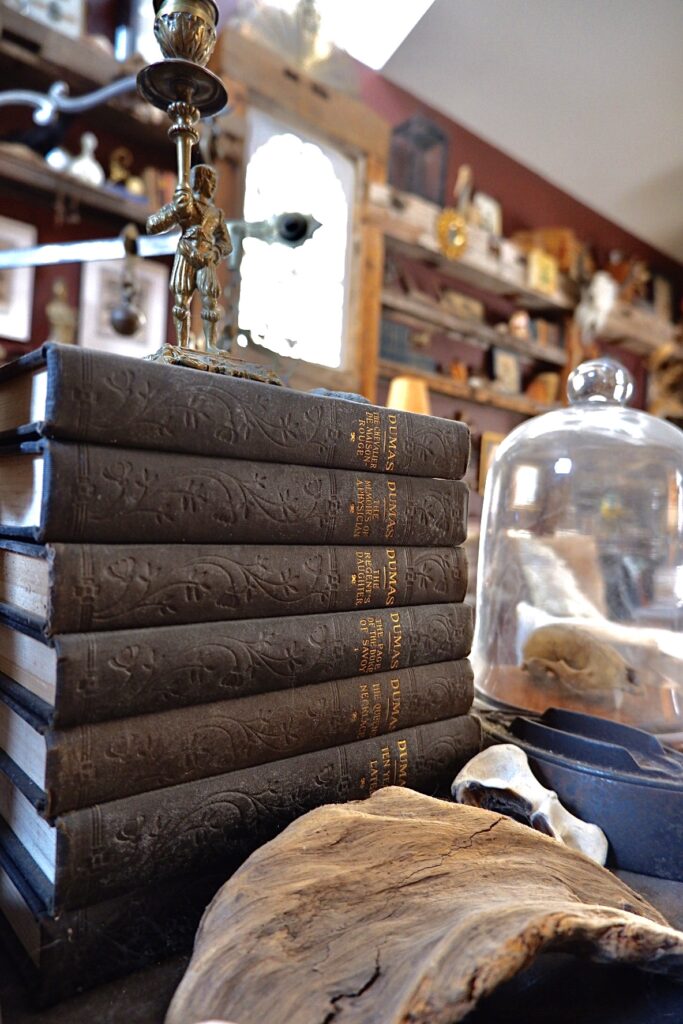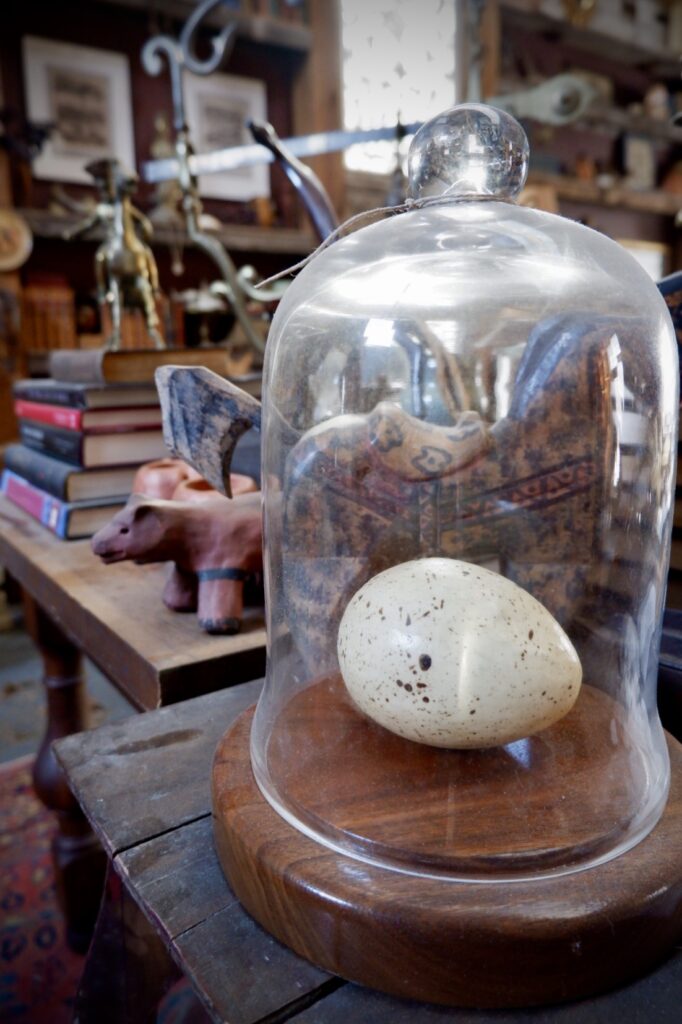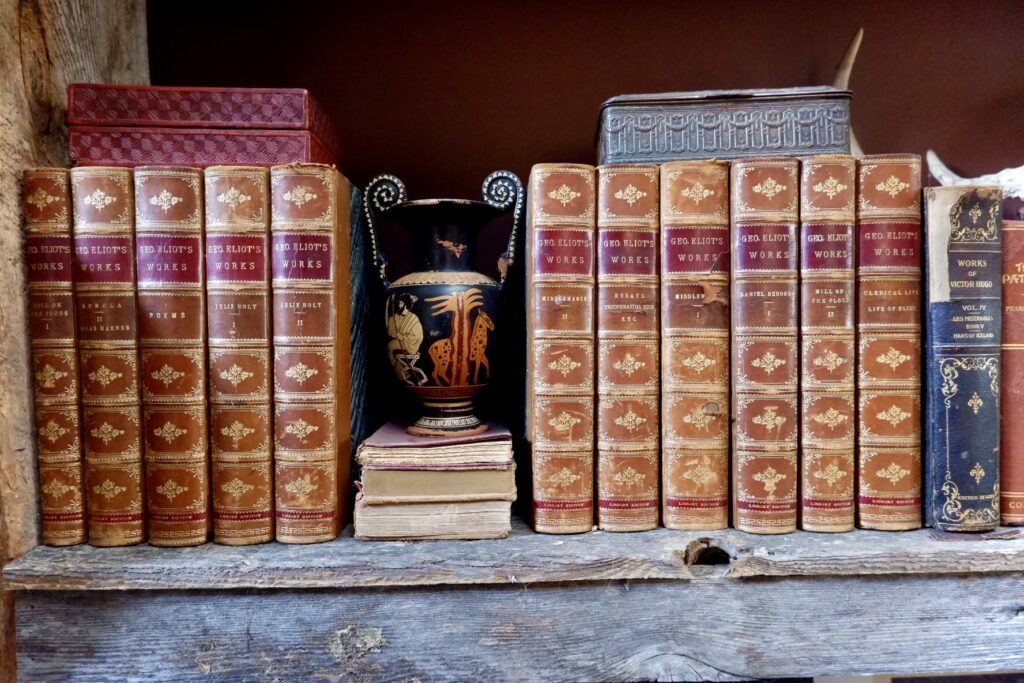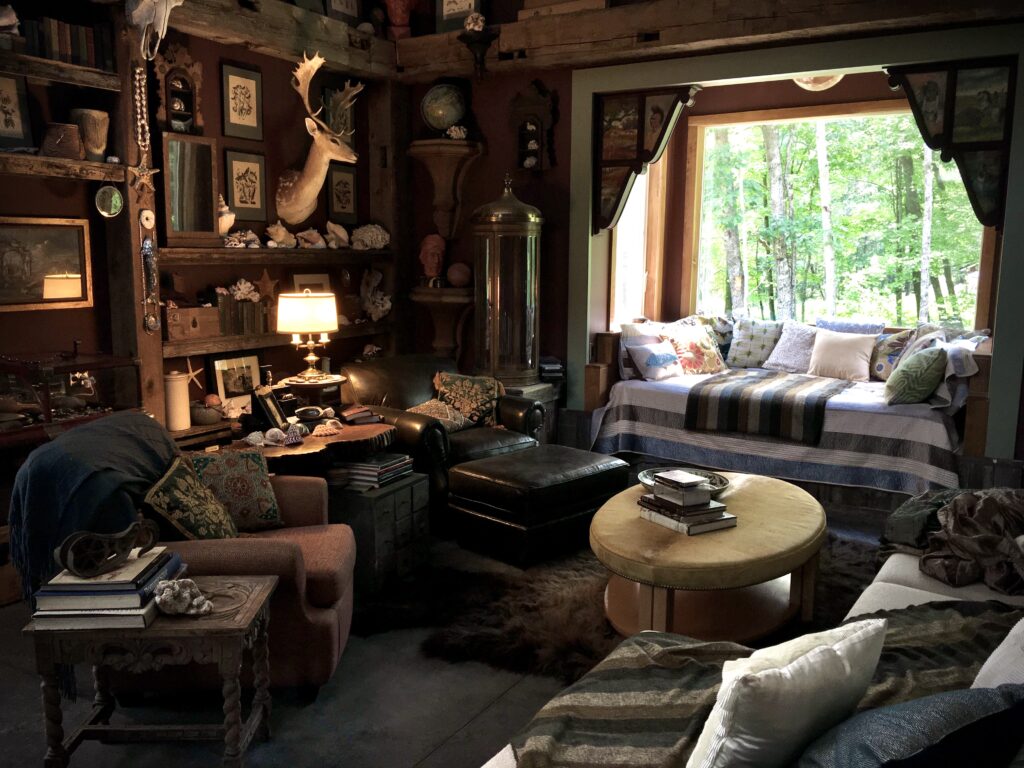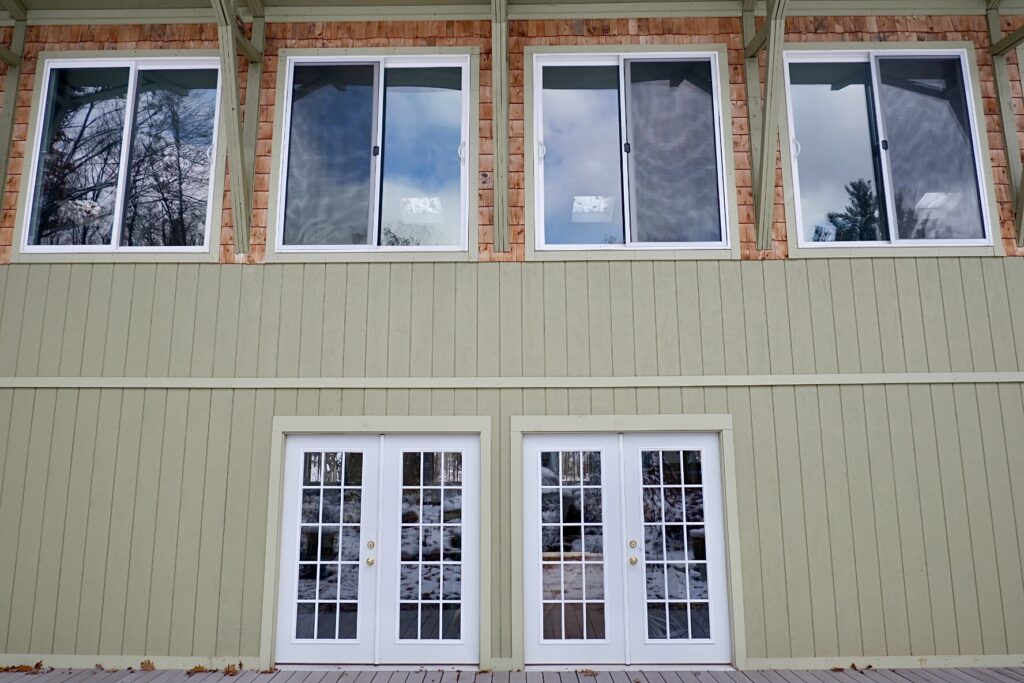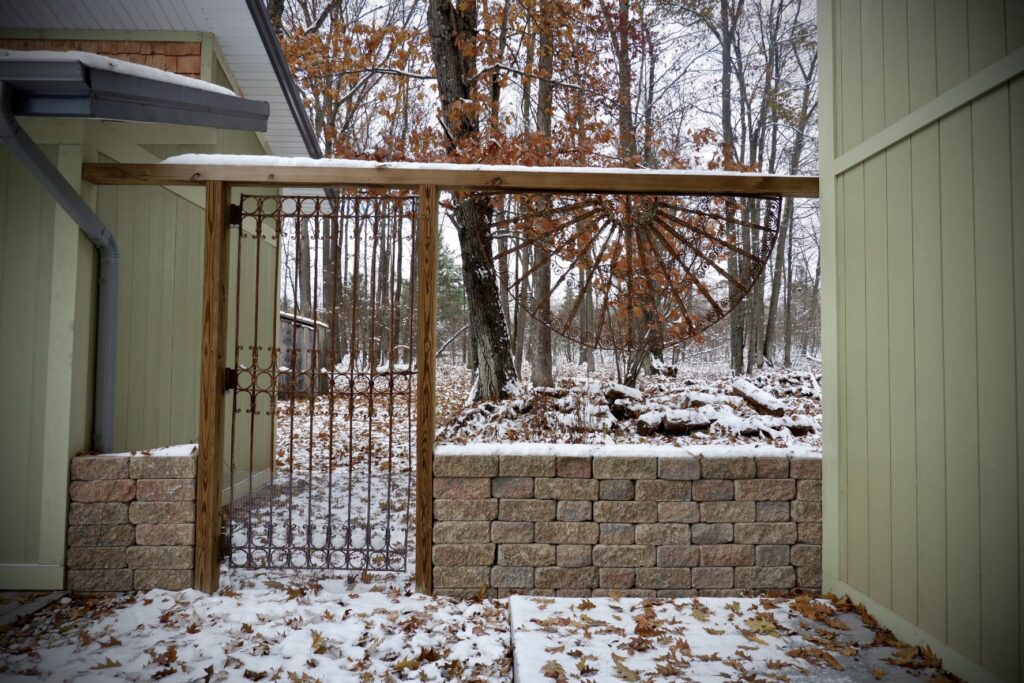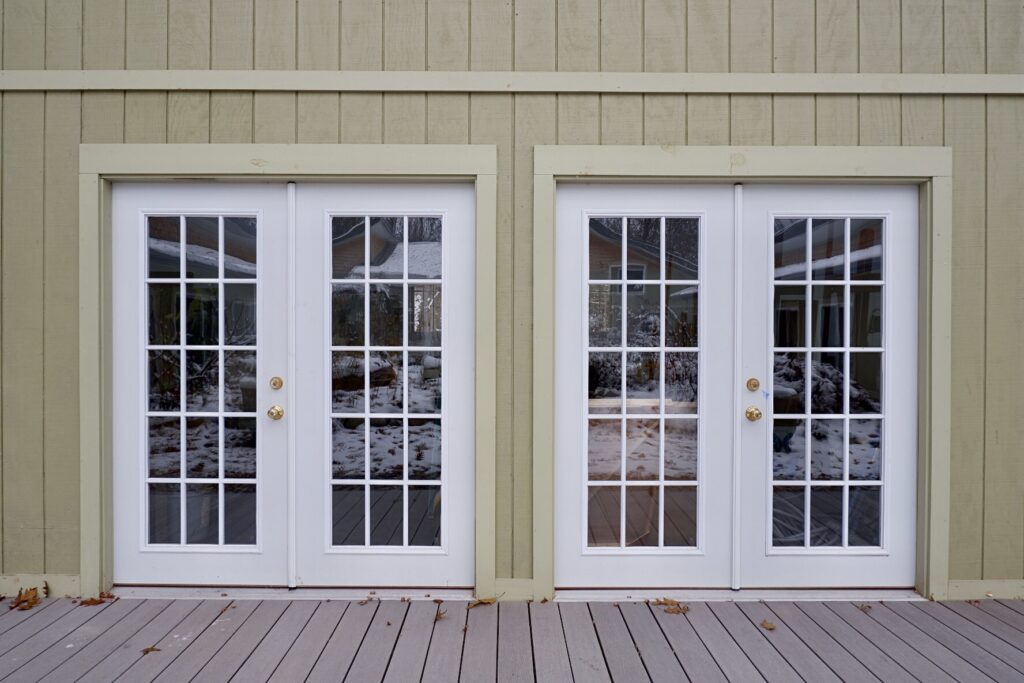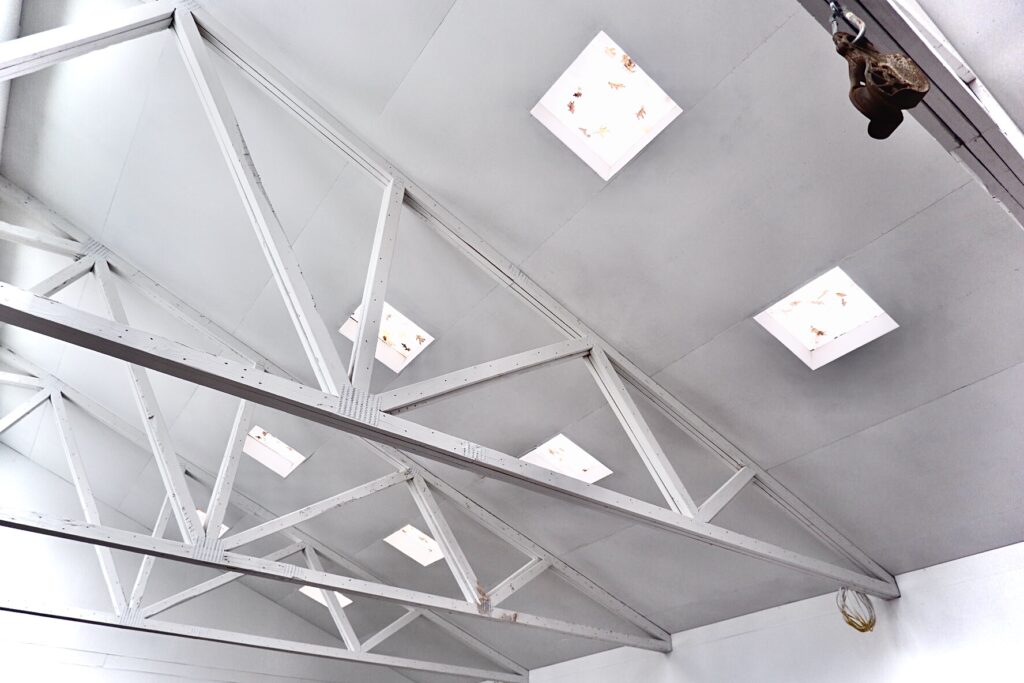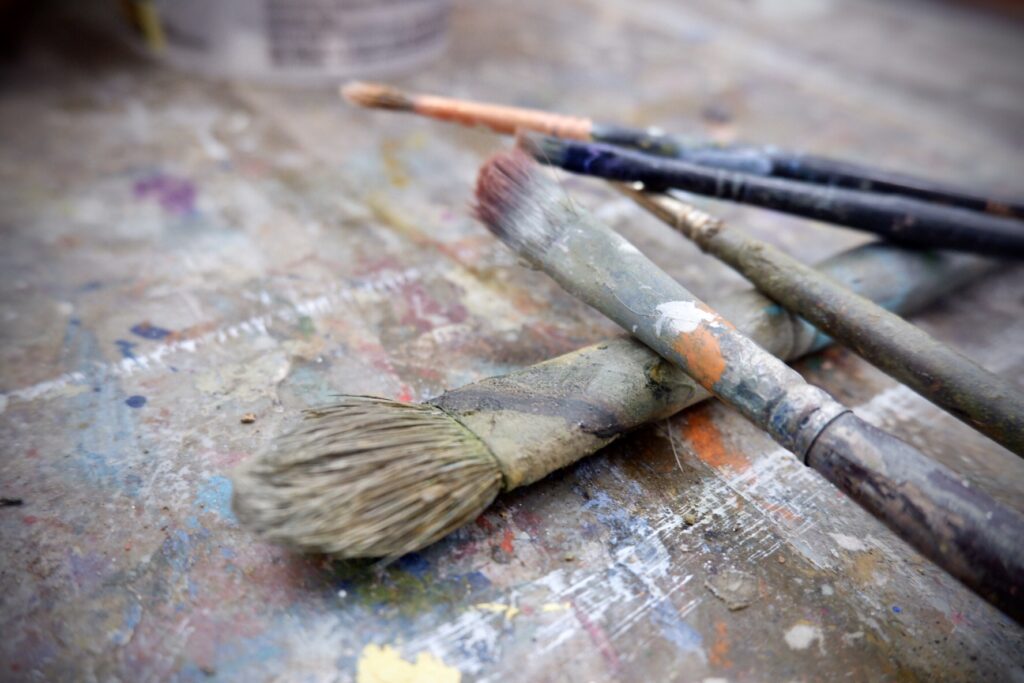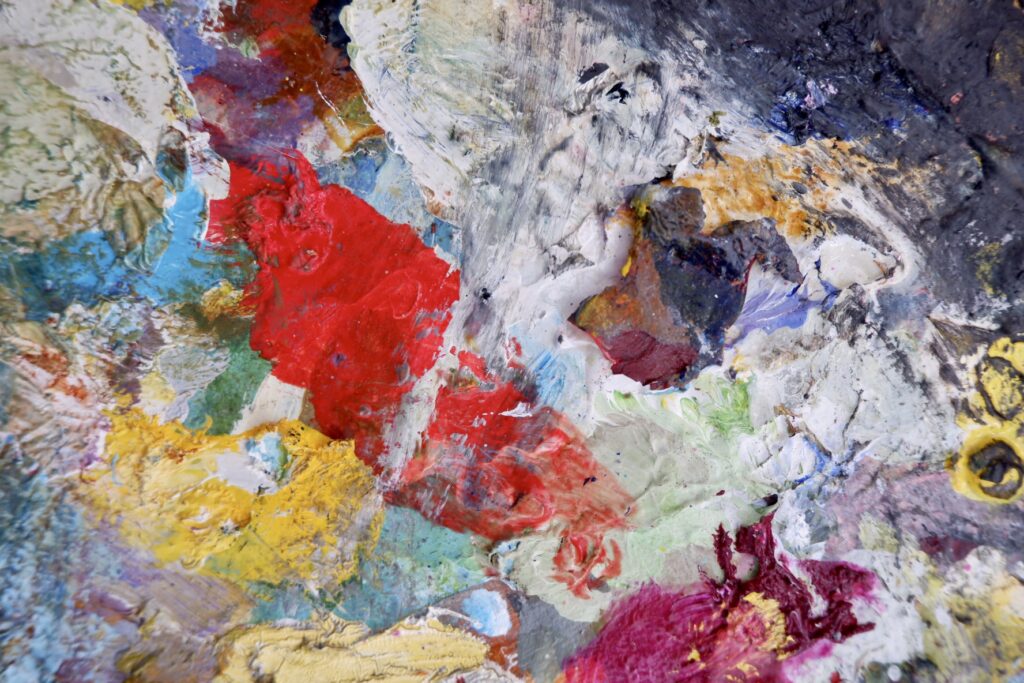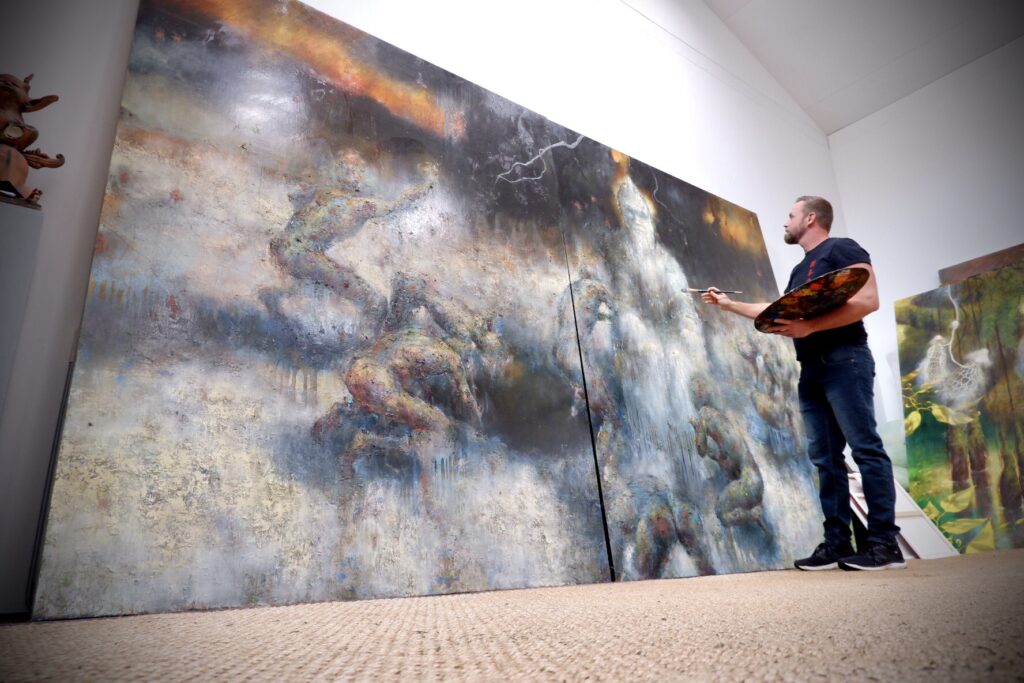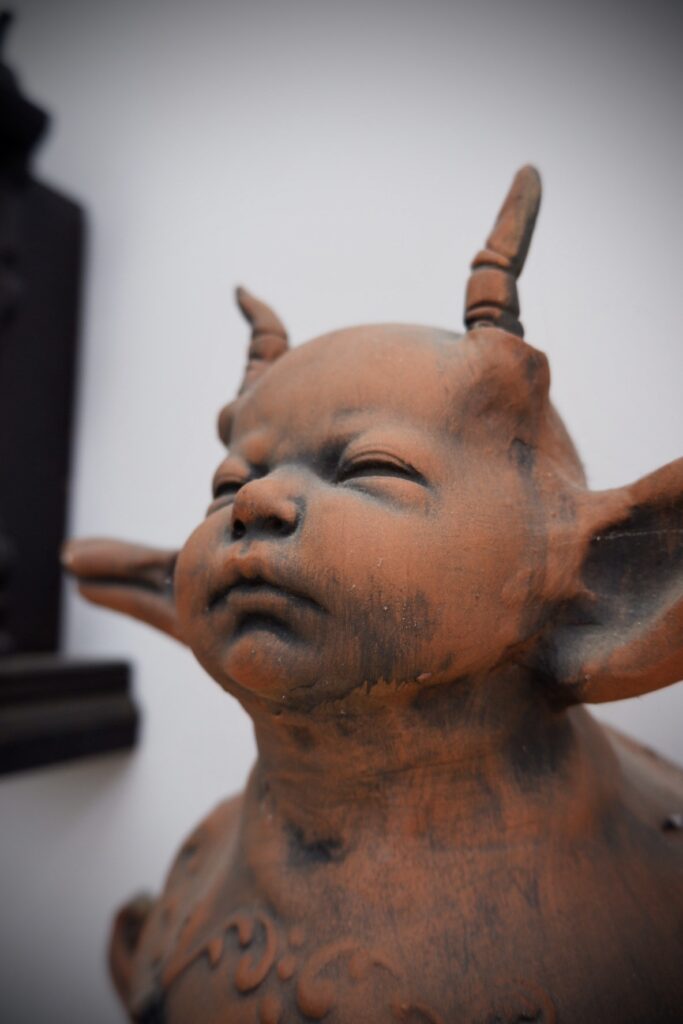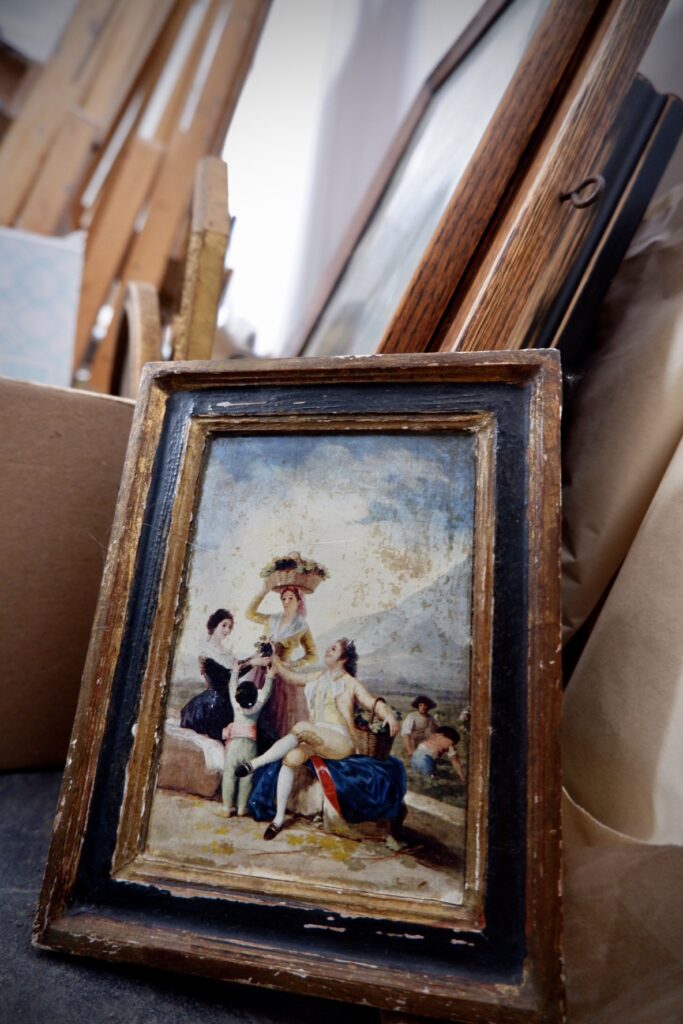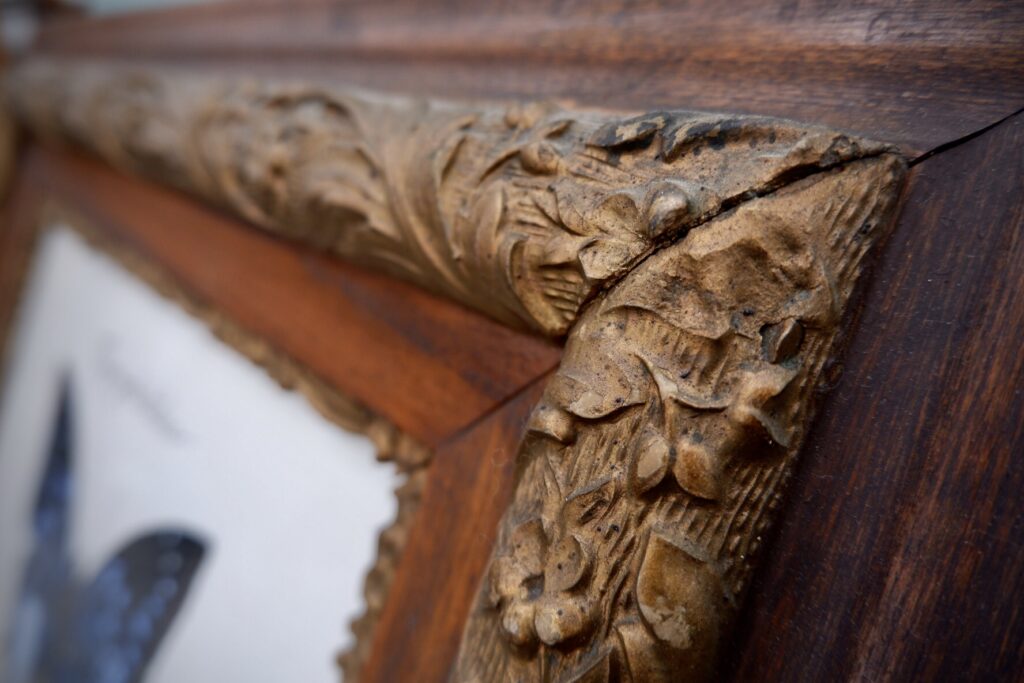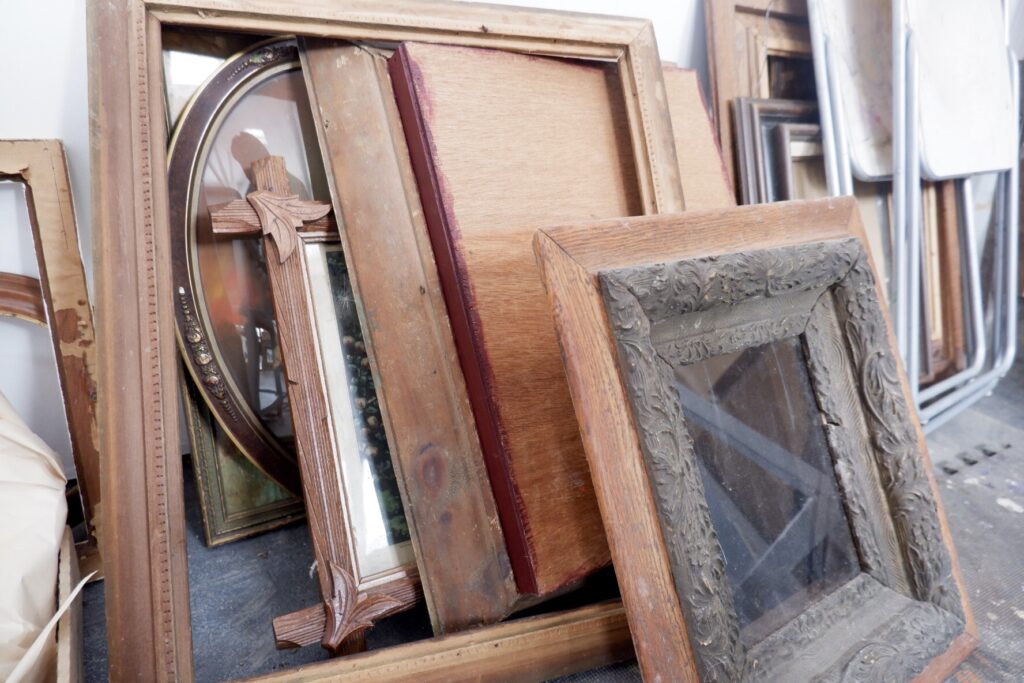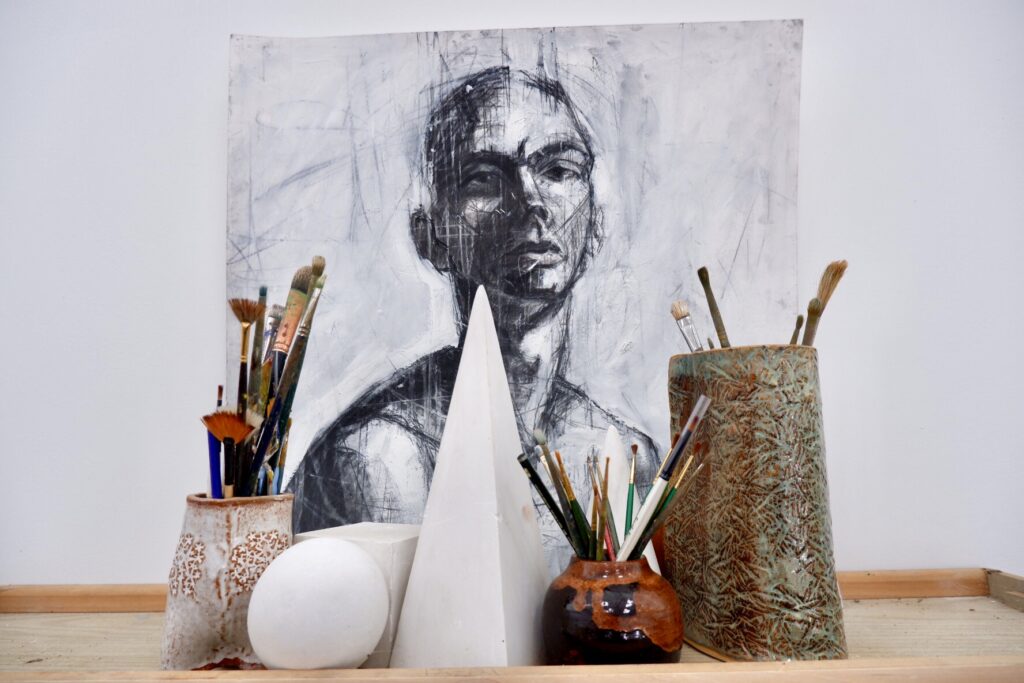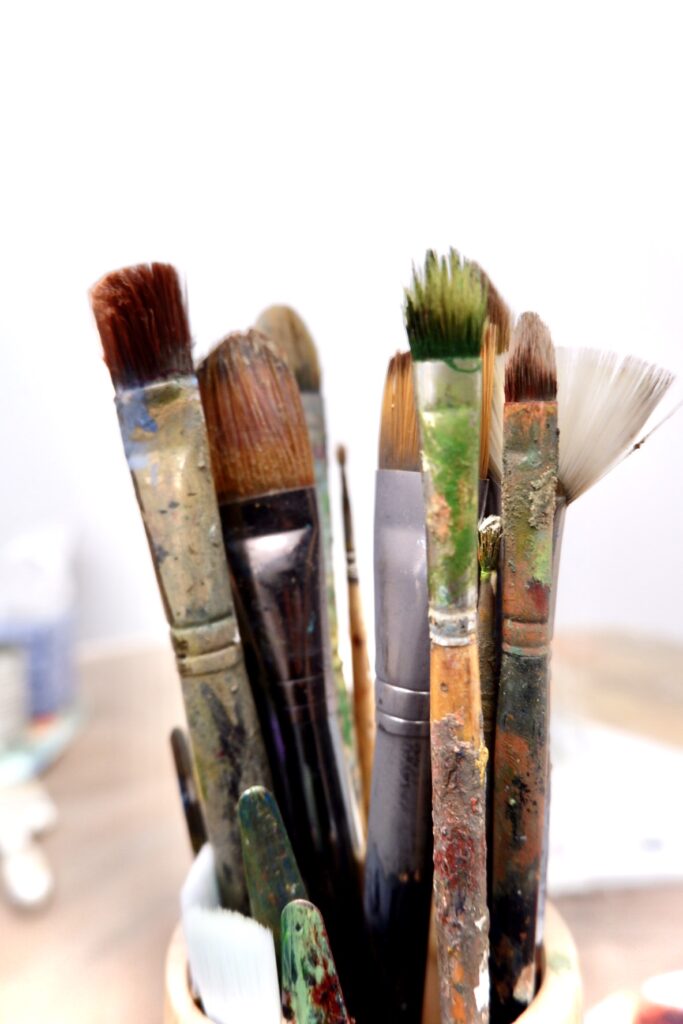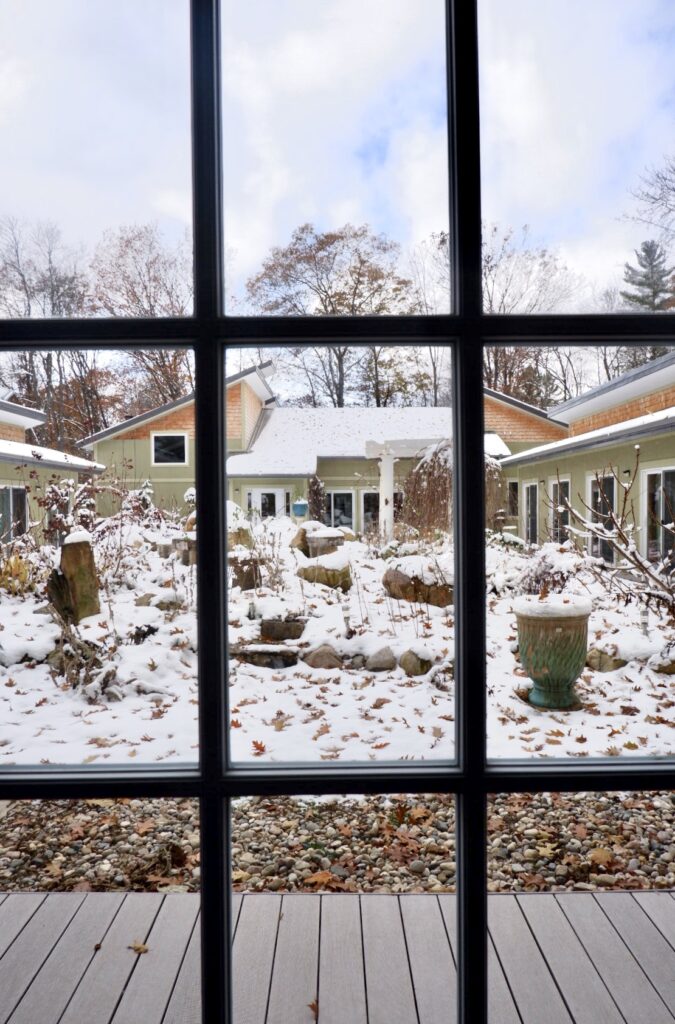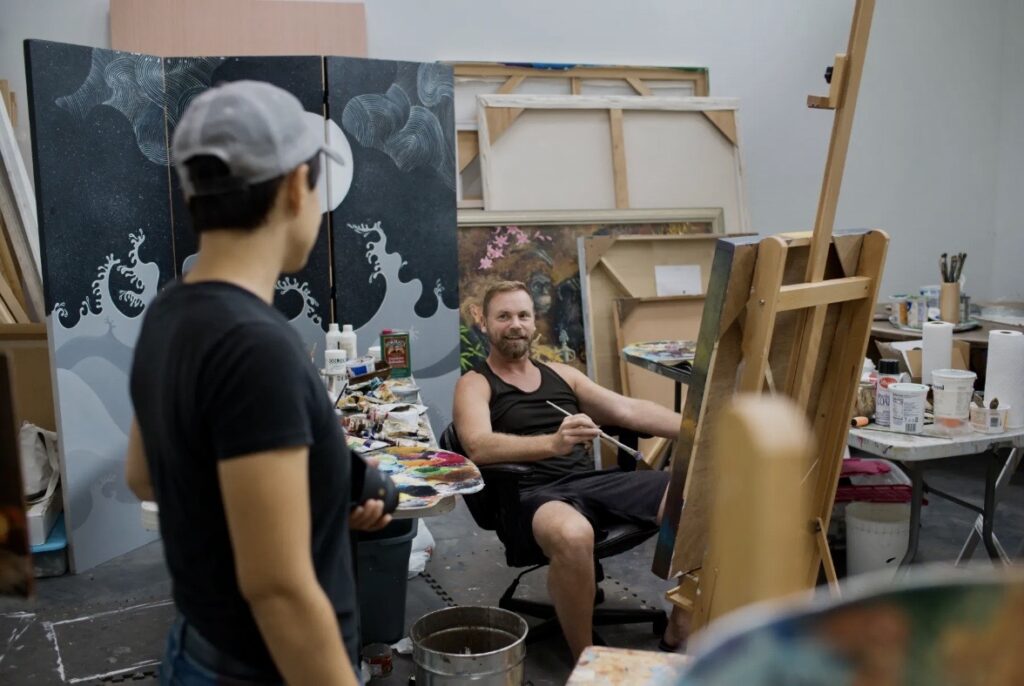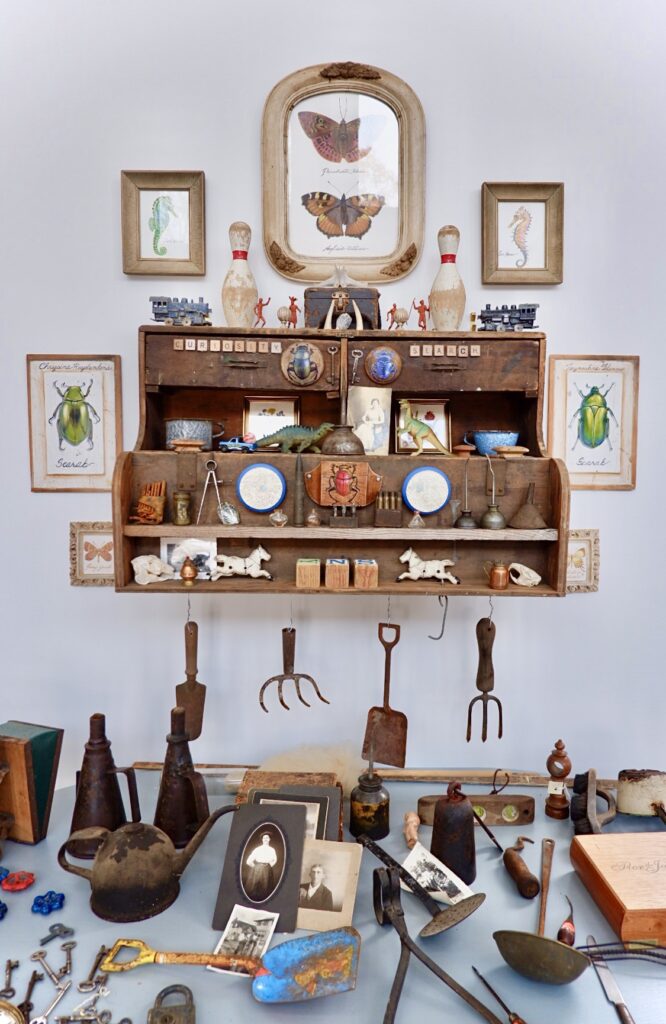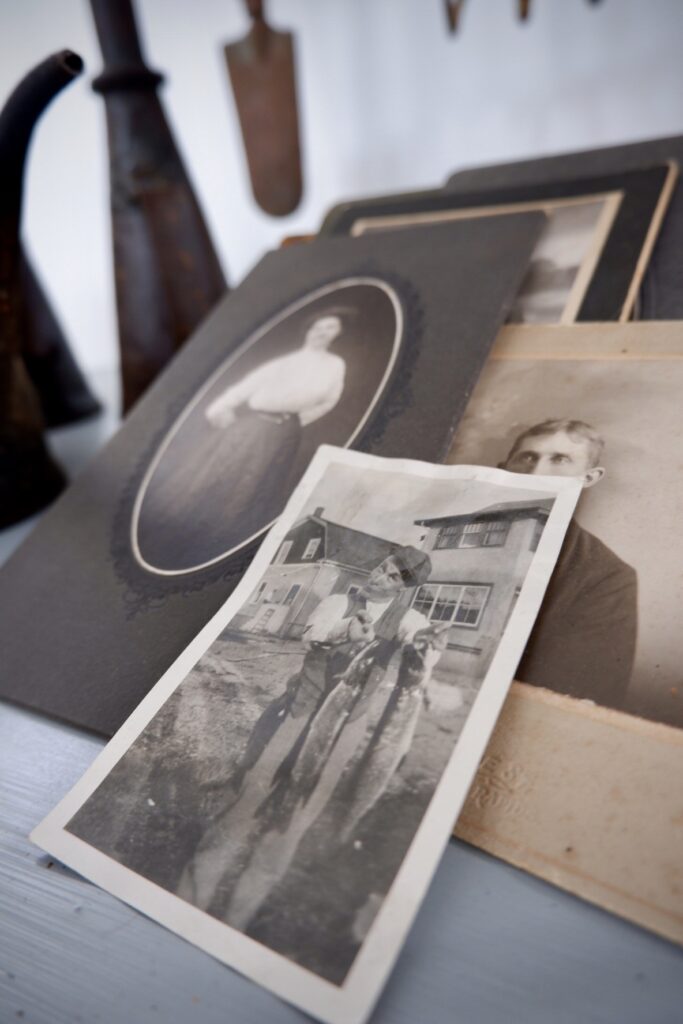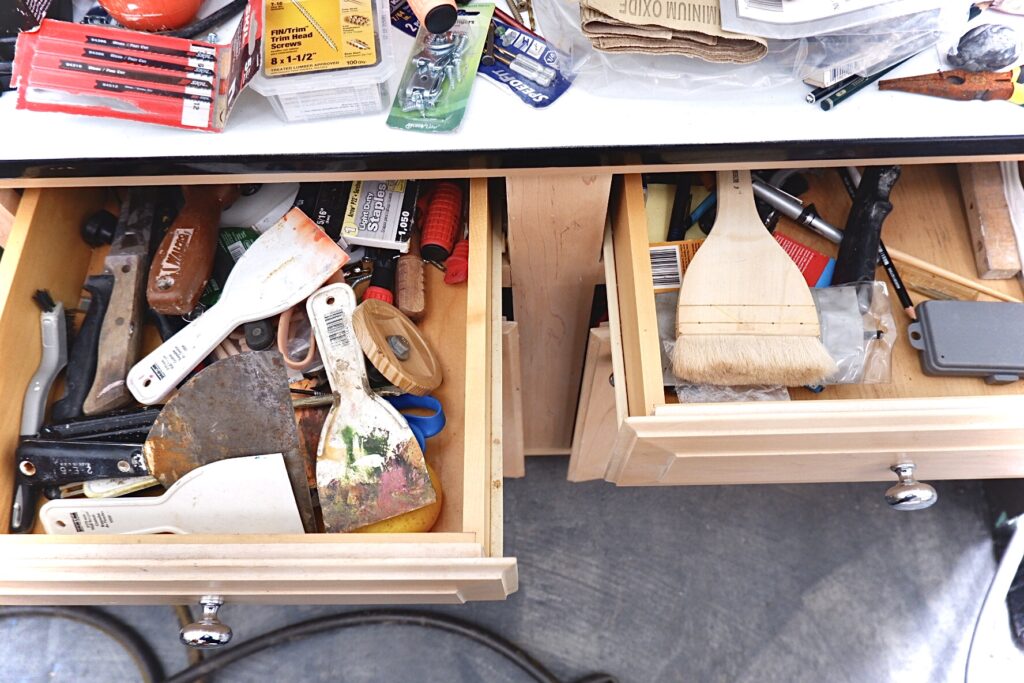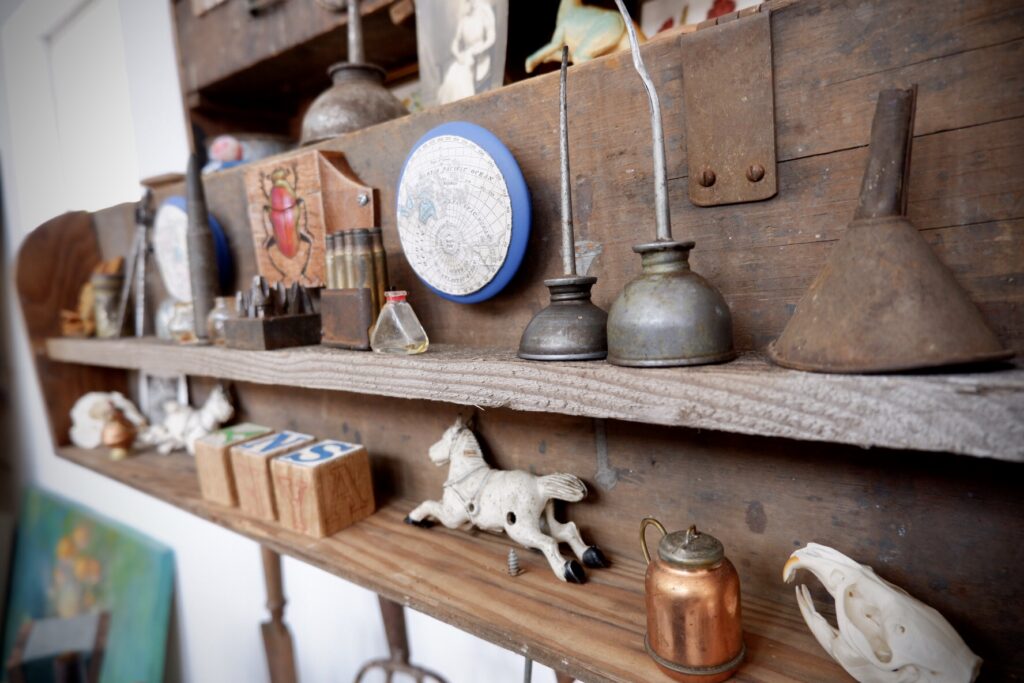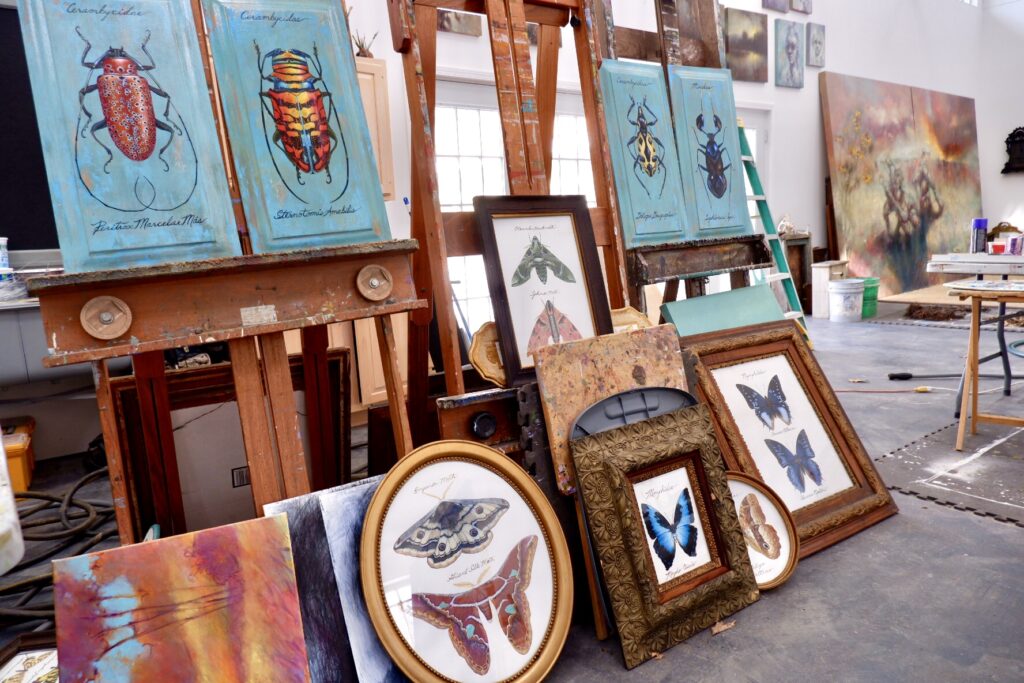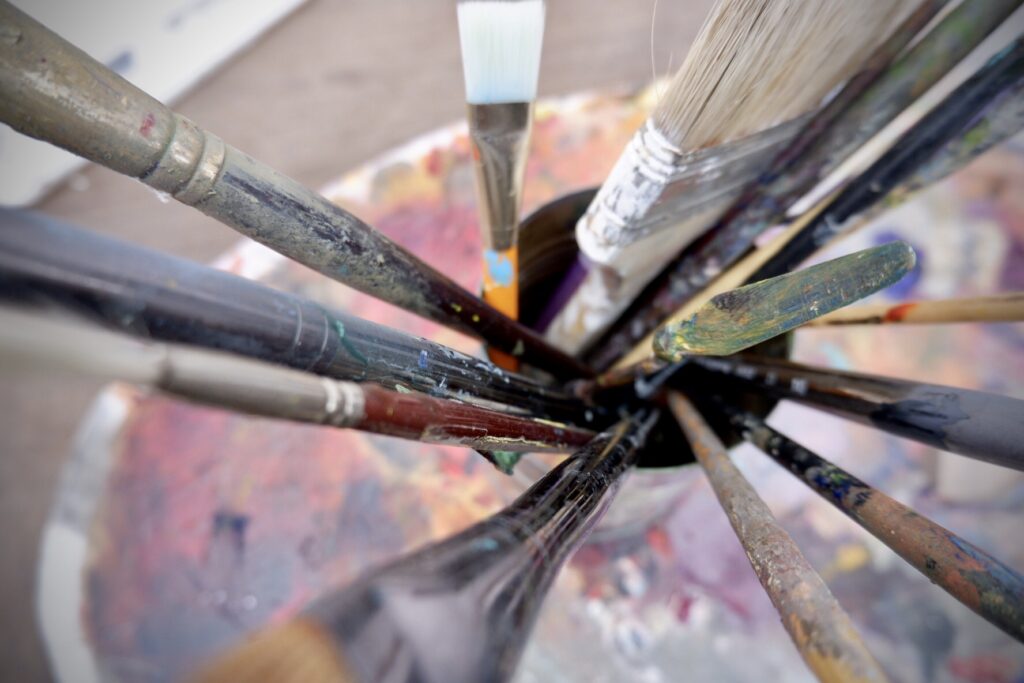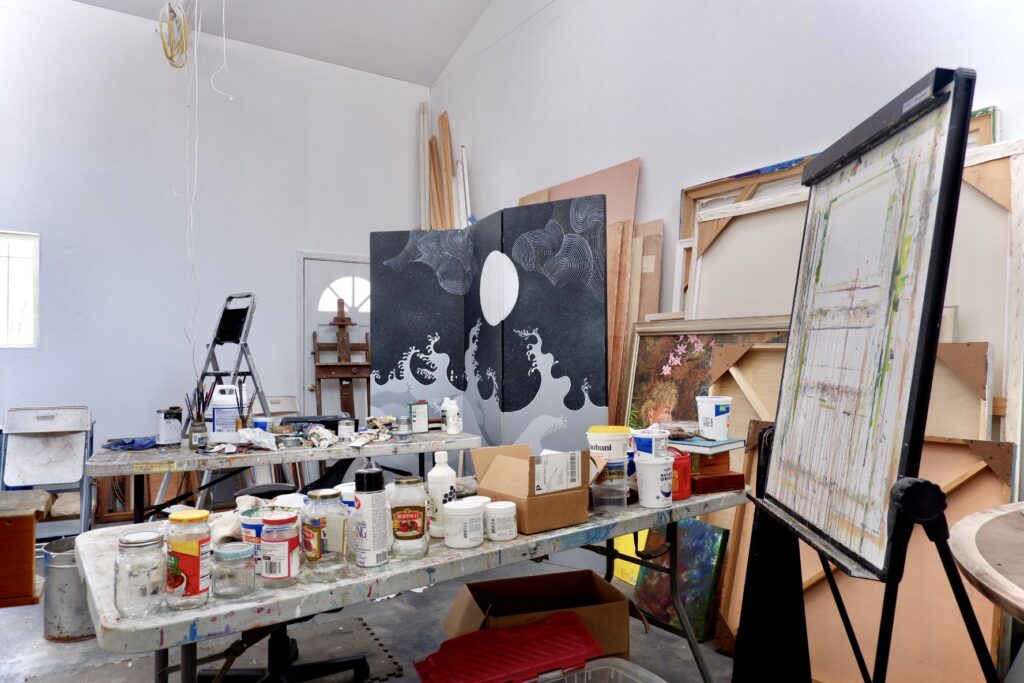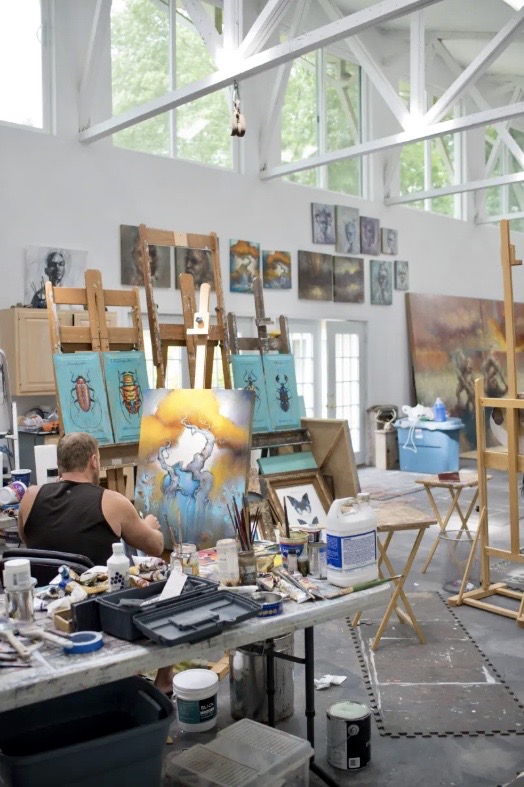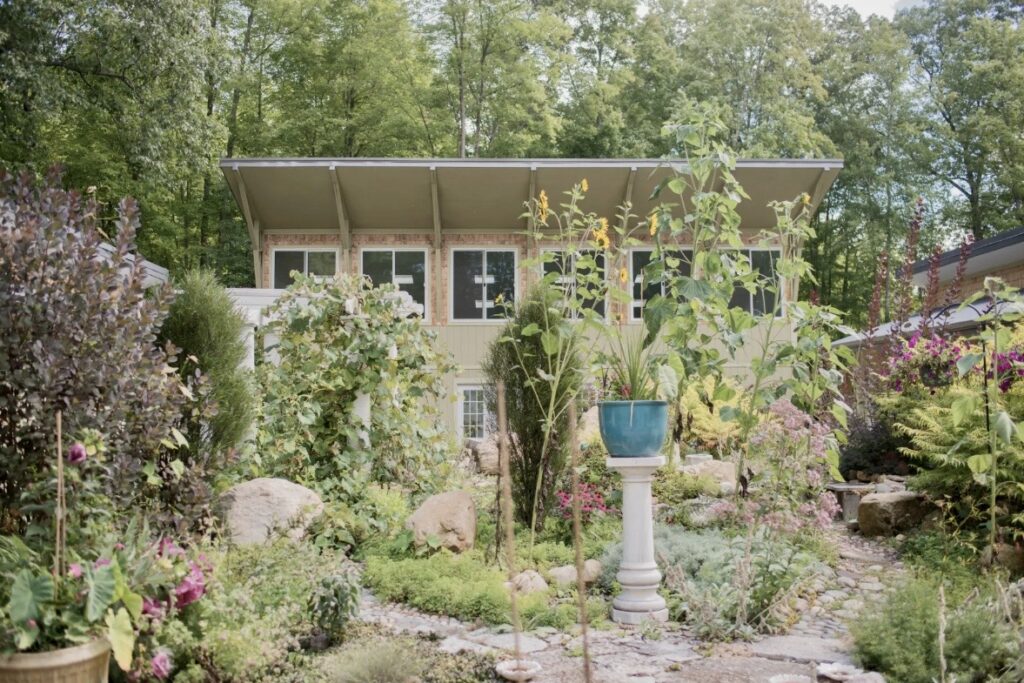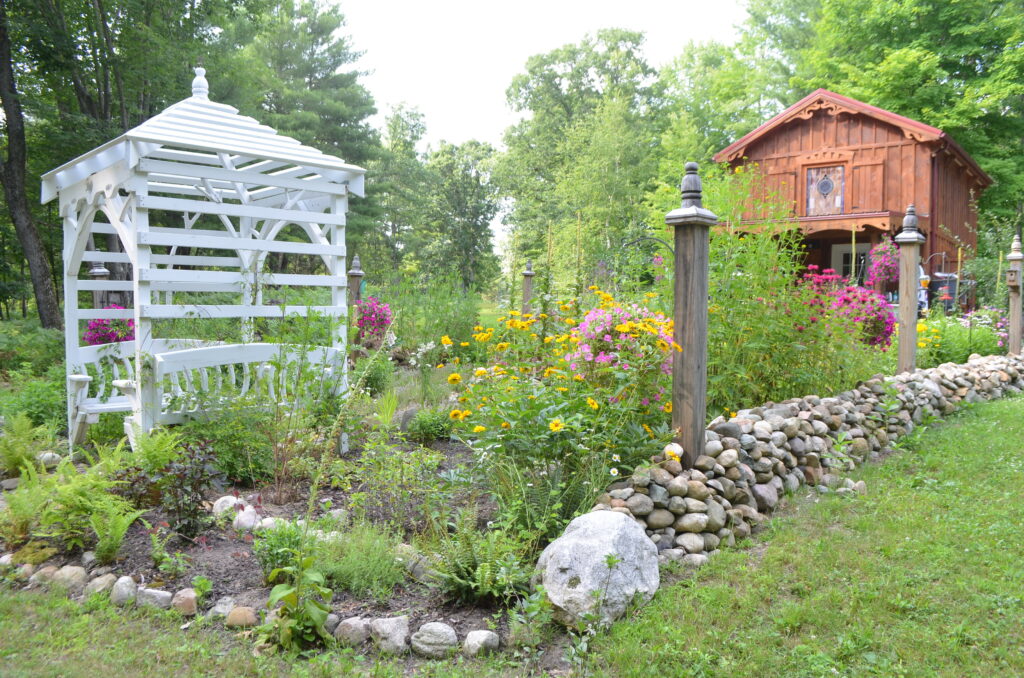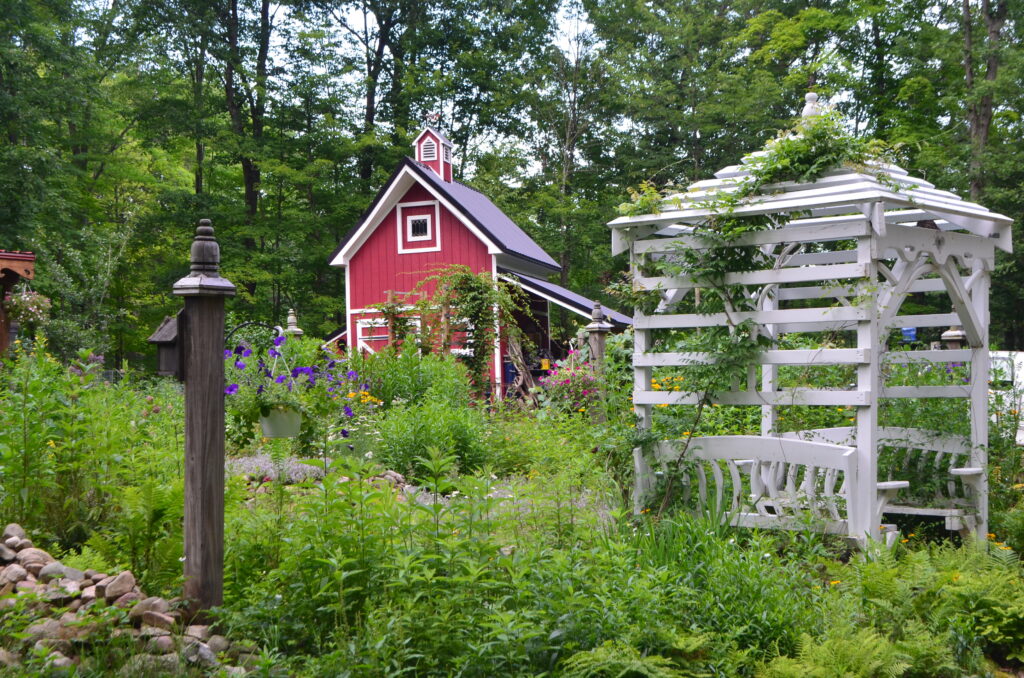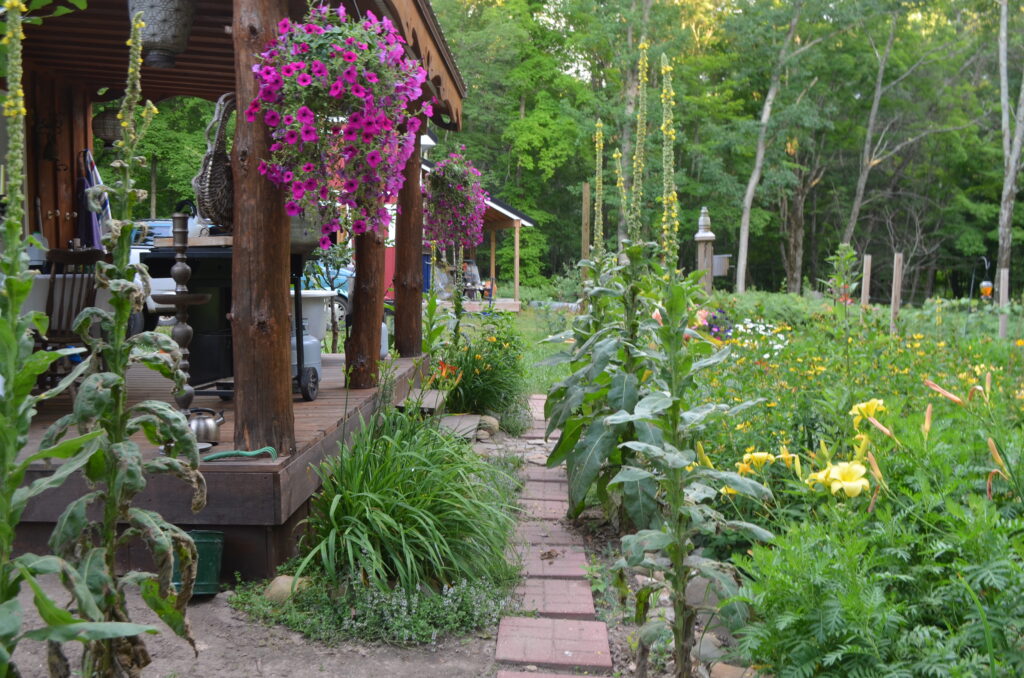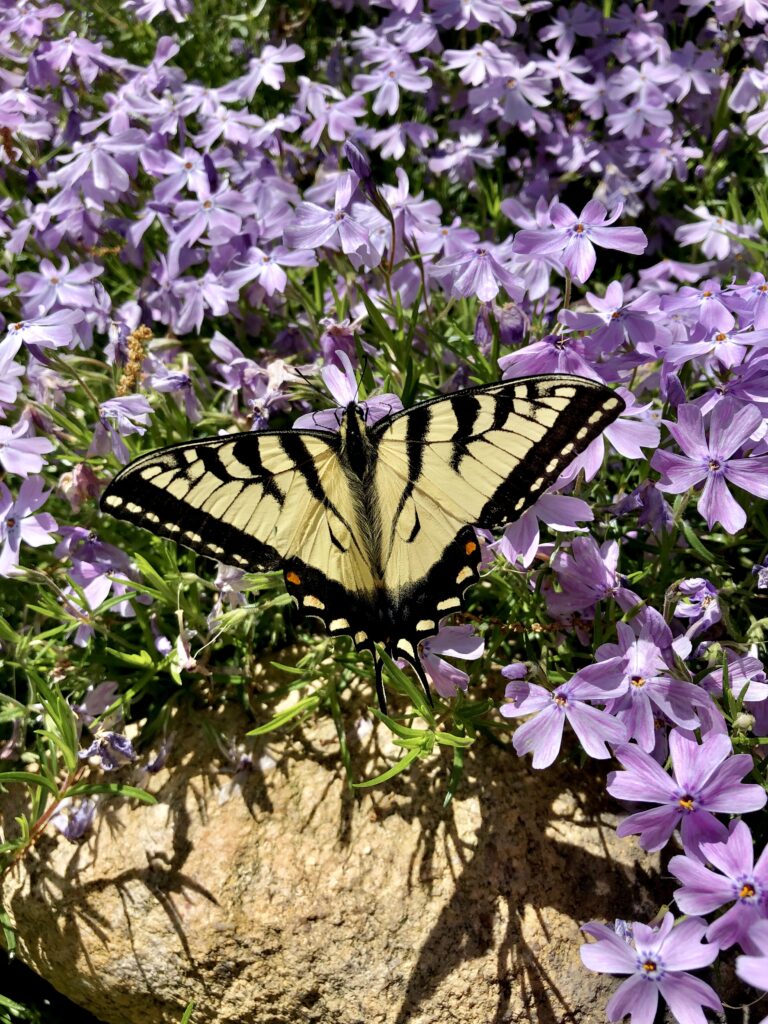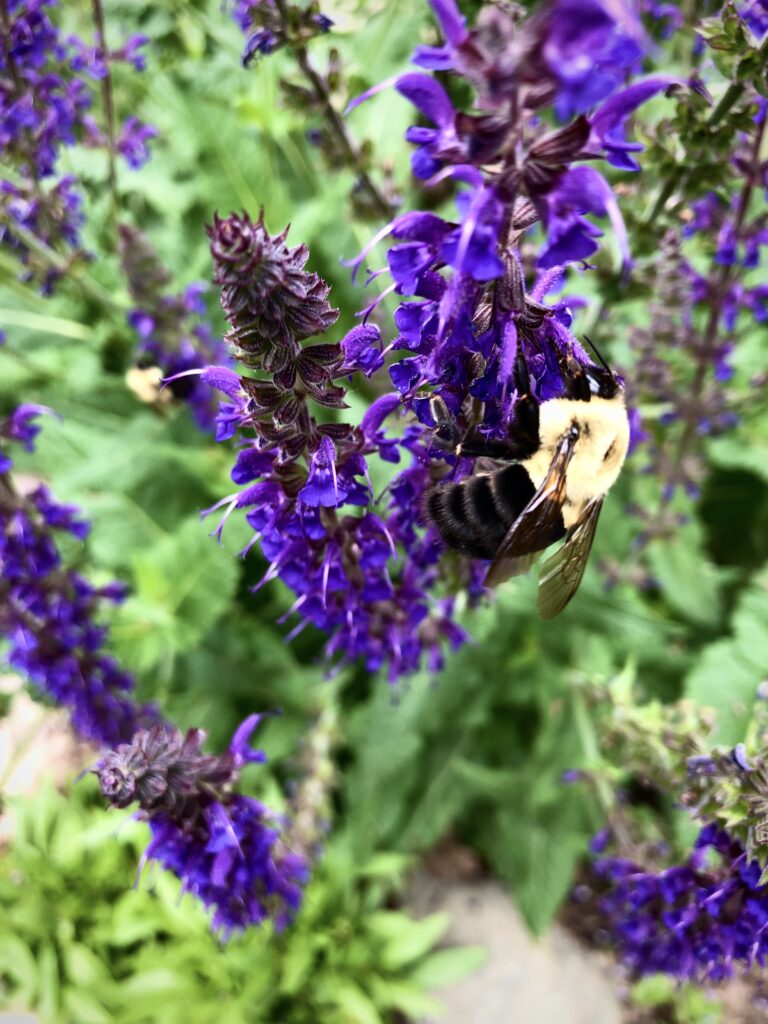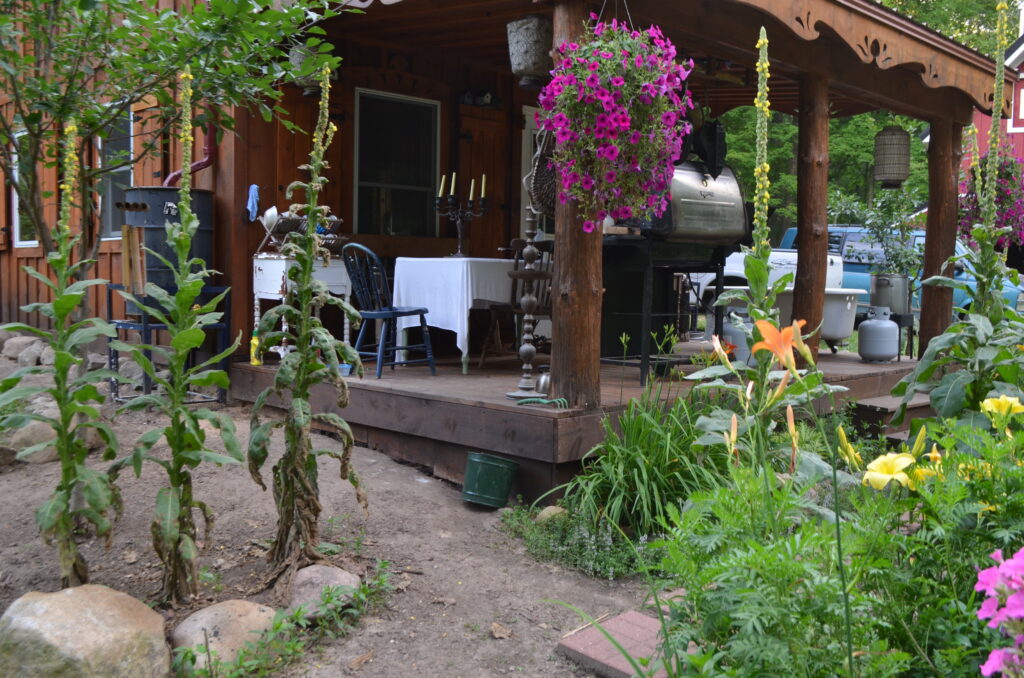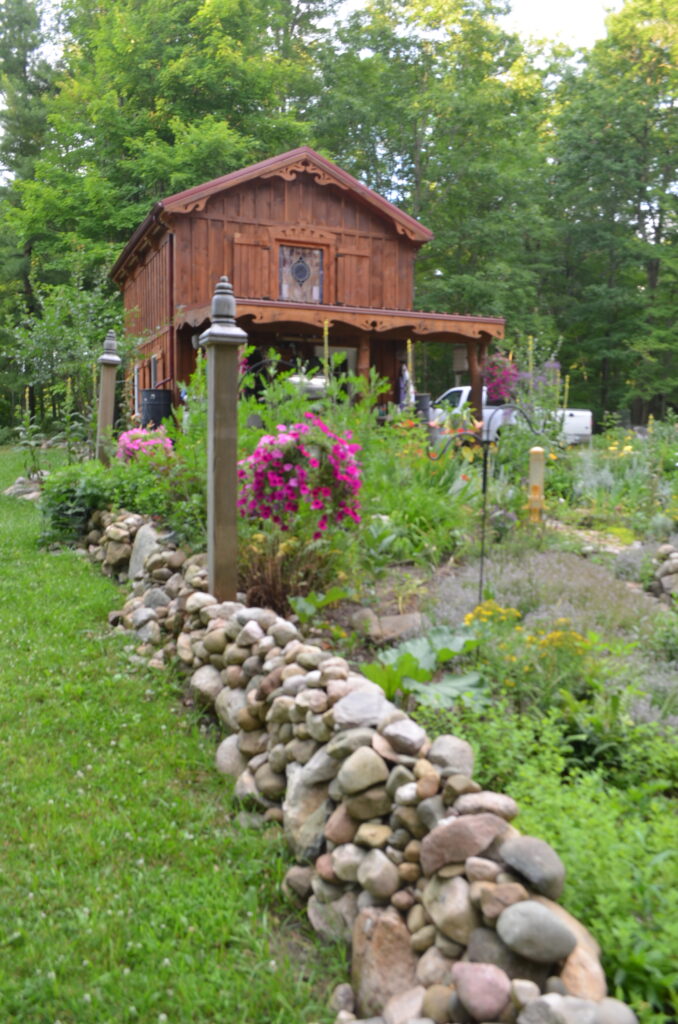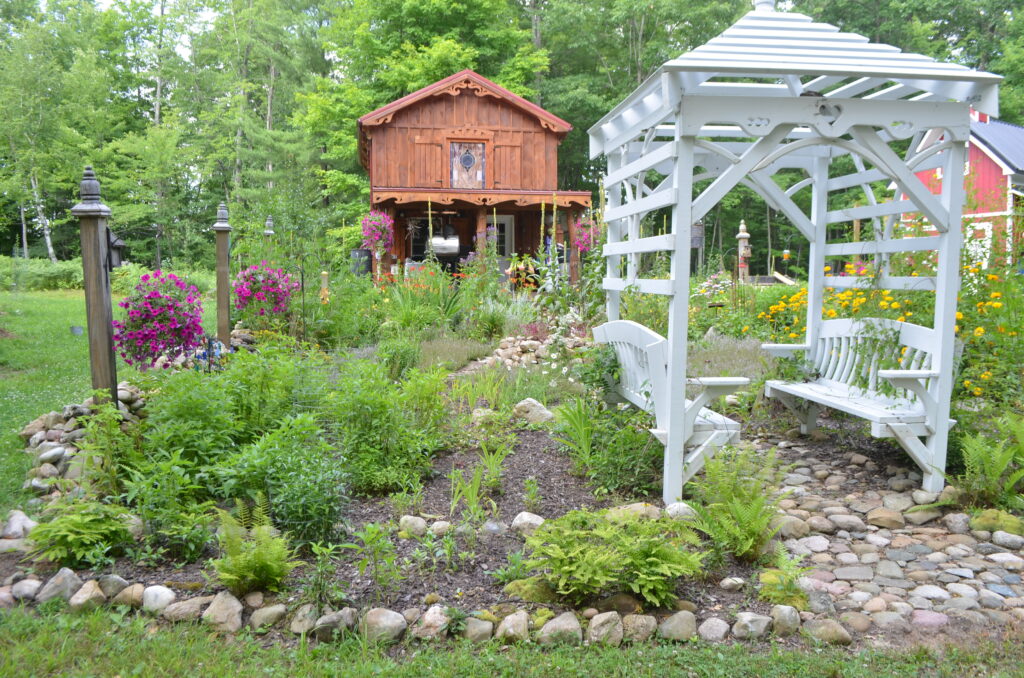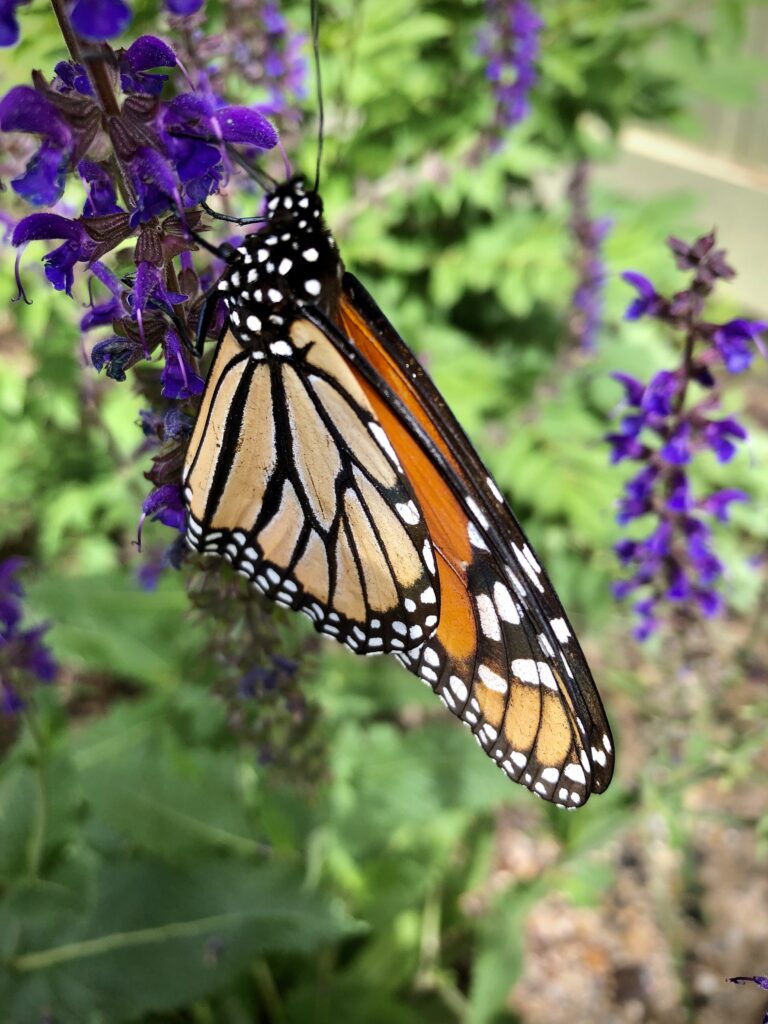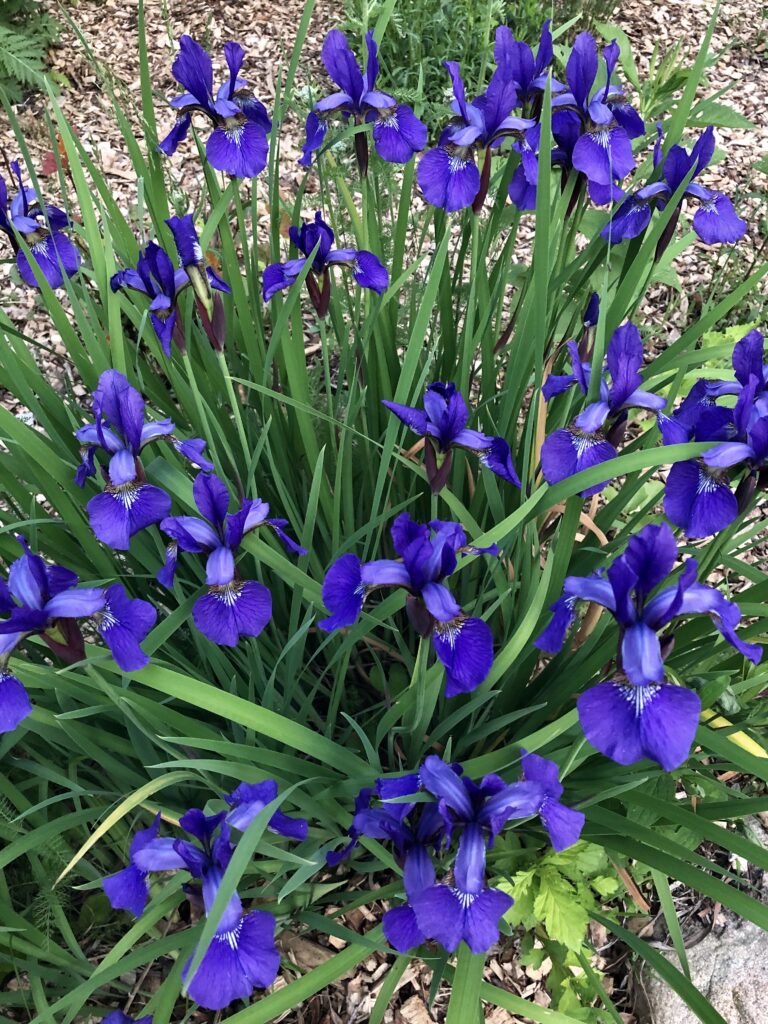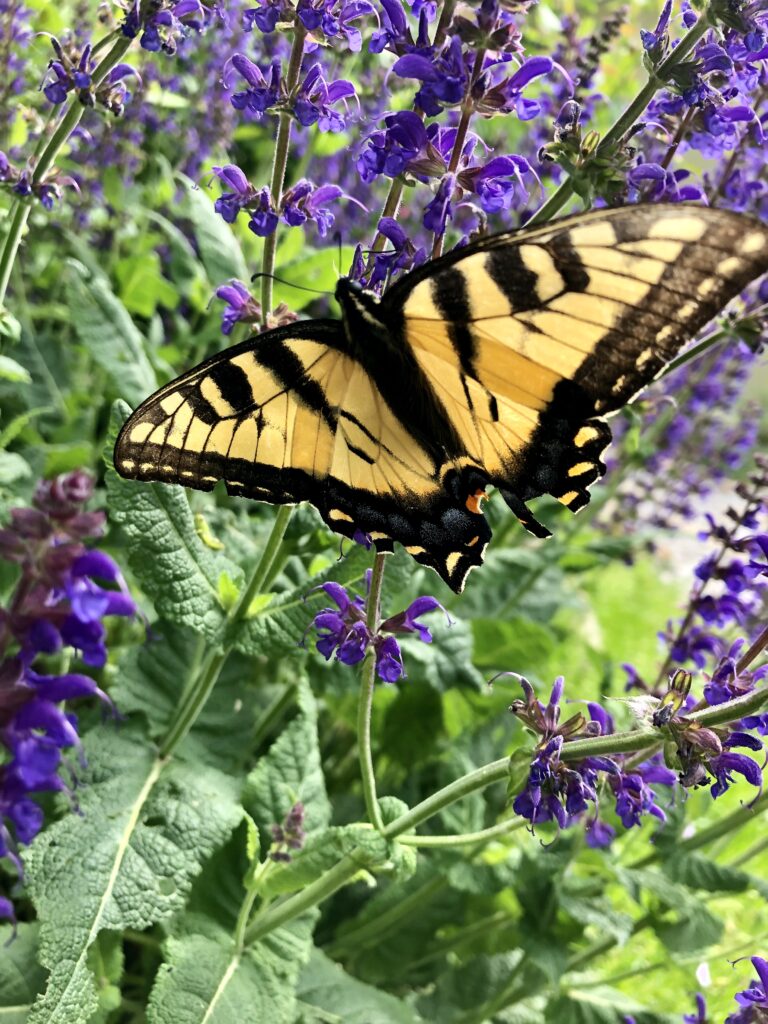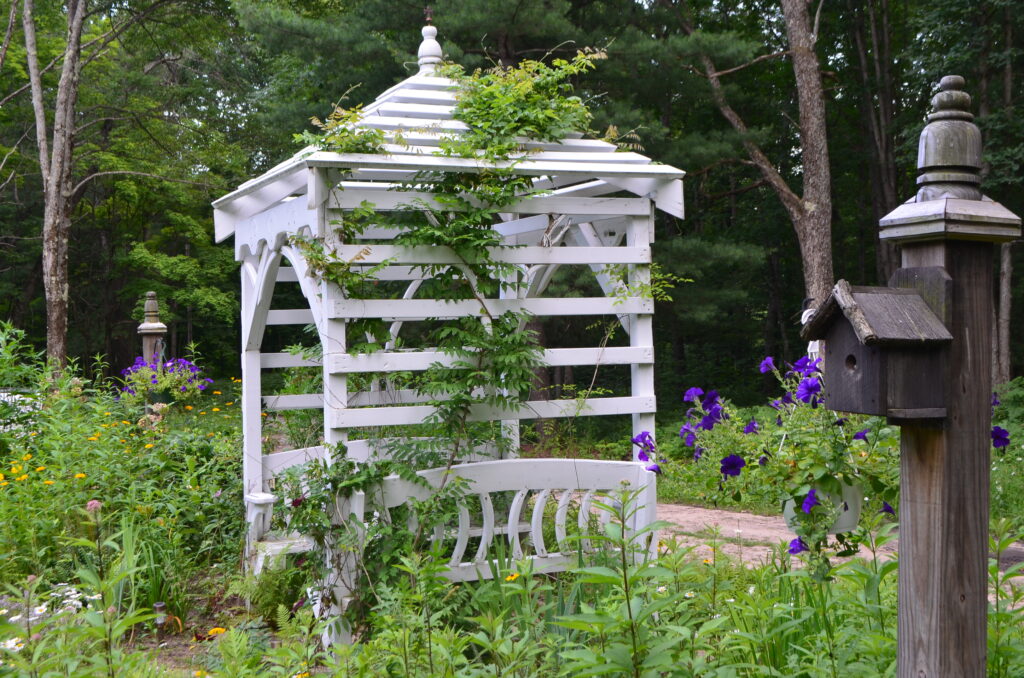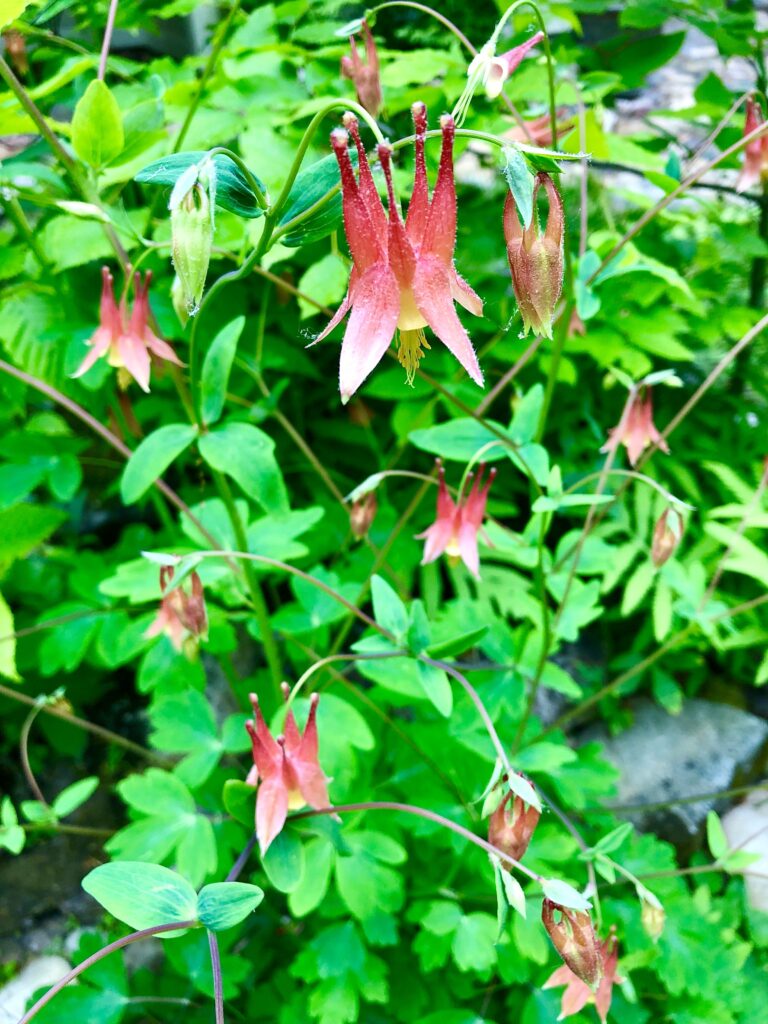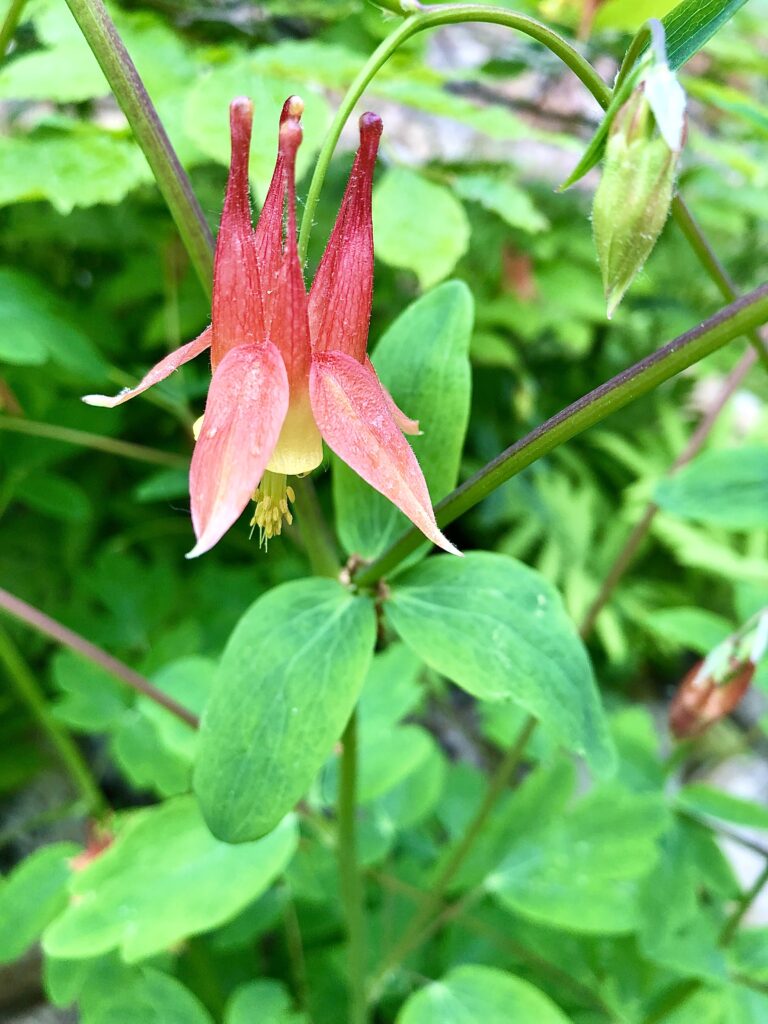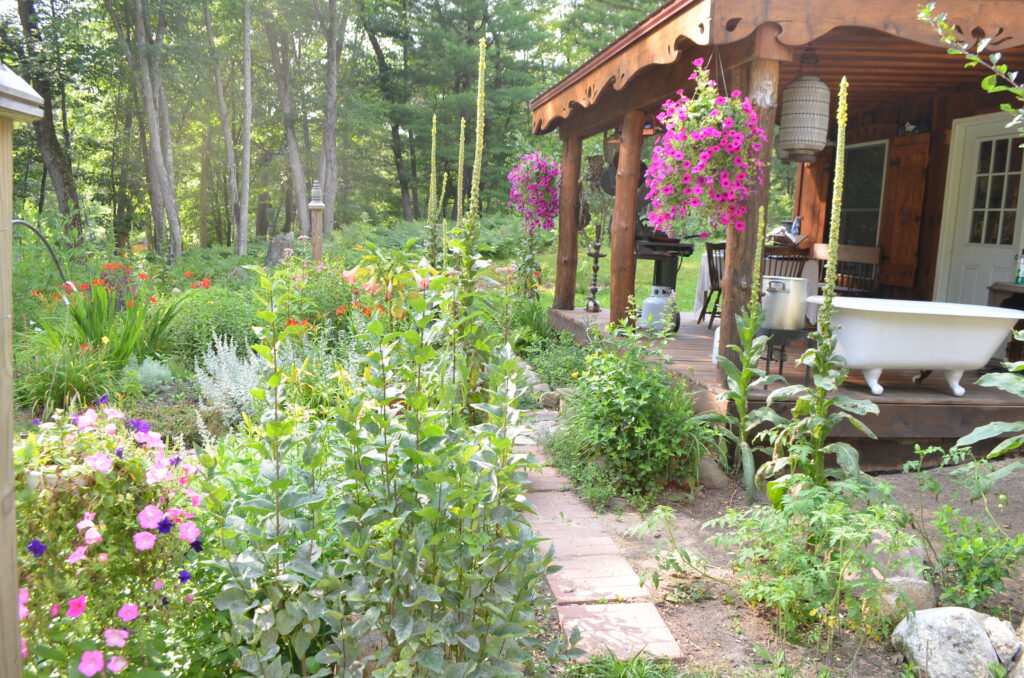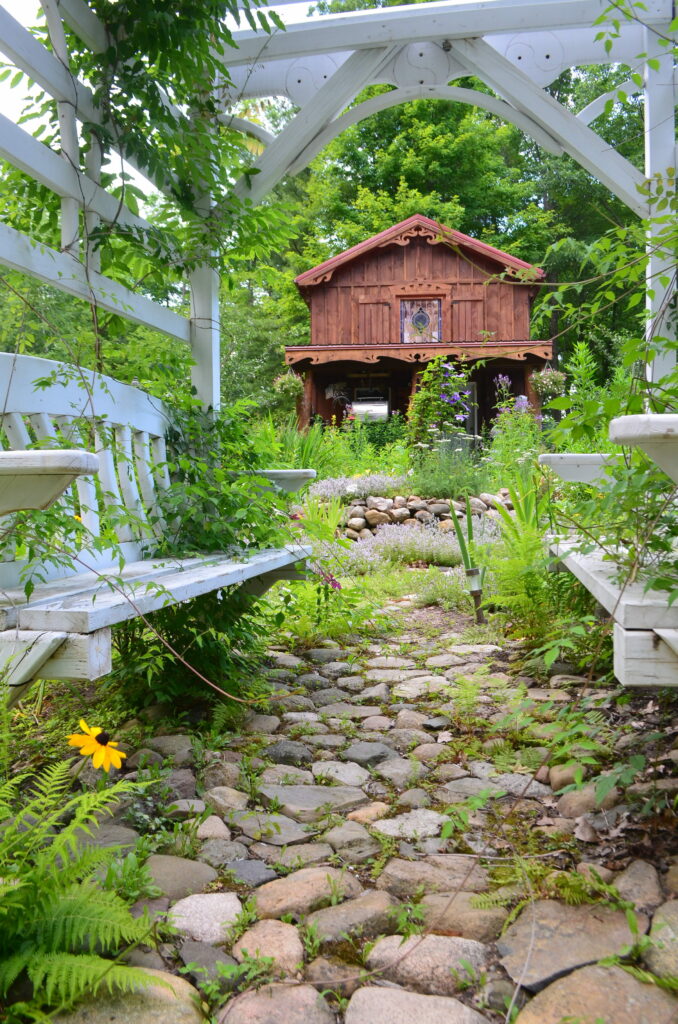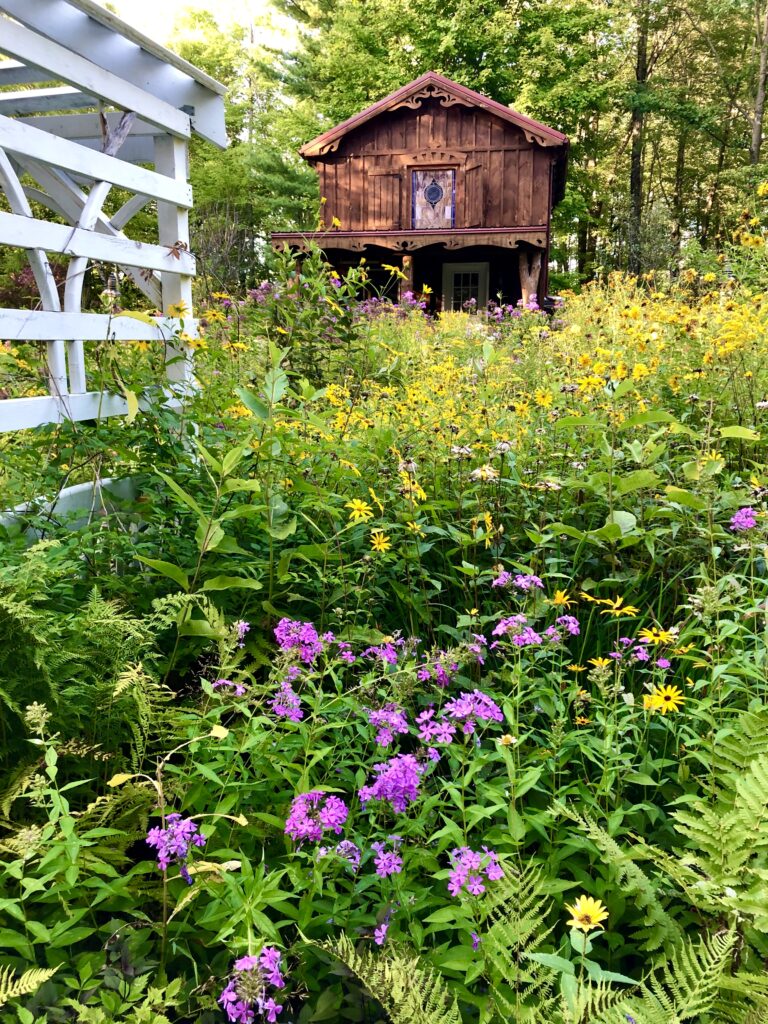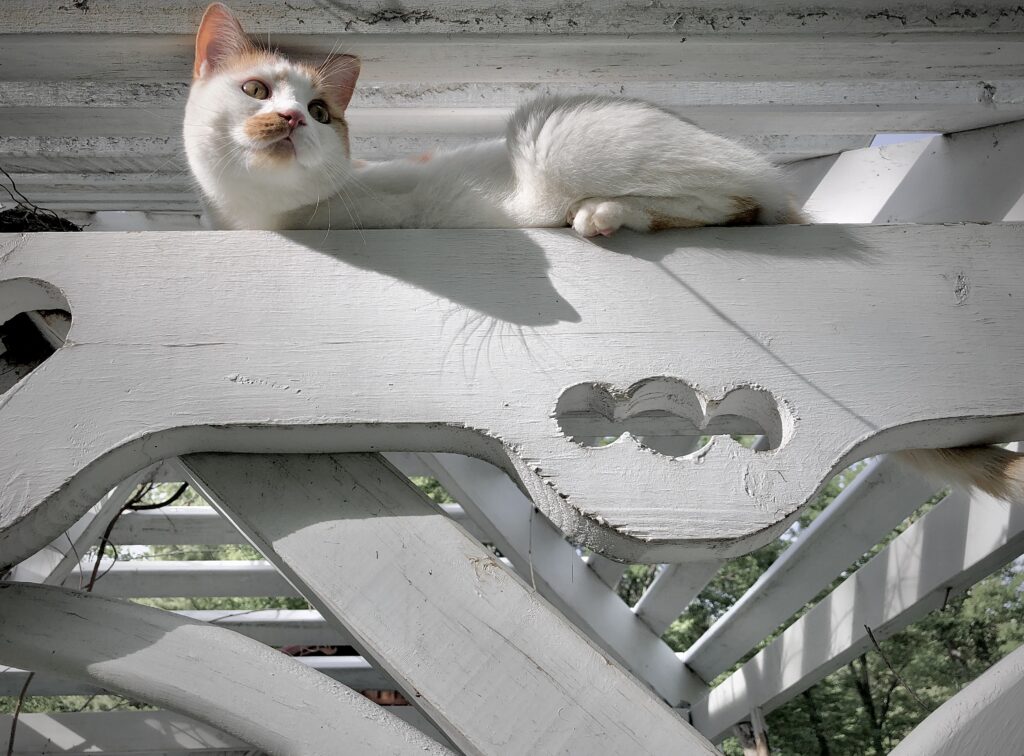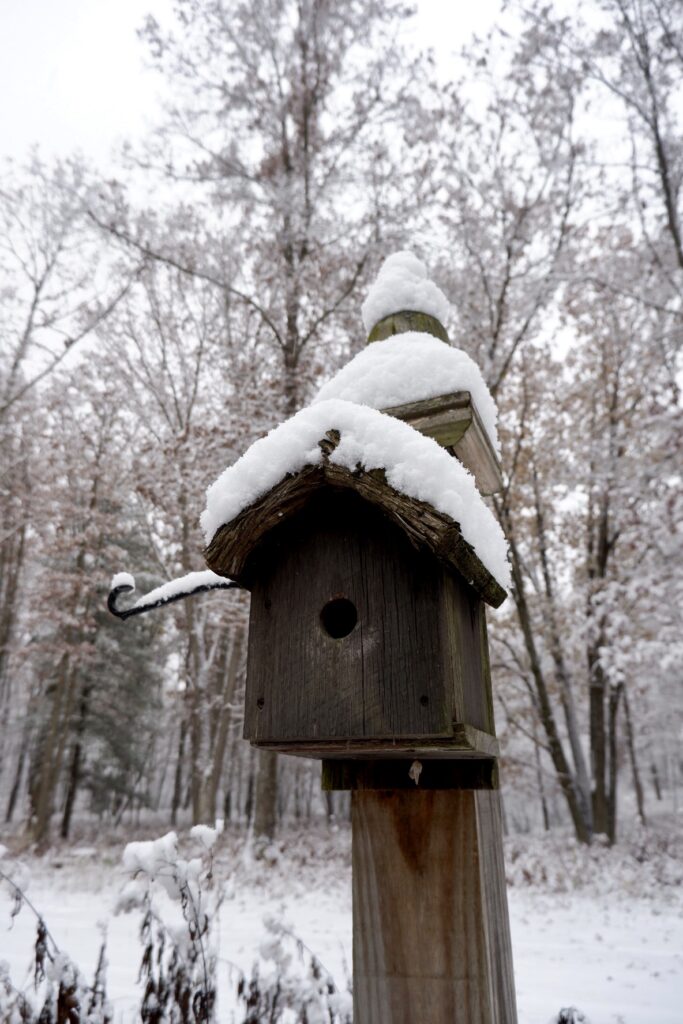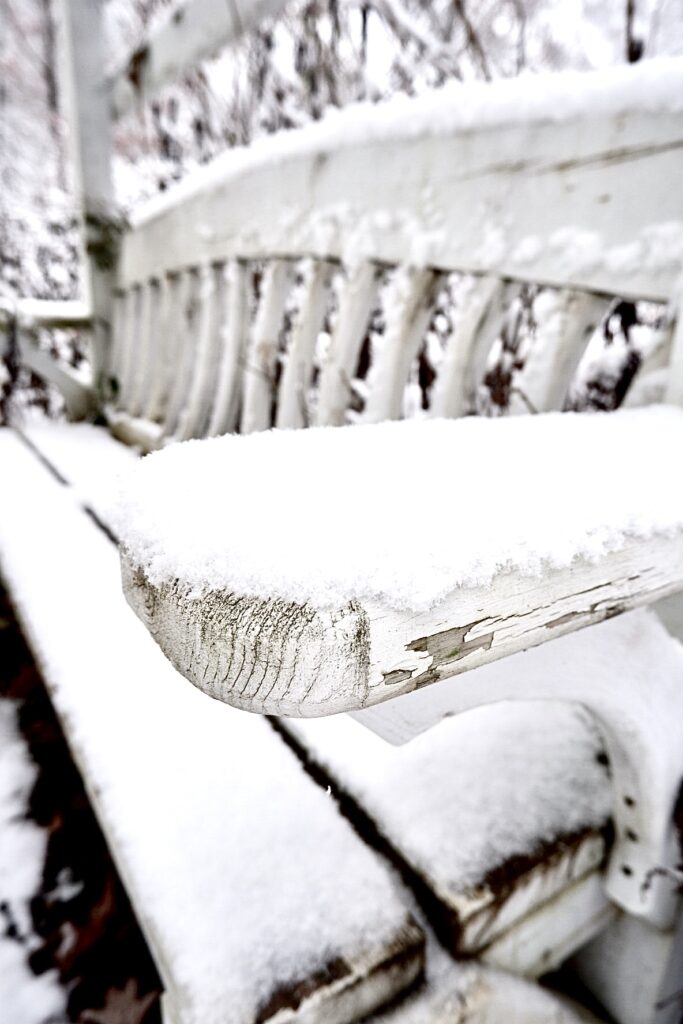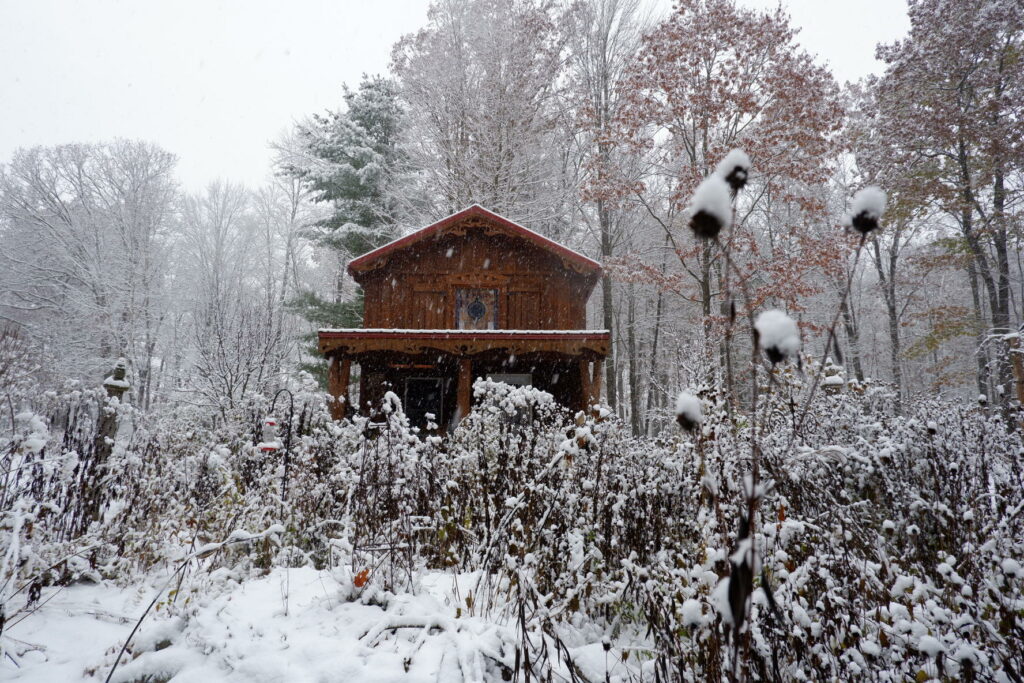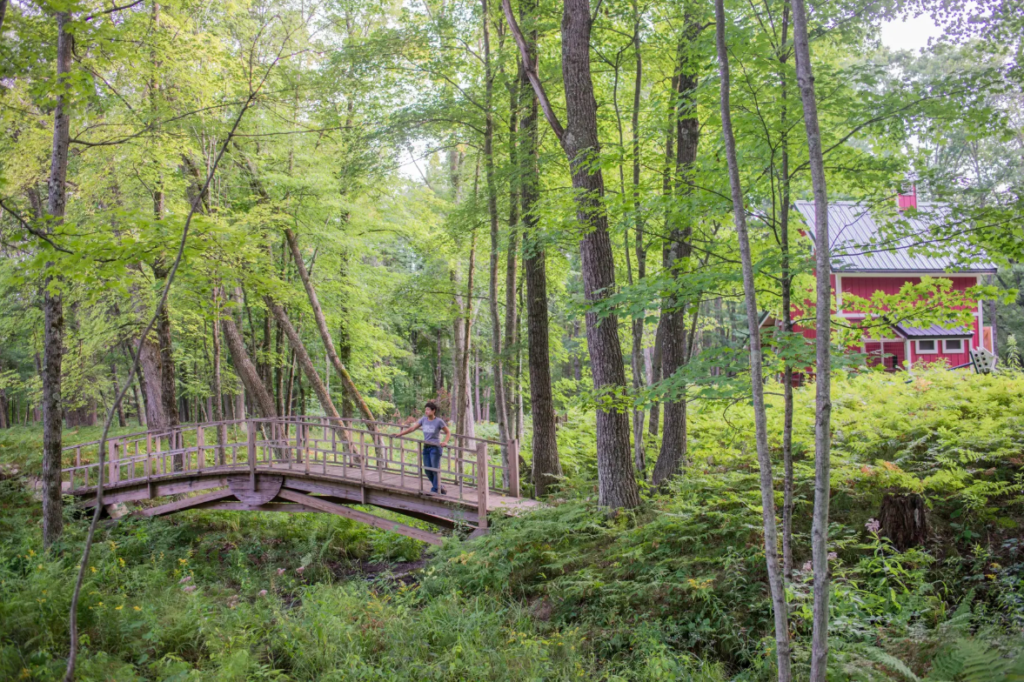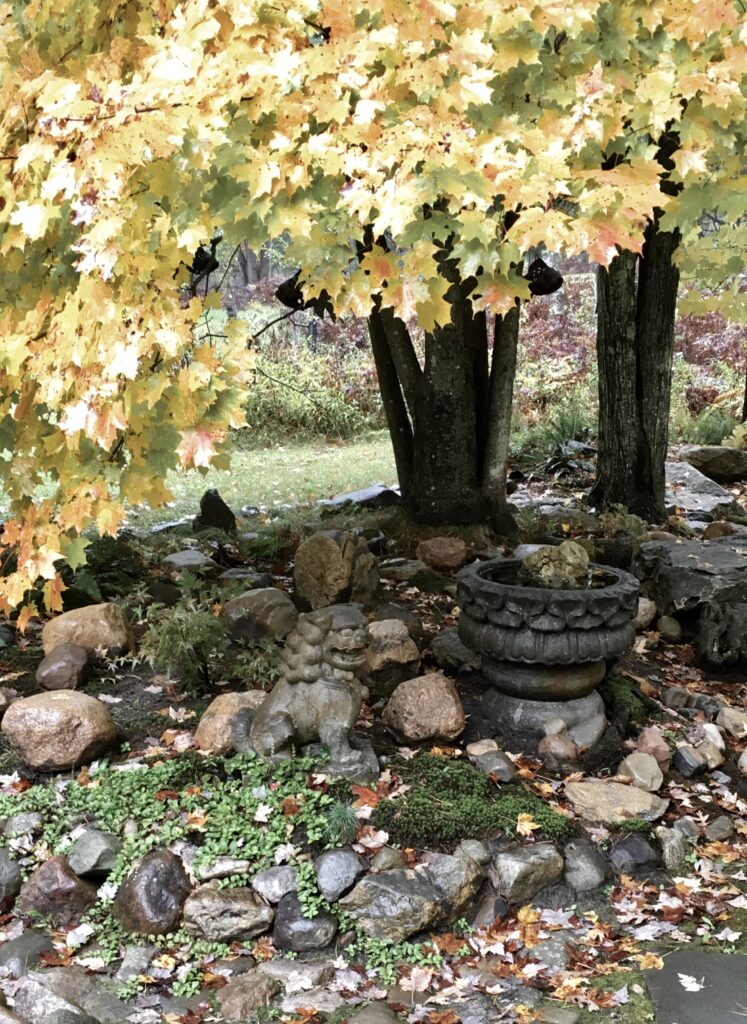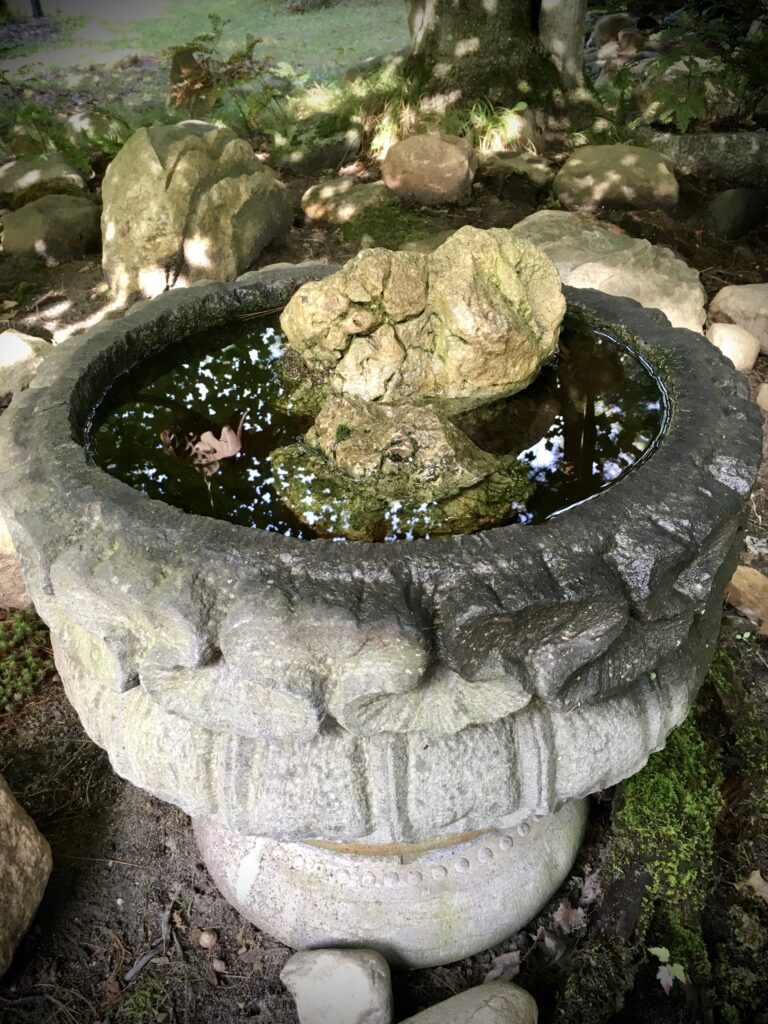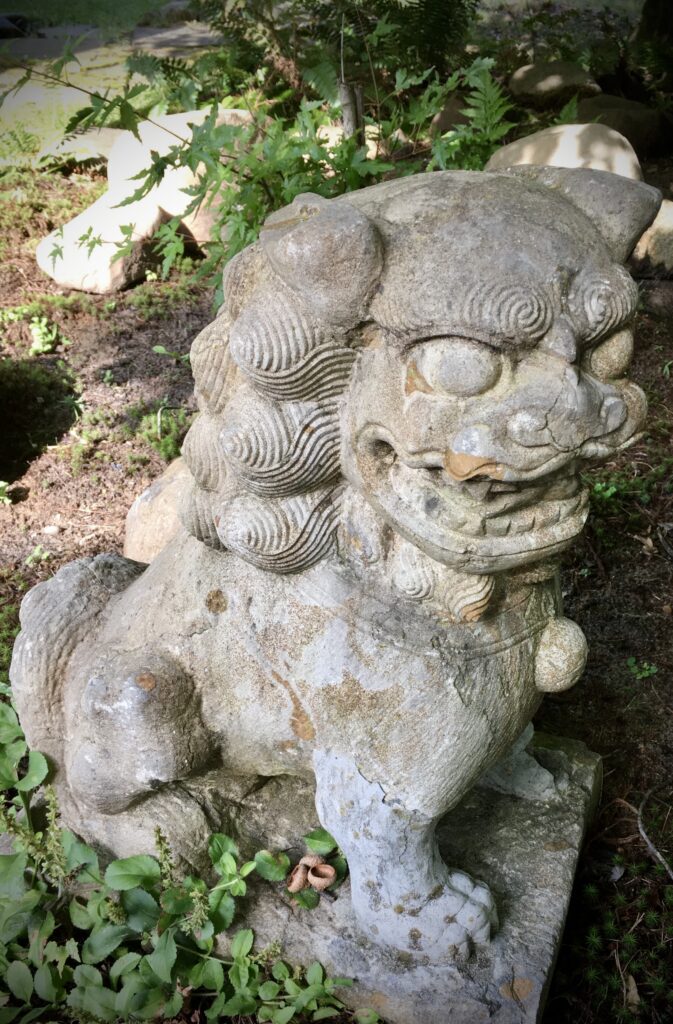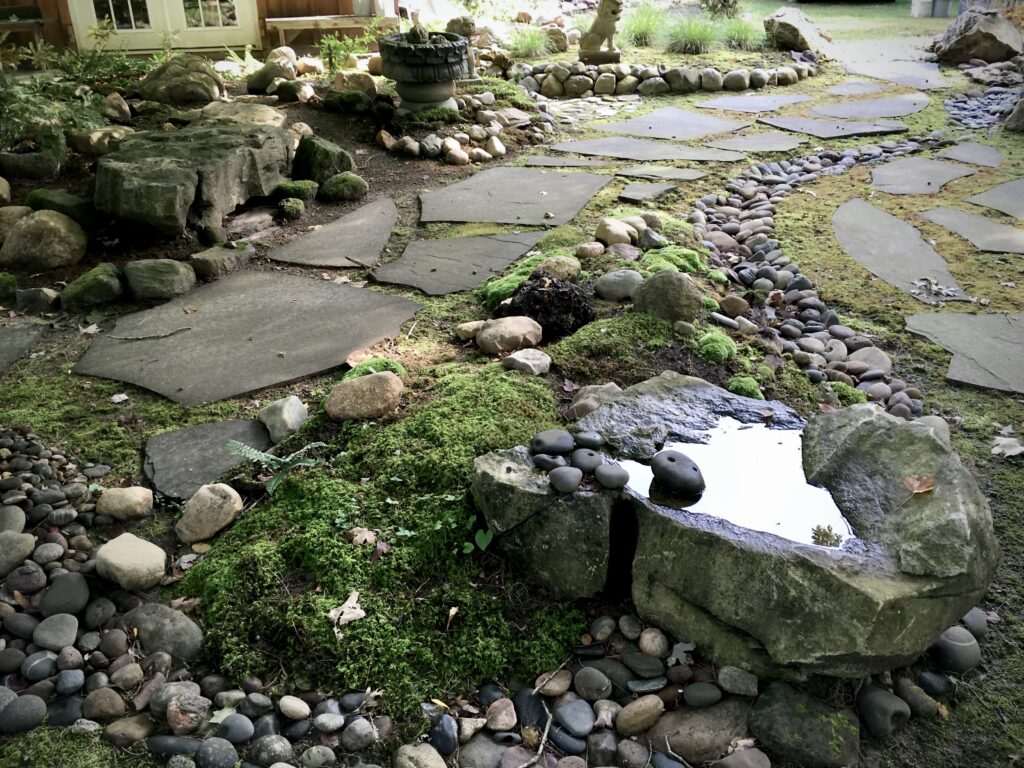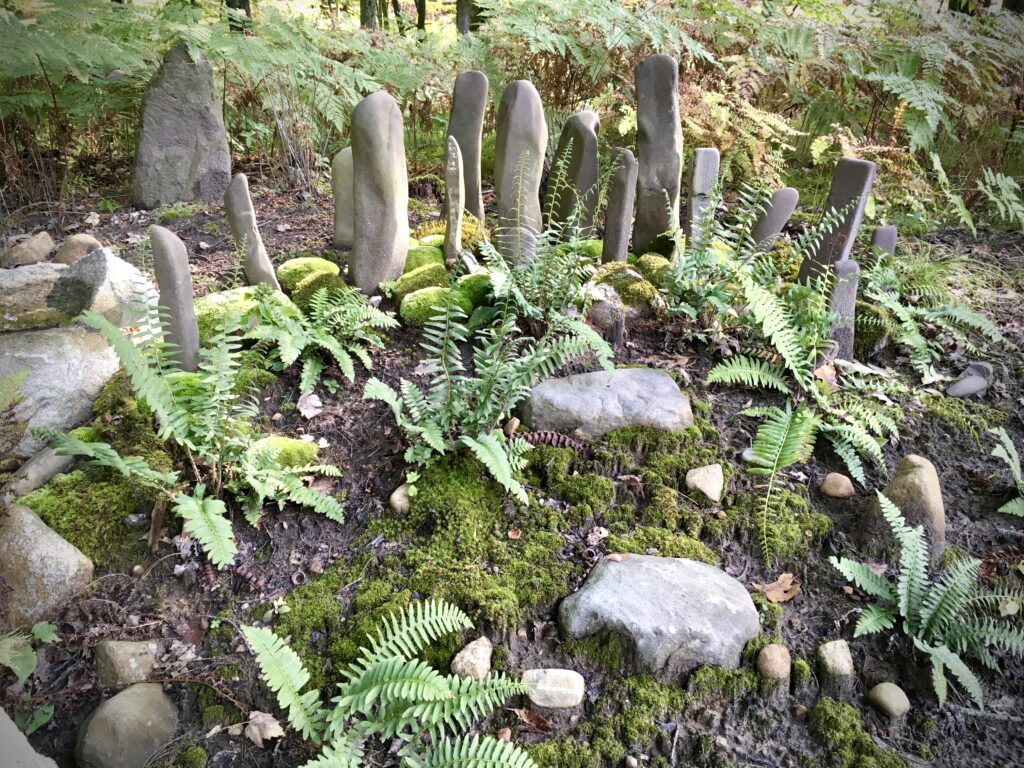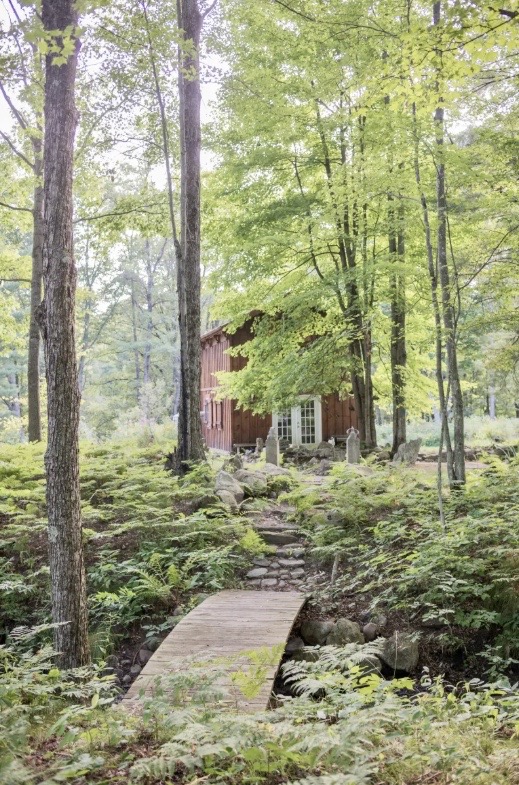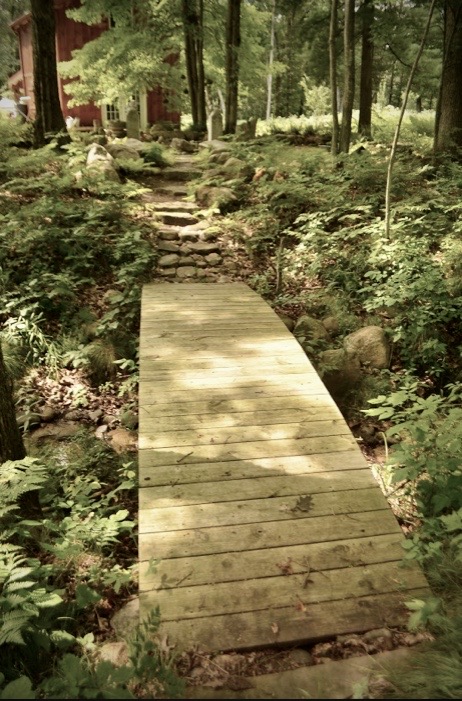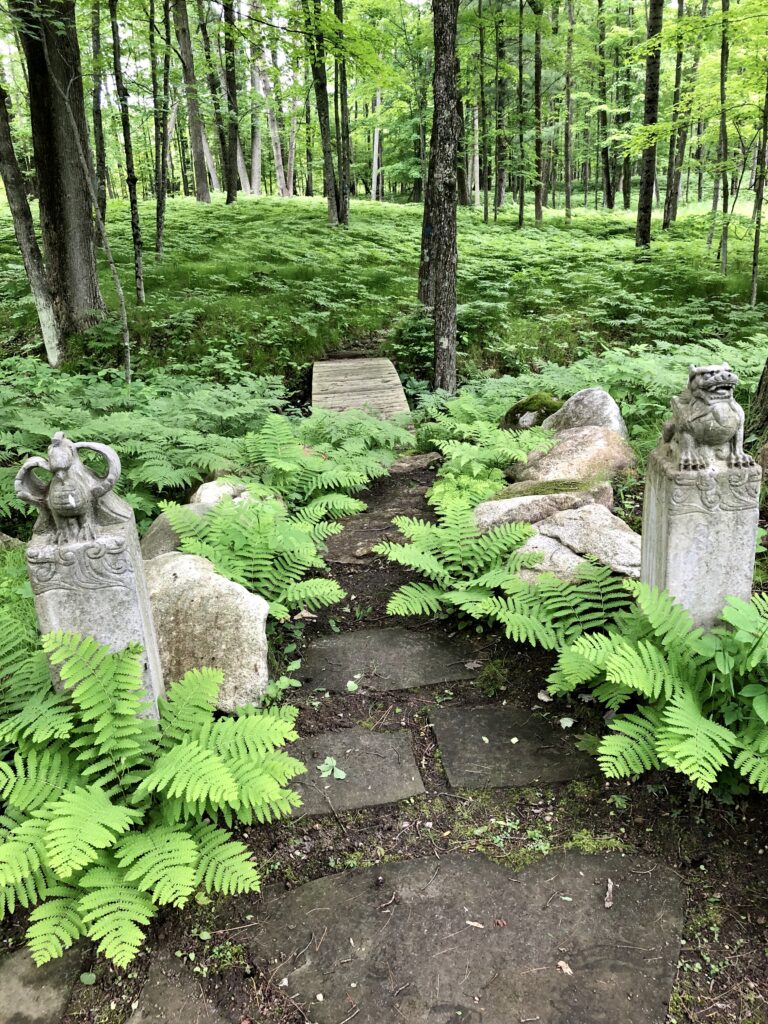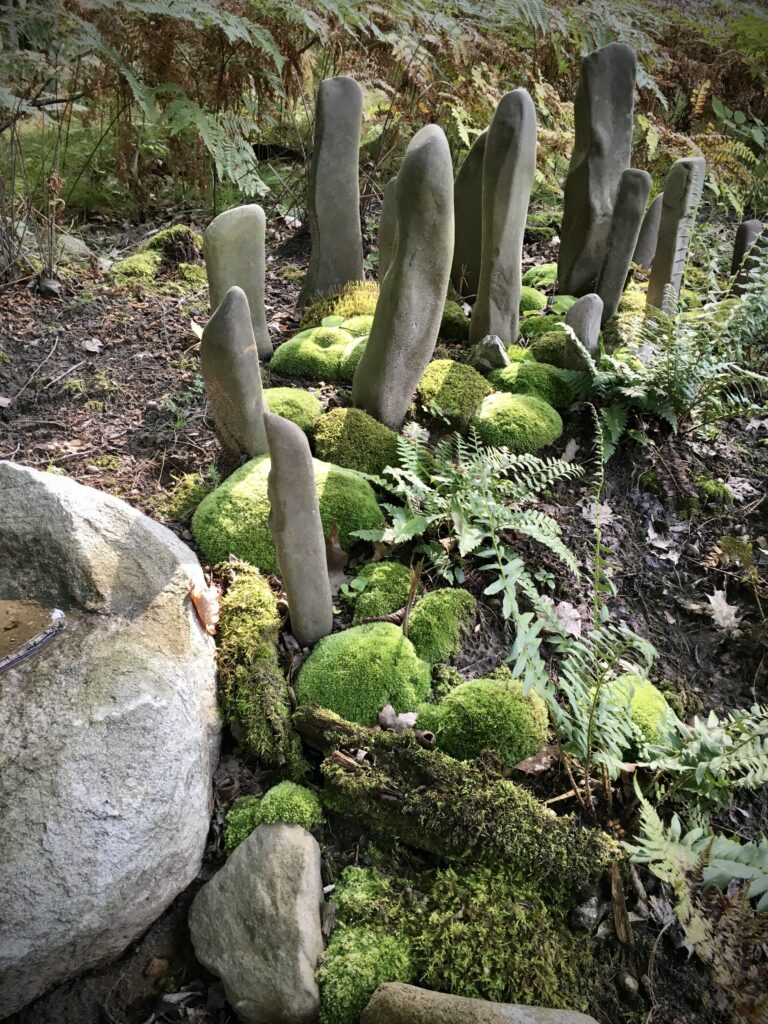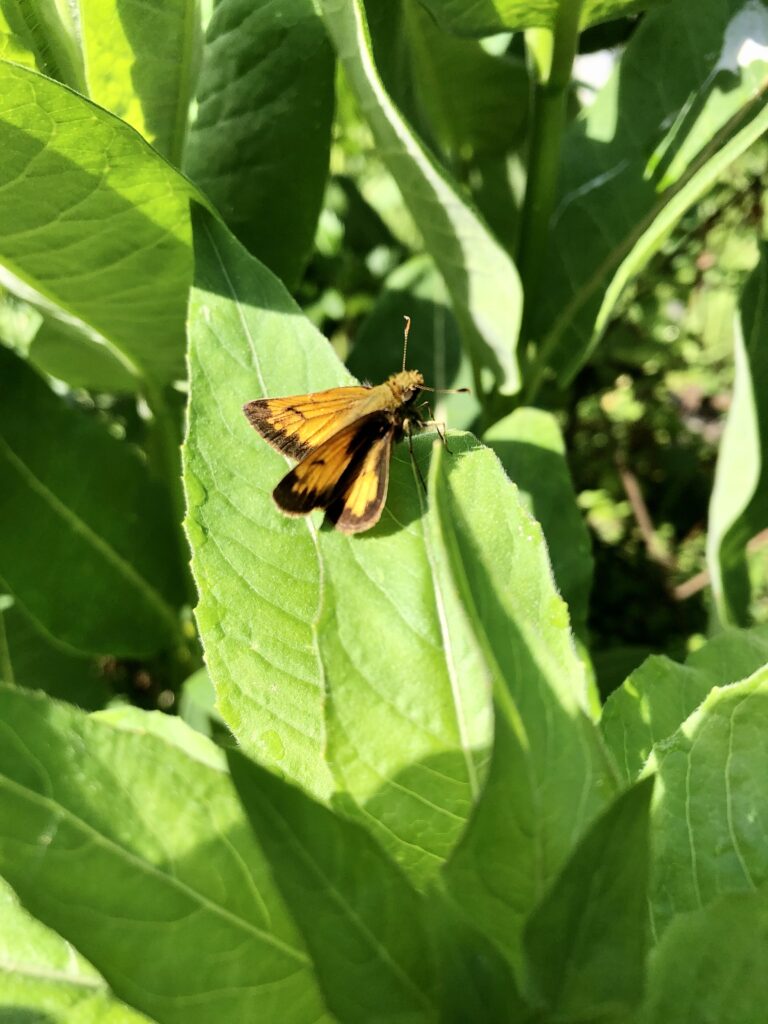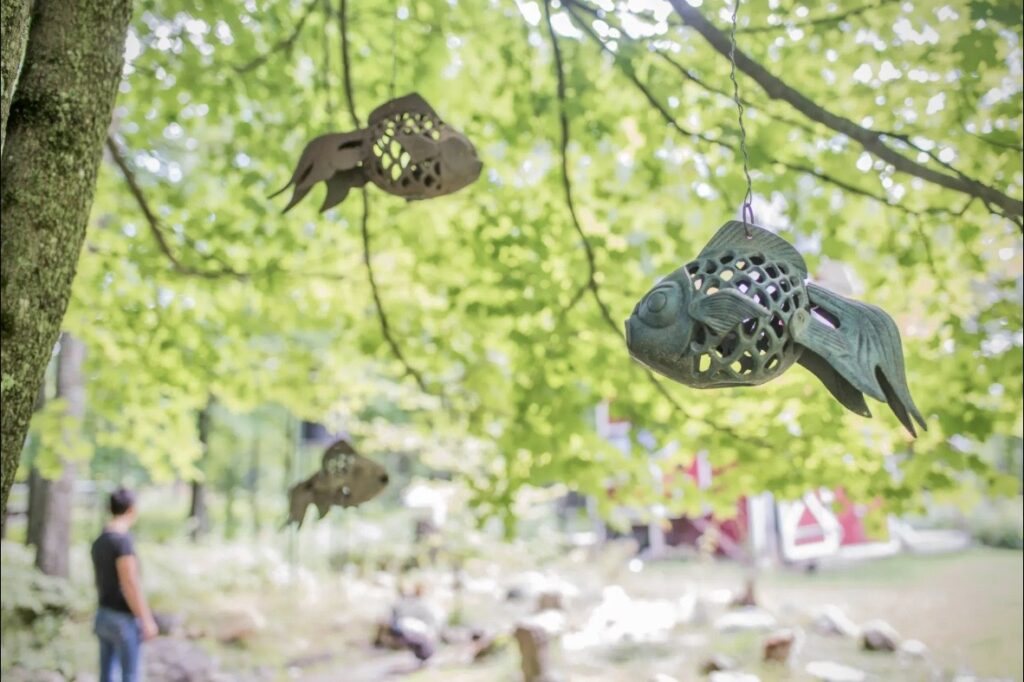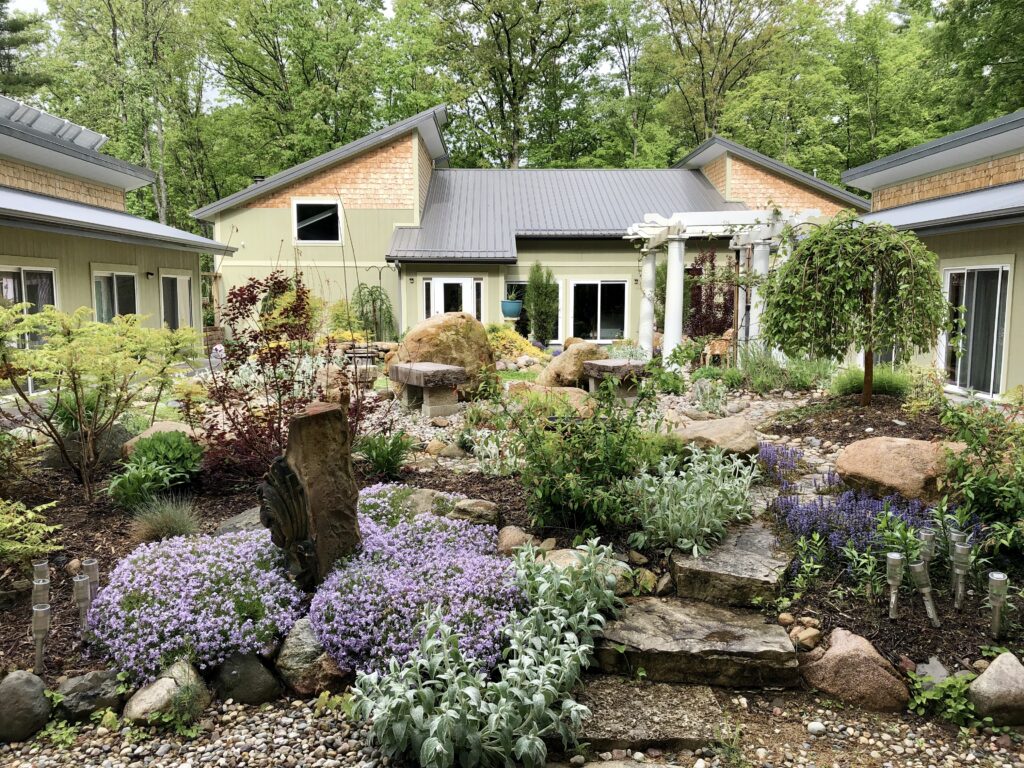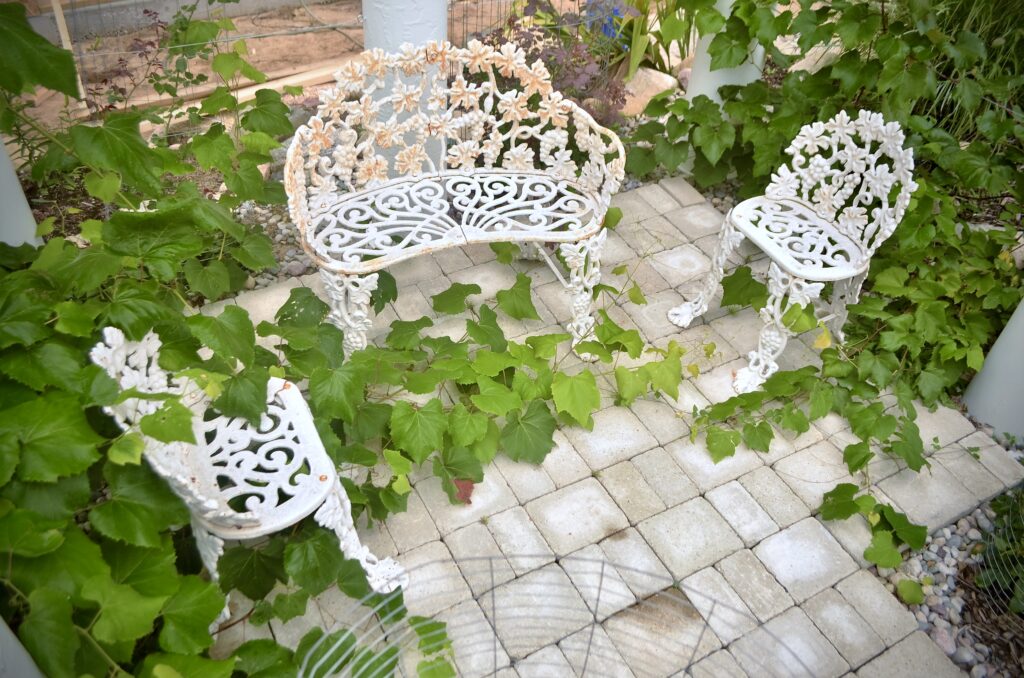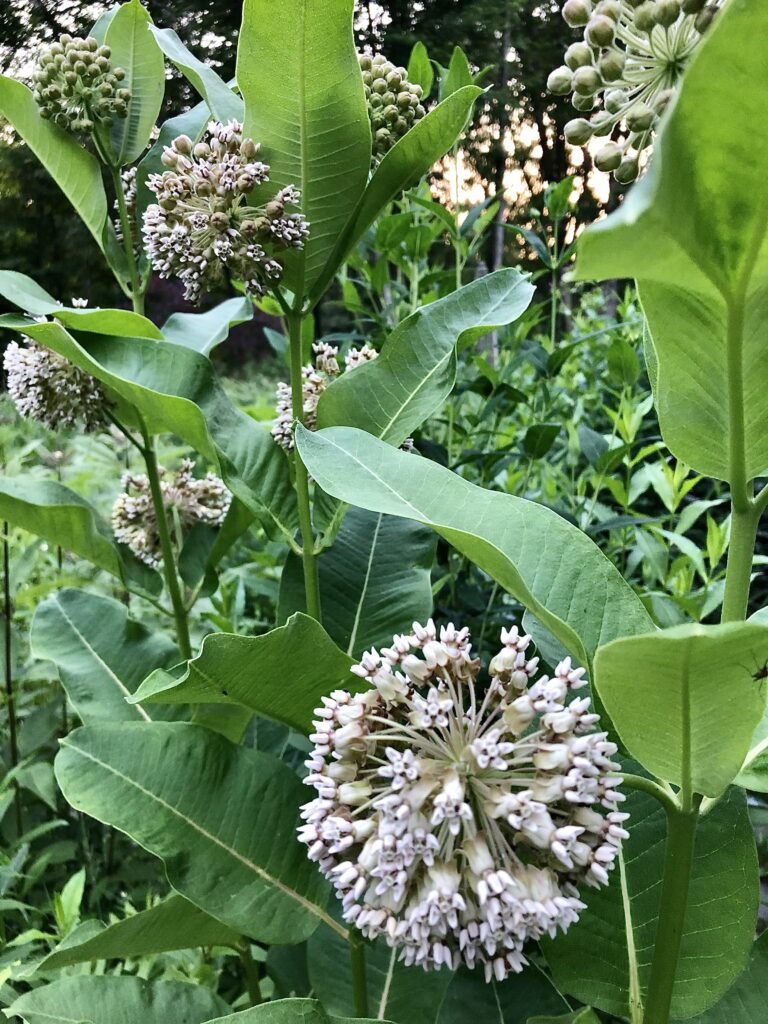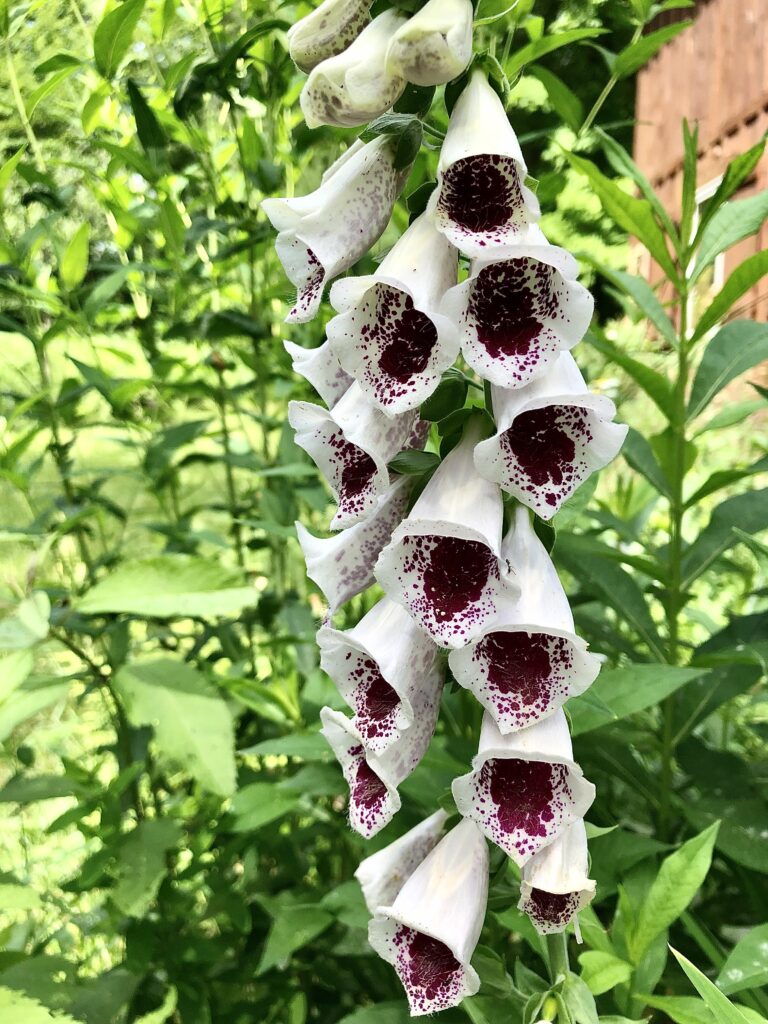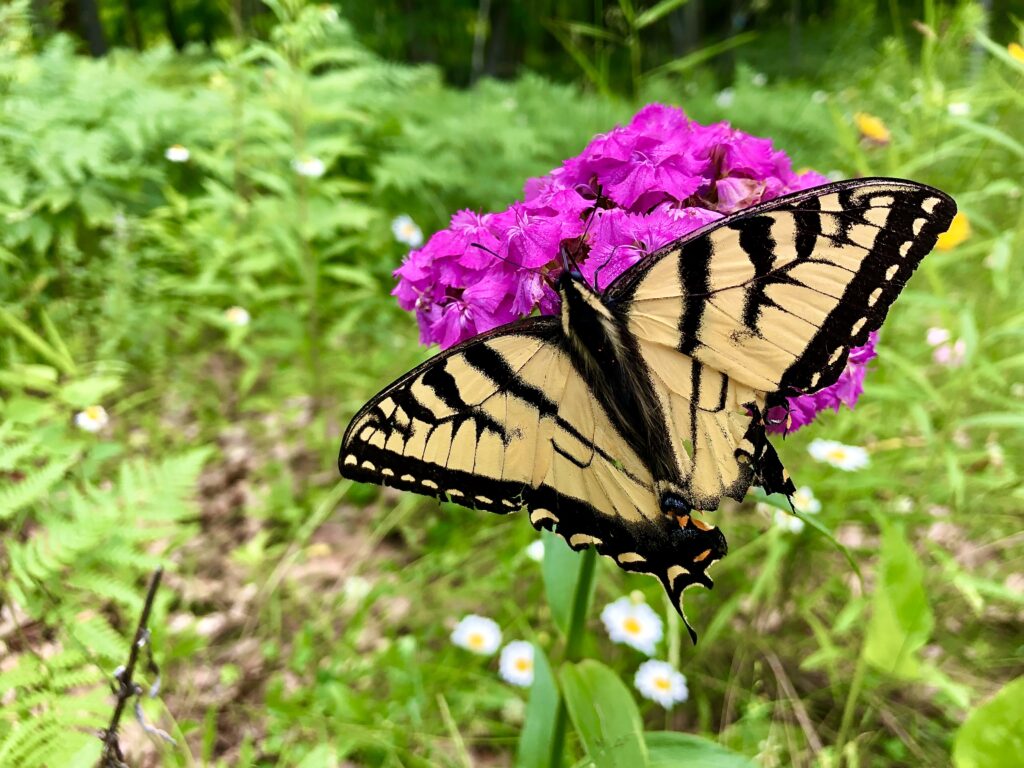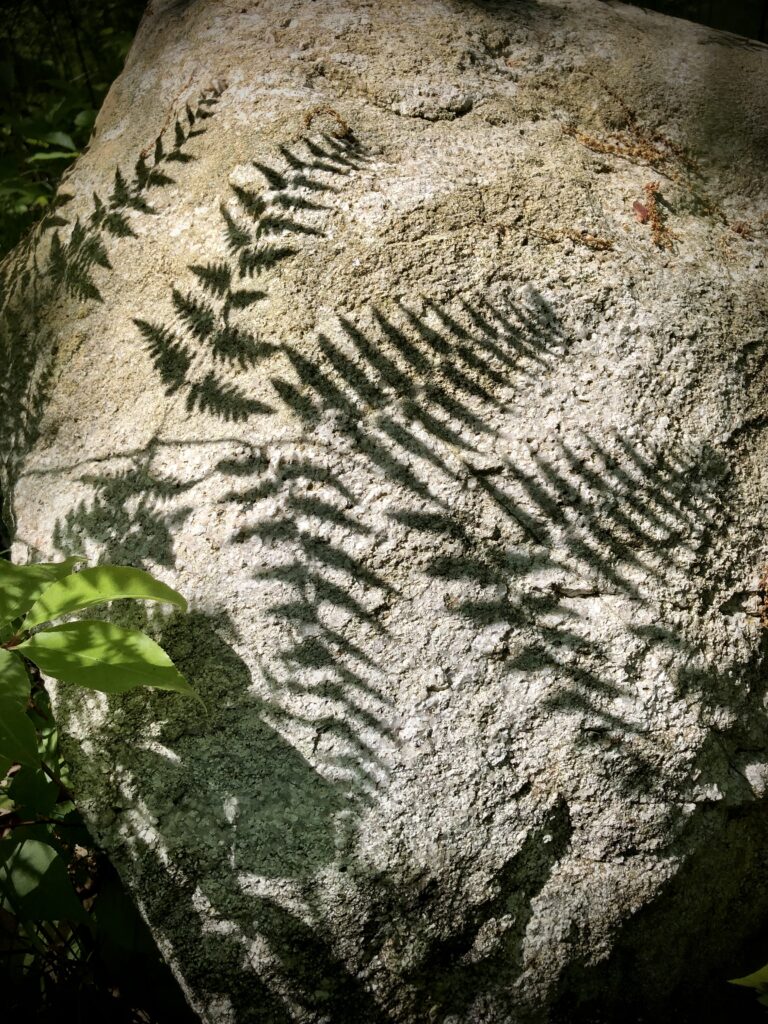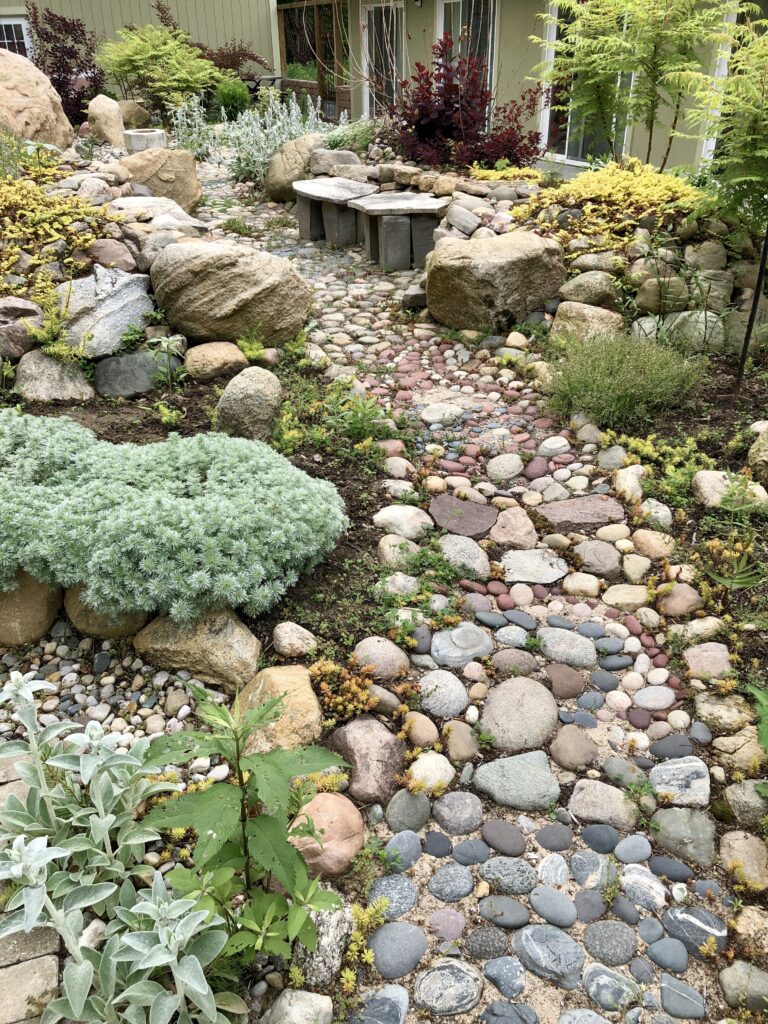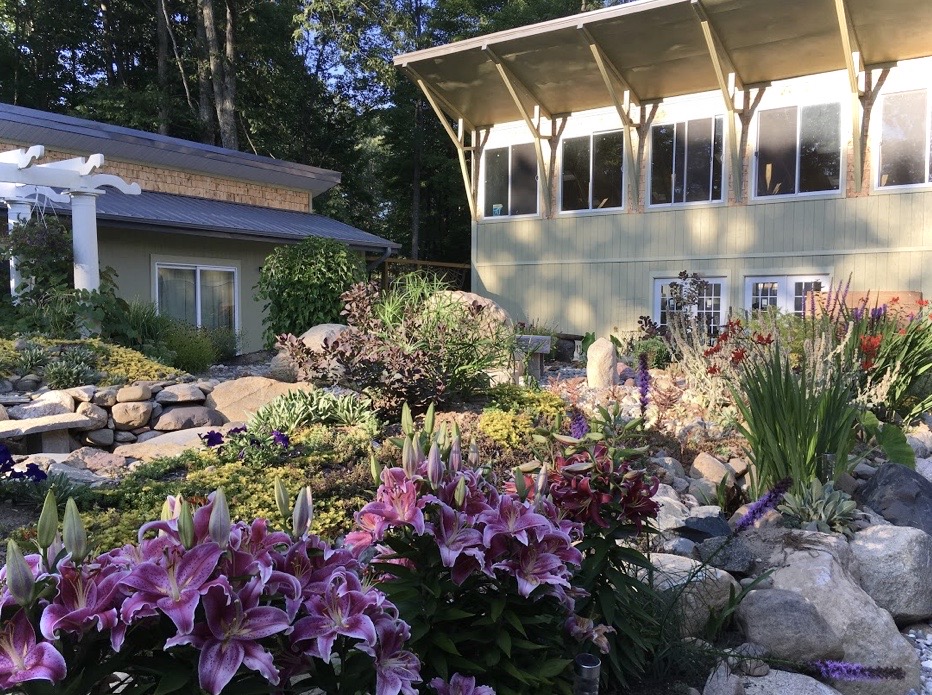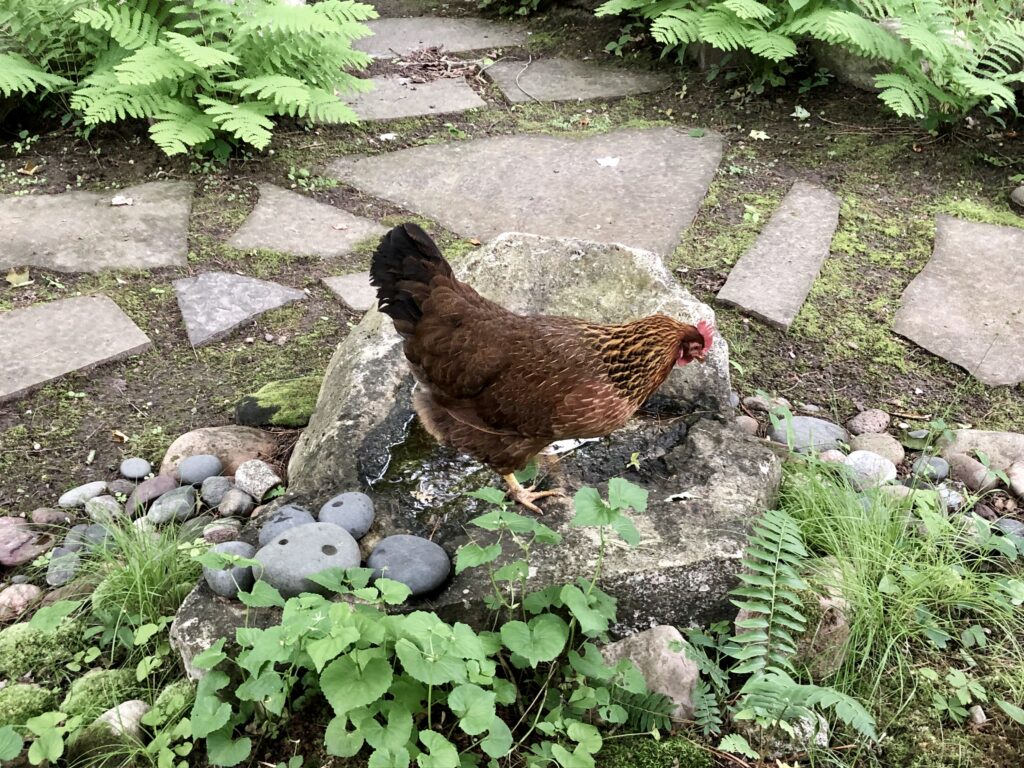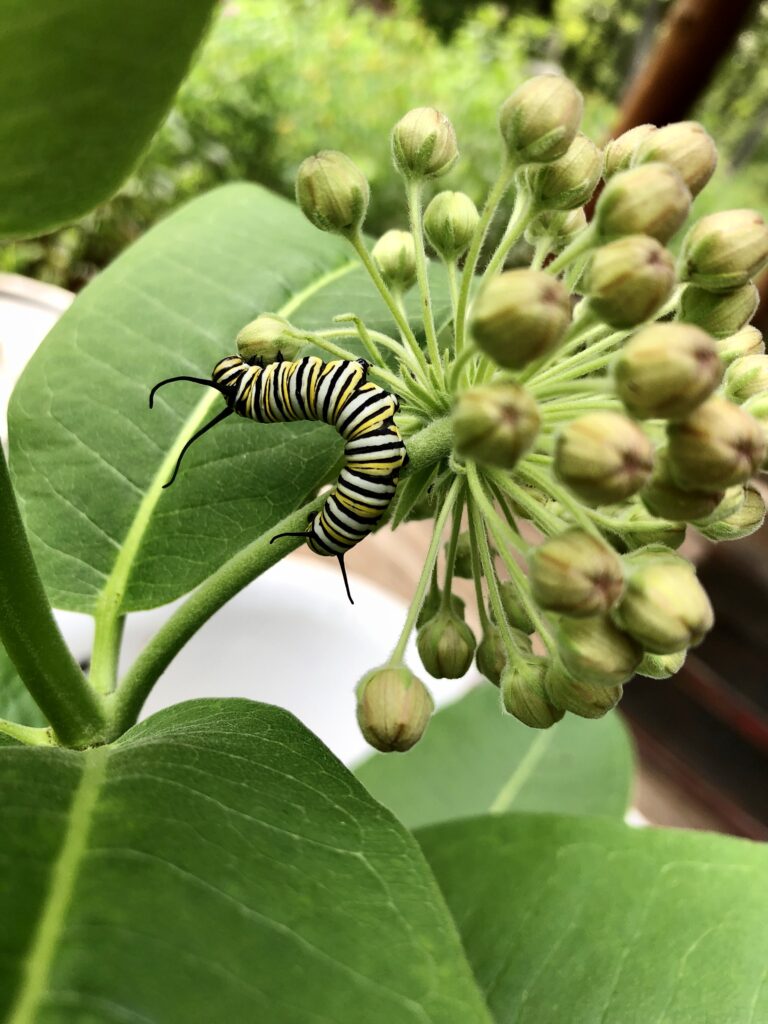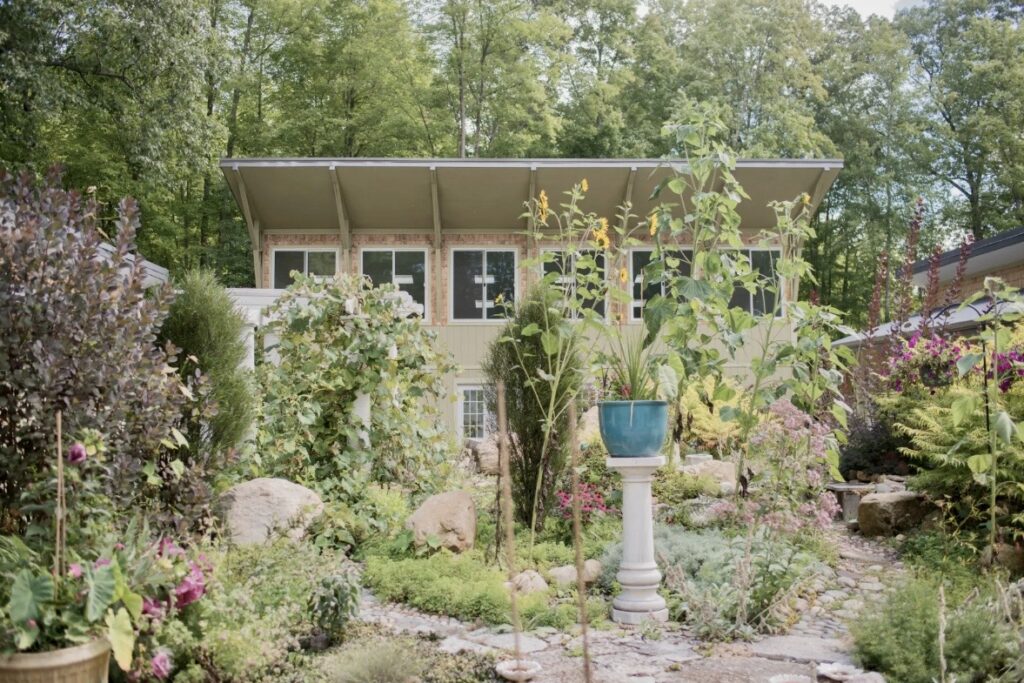When I was a young boy, my dad brought me to this magical forest full of ferns and moss, dragonflies, butterflies, wildflowers, birds and mammals and a beautiful stream full of trout. Dad was a very skilled and pragmatic fisherman. He came to catch trout. I on the other hand was a young artist. I was enthralled with the beauty of the place. The way that the light shimmered on the water as it gurgled over rocks and logs into deep amber pools drew me in. That same warm summer light flickered on the leaves and cast dancing shadows on the moss below. This forest breathed an energy into me that made me feel deeply calm while conversely excited to be alive. We went back every summer and over those years, I became more connected to this place and missed the energy of it when I was off earning my education or building my career in DC and NY as an artist.
As the years passed, I found that the life and career I had pursued in the city had lost its luster and that I was yearning more and more to return to a simple life and the healing calmness of nature I had known as a child. City life and “running the rat’s race” had left me feeling exhausted and empty. I came home to visit my parent’s during that time and I think my dad sensed my low energy and suggested that we go fishing at my favorite place. Walking back into that forest felt like being enveloped by a big hug from an old friend. The smells, sounds and sights of the forest re-awoke something in me instantly. We fished together all that day and then I went back by myself to fish a couple of days later. A few days after that, I still needed more of that forest’s energy, so this time I put a lunch and my writing journal in my backpack and drove north. I had never gone to this forest just to go hiking. Fishing had always been the focus before. I explored the beautiful ravine the creek flowed through and the fields and hemlock forests that flanked its banks. I hiked further than I had ever explored before. I had the feeling that I was being drawn by some hidden and sudden source of energy to explore. The need to explore drew my curious mind deeper and deeper into the forest. After several hours of this, I decided that I needed to turn around to head back to the car. Just as I was about to do so, I noticed something out of the corner of my eye. I small sign posted in the middle of the woods. I walked over to it and it read, “For sale. 20 acres.” My heart thumped hard in my chest. I hadn’t been looking to buy land, but somehow I had been drawn back to this place three times over a nine day period. I had somehow decided to leave the fishing pole home and I had hiked further than I’d ever explored before. And here was this sign.
Five days later, I had the deed to the land in my hands. Two days after that, the Market crash of 2007 happened. Had I hesitated even just a little bit, I never would have been able to purchase the property as the banks almost completely stopped lending money.
I spent the following summer building my cabin. The year after that, I created the English country garden. Each summer, I would drive from DC to Michigan to live in that cabin without electricity or running water. To some, it may sound too rustic but for me, it was exactly what I needed. I was living in paradise. I had rain barrels that were filled with a down spout from my gutter system. I was able to charge my phone and computer in my truck. I kept my food in a large cooler. It wasn’t perfect but it worked and I loved the relaxation and adventurous life it offered me.
Back on the East Coast, my career continued to grow and I was able to finally reach my goal of launching my art career in New York City. It was an exciting time full of energy and enthusiasm. I was working with one of New York’s top art consultants. I was exhibiting in Museums all over the country. I was making the best art that I had ever created. In short, I was on top of my game. Unfortunately, after a couple of years it began to slowly dawn on me that the system wasn’t really open to people that weren’t from families of influence and money. In New York, you’re expected to “buy your way in.” I had always thought I would be judged by the merit of my work. As this understanding came into my view, things slowly began to change in my mind. I wasn’t happy. I was successful but had just turned 42 and realized that I was half-way through my life. The first half had been a tremendous amount of work as I had put myself through both undergraduate and graduate programs and had launched a career in art as soon as I had graduated. I was used to working 12 hour days six or seven days a week. I had always been highly motivated but life needed to be more than this pursuit to become a well-known artist. I had spent my entire young adult life in pursuit of a dream that didn’t really exist – or at least for a person like me from humble origins. At that point, I had a choice to make: keep pushing forward against all odds and hope that I could somehow “break in” to the art market in New York or come up with a new plan for my life. In this moment of crisis and stress, my mind kept going back to the thought of my cabin and my property in Michigan and how happy my summers were there. I began to wonder if I could live there full time. Slowly, a plan started to form in my head of how I could build my dream home there and live a much freer way of life while living in the natural world that I loved so much. Once the plan developed in my mind, I pulled the plug on New York very quickly and walked away from everything that I had once thought would bring me success and happiness. I realised that I was already successful. I had accomplished so many of my goals and I had built up countless skills doing so. Now, I could use those skills to transform my life into something more exciting and fulfilling.
A year later, after much preparation and planning, I was in a large U-Haul truck heading to Michigan to build my new dream. I honestly had no idea how challenging the building process was going to be. I had developed a vision in my head of a type of existence I wanted to live in the middle of nature and I was on my way to get it started. I had architectural plans and lots of focused enthusiasm. The whole way, I was trying to come up with a name for my place. I had drawn up several lists of words and titles but nothing had really jumped out to me. I had just read a book called “Bird Cloud” where the author had waited for a sign or happening in nature to inspire here to name her wilderness retreat using the Native American philosophy of naming things. As I pulled into my drive that fateful day, a beautiful lynx jumped right in front of the truck. It was so close that I could see the beautiful pointed black ears, the dappled greyish brown fur and the huge cat paws that lynx are known for. I knew this was my sign, my inspiration. I named the property, “Lynx Run,” for the spotting of the lynx and the geographical properties of this place. During the last Ice Age, the melting glacial waters had carved a beautiful ravine that the trout stream descends into today. These deep ravines are sometimes referred to as “runs.” Lynx Run. It had an unusual and nice ring to it.
That is the story of how this place came to be. The gardens are inspired by trips to Japan, England, Spain and Italy. The pond is a German concept where plant roots are used to filter the water to keep it clean. The house itself was inspired by Japanese contemporary architecture. The library is inspired by libraries I had visited in England and Austria. It is an “off-the-grid” facility. All energy is derived from solar panels. The well is 104 feet deep. It is now the place I call home. And certainly in this case, home is where my heart is.
-Rob
“Lynx Run” is the name given to Rob Vander Zee’s residence and property in the Manistee National Forest in the wilderness of Michigan. He named it thus, because of a chance encounter he had with a Lynx on his property a few years ago. Lynx had been exterminated from the lower peninsula of Michigan for over 100 years. Rob is one of the first (and very lucky) Michigan residents to witness the return of the noble feline to the forests where they were once found in abundance. The “Run” refers to the natural topography of the land. Glacial run-off created a natural ravine on the land where a small trout stream named Bett’s Creek, now flows.
Abundant Nature
“Nature is not a place to visit… It is home.” – Gary Snyder
The Cabin
In the summer of 2008, Rob built the cabin with the help of his nephews. They used mostly rough-sawn lumber purchased from local Amish farmers. The cabin has no electricity or running water. Rob lived in the cabin for 3 months every summer, taking a break from his busy lifestyle on the East Coast where he ran his art gallery and school of painting. The cabin allowed him to live a quiet, peaceful life close to nature, surrounded by inspiration and beauty. Rob found this quiet, simple life very rejuvenating. After living in the cabin for eight summers, he realised that he had fallen in love with the wilderness lifestyle and began making plans to build his dream home on the property.
Homestead
Rob’s residence is positioned around a central courtyard garden in a Mediterranean style. The main house is contemporary in design and offers a large library/living space as well as an art gallery. The entire residence and art gallery are “off the grid” which means that all of the energy is derived from solar panels. This makes Lynx Run self-sustaining and thoughtfully designed. Elements of “passive solar” and natural sunlight are used throughout the design to reduce the use and need of energy. Each of the guest bedrooms of the house open up to a great view of the central courtyard. Rob’s guests can wake up to the morning light and fall asleep to the stars as they glimmer above the courtyard. The residence has a beautiful, natural flow and holds many paintings, antiques and other pieces of art. The west-facing side of the residence offers a view of the forest while the east facing side opens up to a beautiful view of the courtyard garden. With his orchard and large vegetable garden, Rob raises much of his own food during the summer months. Living “off the land” gives him a stronger connection to the landscape which is often found as his subject within his paintings.
The Library
I’ve always had a fascination for unusual objects. Man-made objects, natural curiosities from nature, found objects, discarded objects and hand-made objects. I would find these things while hiking in forests, along the ocean shore, in flea markets and antique shops or in the streets of some foreign place. Sometimes people would ask me, “What are you looking for?” I would usually dumbfound them be saying, “I never really know until I see it.” That statement couldn’t have been more true. These objects, these curiosities from the natural world, these pieces of folk art made on the porch of a cabin deep in the forest always reached out to me. It was as if they beckoned to be picked up and examined with a curious mind. That mind was mine. I collected these things. I put them on a shelf or window sill. I kept them in boxes under my bed. I never really knew why I collected them but I certainly knew that it was something innate, deep inside me that found fascination in the beauty and sometimes grotesqueness of each object.
When I was in my mid-thirties, I traveled to London for the first time. While there, I visited the British Museum of Natural History. I’ve always been fascinated by museums and frequented them as often as I could, but this visit proved to be pivotal in my life. After walking through halls of tribal artefacts and stuffed animals, I remember walking up a set of stairs. At the top of the stairs was a sign that read “Age of Discovery Library Re-creation.” Little did I know that walking through those doors would alter my life. As I entered the room, something stirred deep inside me as my eyes fell upon a magnificent display of antique glass cases and book shelves lined with fossils, skulls, gems and rocks, mummified cats, terra cotta vessels, butterfly and beetle mounts, books with aged and worn covers and statues carved of marble. All time was suspended. I don’t remember how long I spent in that room but I do remember knowing that I had somehow been transformed. In that room, I felt at “home.” It was a space that spoke of who I was at my core: an adventurer, a collector, a lover of all things wild and natural, ancient and cultural, an explorer and an artist. I vowed that I would create a room for myself one day that would be tall and magnificent with shelves and tables lined with artefacts, objects and books from all over the world.
In 2016, I closed my art studio and school of painting in Washington DC and moved to the Michigan wilderness to start a new life and to build my dream home. I knew that the main feature of this home would be an Age of Discovery Library. By this time, I had literally hundreds of boxes of artefacts and objects from the natural world. I had been collecting these things all my life. The library you see before you in these photos is that creation. The shelves and structural pillars are hand-hewn beams from a huge old barn. The large furniture pieces are hand-carved French country style antiques. The hand-painted images of beetles, butterflies and dragonflies were made by me for display in the library.
This room is where I feel most at home. I love living amongst these beautiful objects. I have come to discover that I am certainly not alone in my fascination of objects and spaces like this. There’s a whole group of artists, collectors and explorers who share my innate drive to collect, display and live amongst these unusual objects. Most people now refer to them as “Cabinets of Curiosities.” I still enjoy referring to mine as the “Age of Discovery Library.” I like how it harkens back to a time when explorers and scientists sailed in ships with massive sails across the globe to lands where they never really knew what they’d discover. Lands where mythological beasts and humans still roamed and stirred the imagination with an excited intensity. Even though today, all those new lands, islands and cultures have been discovered and explored, I still hope that our fascination of what our world offers us does not disappear. I love having a curious mind. I love that I was able to create this space for myself, but more importantly, I love that I am able to share it with others and see the looks on their faces as their eyes scan the shelves and as they succumb to the atmosphere of curiosity as the room stirs their imagination.
-Rob
The Art Studio
The Art Studio was designed for the East end of the complex where it receives warm morning light, and faces a beautiful courtyard garden. It is Rob’s space for imagination and creativity. He makes paintings and teaches art classes in this space. The studio has a spacious, light-filled atmosphere. The ceiling is over 20-feet tall and the studio is full of paintings, artefacts, and objects from the natural world.
The Gardens
The English Country Garden
This garden sits in front of Rob’s Homestead Art Cabin which he built with his nephews in 2008. The wild and profuse flowers are bordered by stone walls and a cobblestone walkway that divides the garden in half. There’s a beautiful white trellis with seating where guests can sit back and watch the amazing nature around them. The garden is frequented by birds and butterflies which are attracted to the mixture of wild and domesticated flowers. Cottontail rabbits and chipmunks are often seen as well. In the morning, deer can also be viewed out in the orchard which flanks the garden. It’s a little piece of paradise in the forest!
The Japanese Garden
In 2013, Rob led a trip for his students to study the art, architecture and gardens of Japan. He was amazed by the gardens and was especially interested in the amount of care that the Japanese have as they nurture their trees and plants. He loved the quiet and austere quality of these gardens and he especially enjoyed the “moss and fern” gardens. These gardens are generally covered with moss and appear very ancient. He was so inspired by his experience in Japan that upon his return to the United States, he decided to design and create his own moss and fern garden. The garden includes two Japanese bridges, one of which spans a thirty-two foot ravine without using any pylons – a pretty amazing architectural feat. There are also five antique, hand-carved stone sculptures from china that are over 250 years old. (The Japanese often incorporated sculptures from China in to their gardens). The garden flows out naturally into the surrounding forest which gives it the unique quality of something old and mysterious as it emerges out of the forest. There are several places for guests to rest and sit in the garden to do some reading or writing or just contemplate the beauty of the place.
The Mediterranean Garden
As Rob traveled around the world, he observed several cultures that made use of “courtyard gardens” which are open-air gardens placed inside the confines of four walls. He has been able to explore and photograph these gardens in Mexico, Spain, Morocco, Columbia, Peru, Chile, Portugal, Italy, Greece and Japan. He fell in love with this concept of having an interior courtyard garden and decided to build his own version of one at his new place. This garden is surrounded on all sides by Rob’s home and art studio with antique iron gates as entry ways. Rob designed this garden to have a more tropical, Mediterranean feel. He used a variety of succulent plants and large-leafed elephant ear plants to achieve this effect. Large boulders from the property were used to create a raised berm for water drainage which is extremely important when designing a courtyard garden surrounded by wooden structures. Trenches were dug which lead downhill for over 100 feet and empty into the forest. The garden drains beautifully with no puddling of water. The intricate cobblestone pathways are all hand-designed and placed by Rob using stones he selected from the shore of Lake Superior. There are three separate seating areas for guests to enjoy: under the columned arbor, in the stone garden and in the raised berm area. This garden is the perfect place to enjoy a morning coffee, an evening tea or to sit and stare upwards to the amazing Milky Way at night. There is no light pollution in this area since there are no other houses around, so star-viewing is amazing on clear nights. The best part is that Rob and his guests can relax and enjoy this garden together in the evening and at night and feel comfortable and safe from the night time animals since the garden is completely gated and surrounded by walls.
